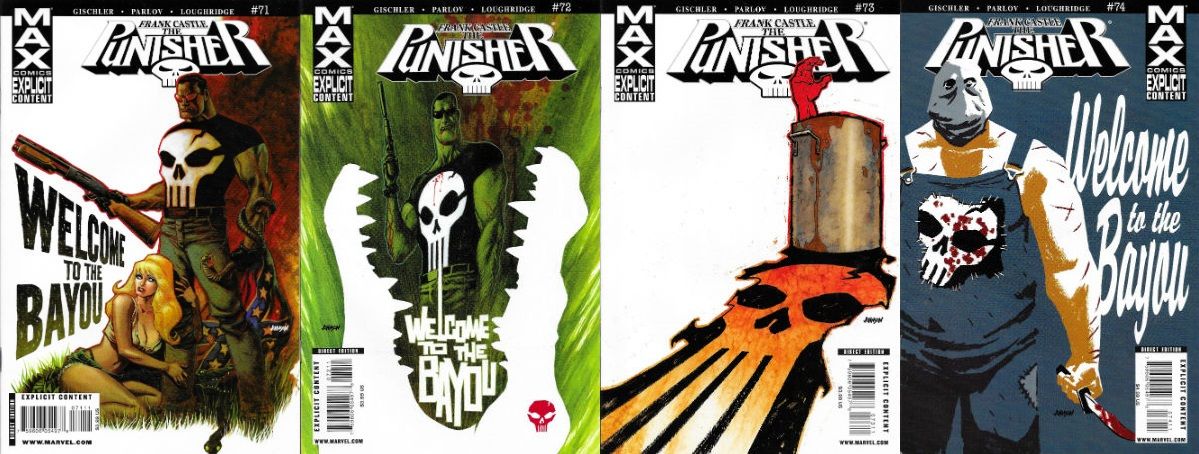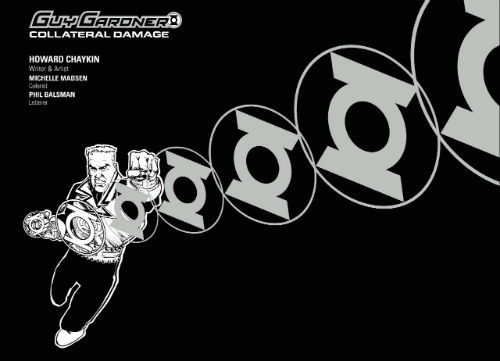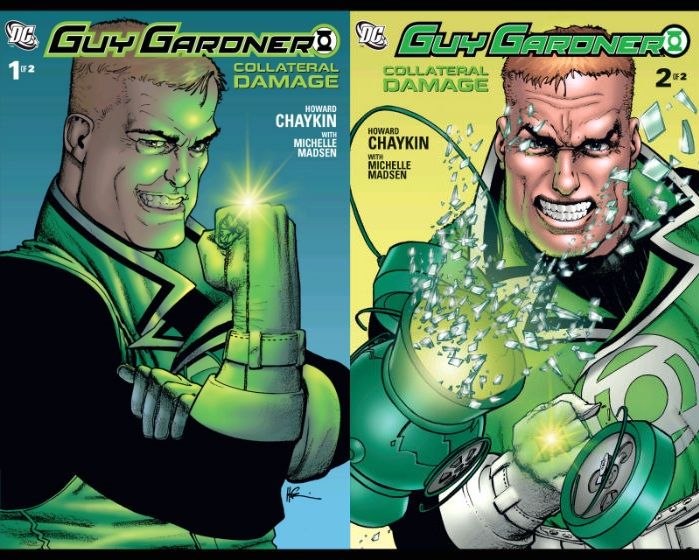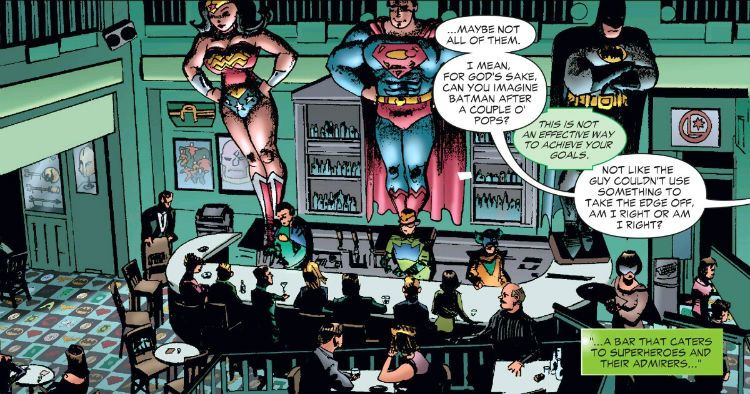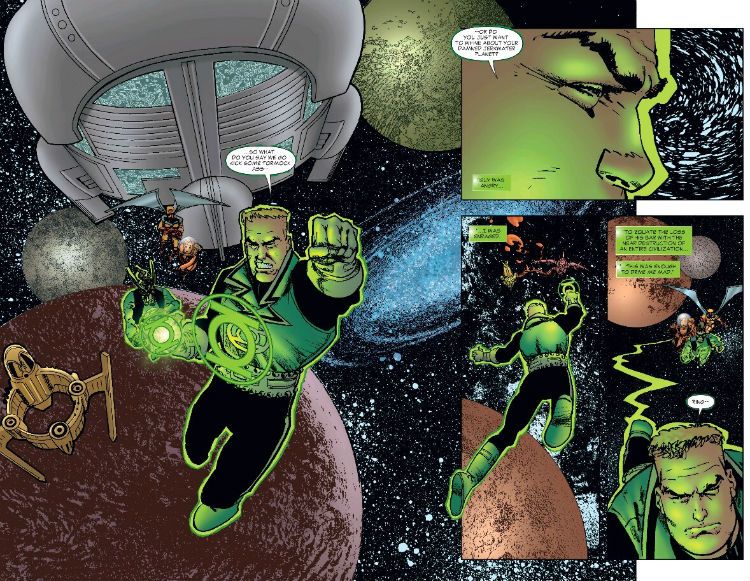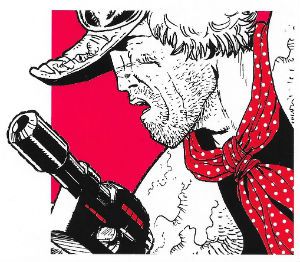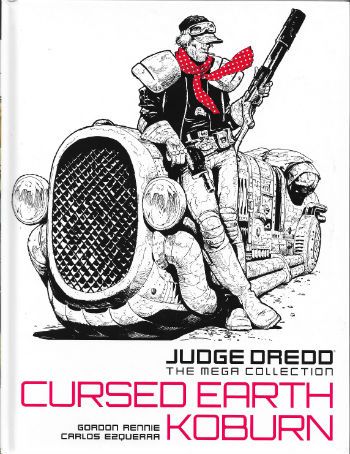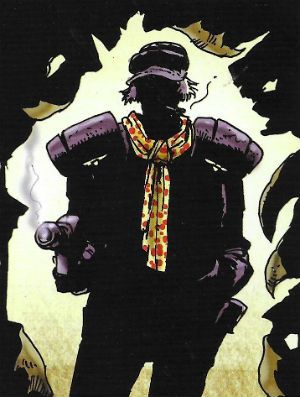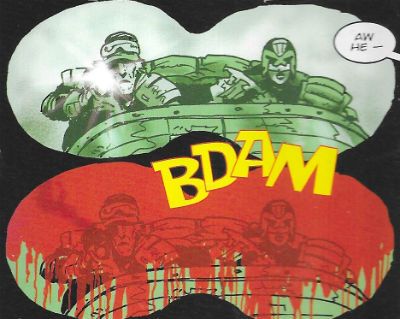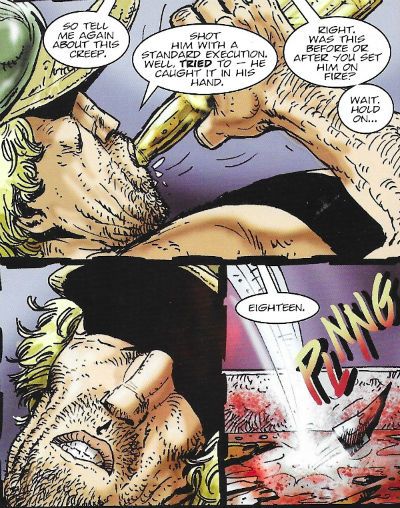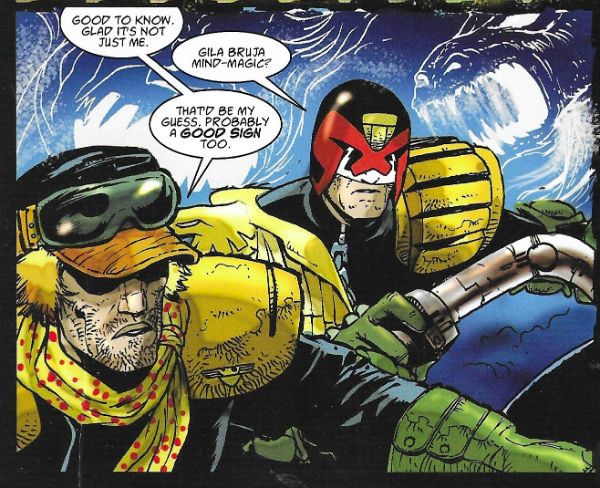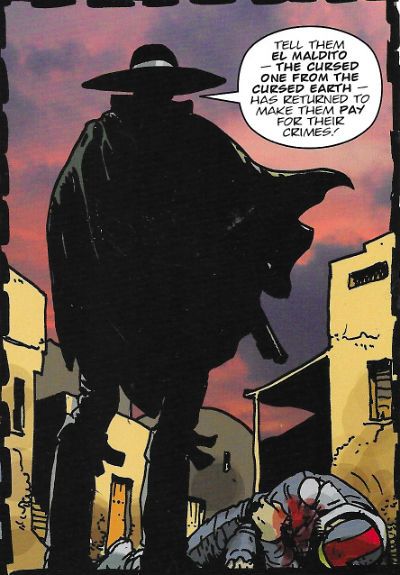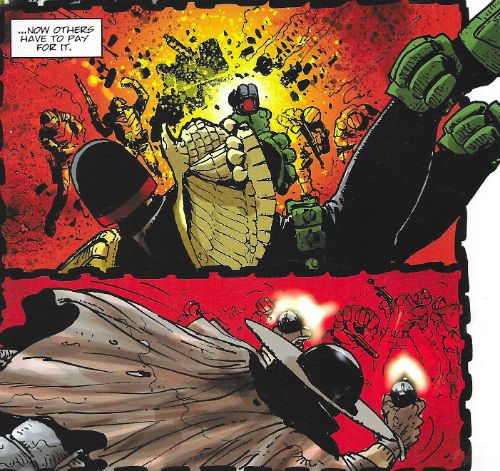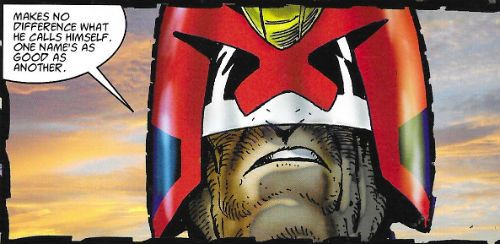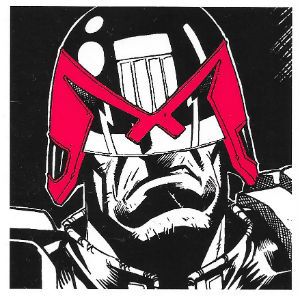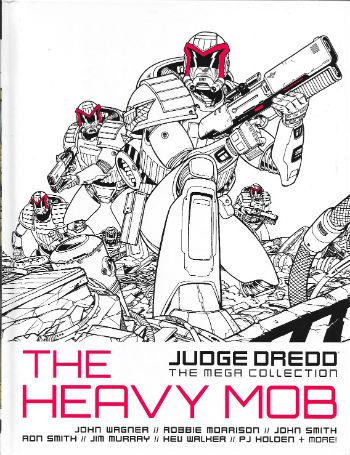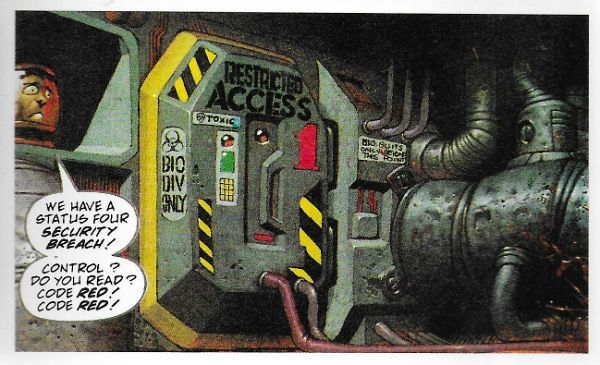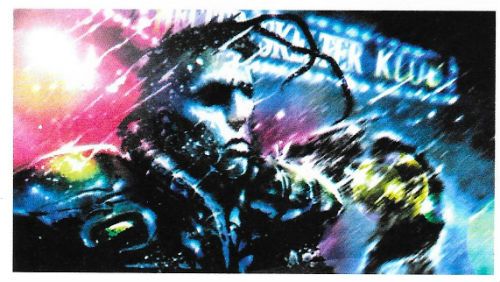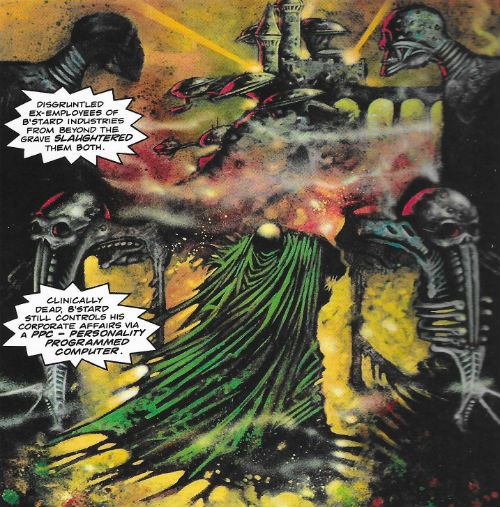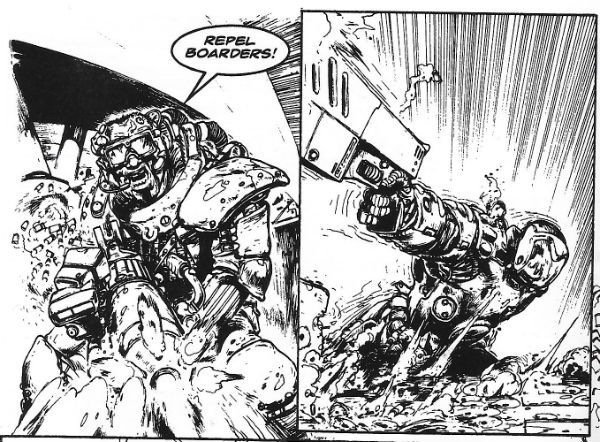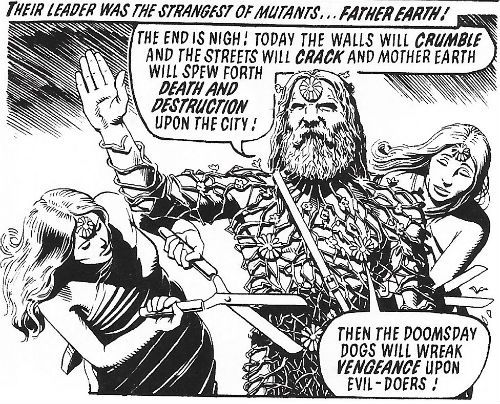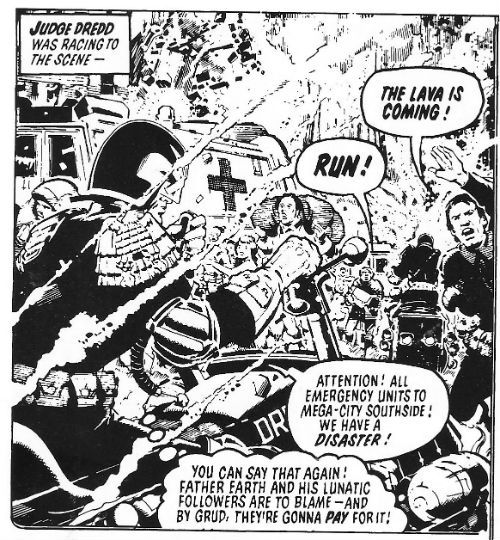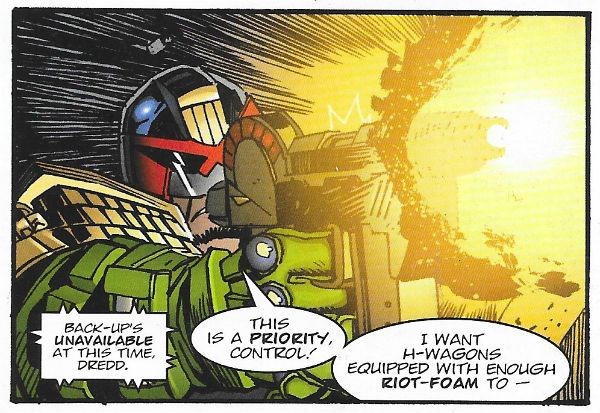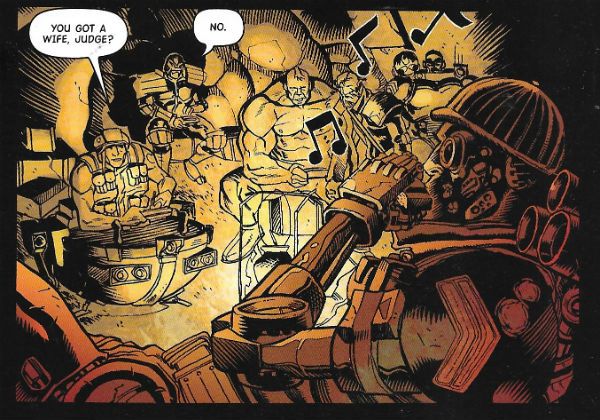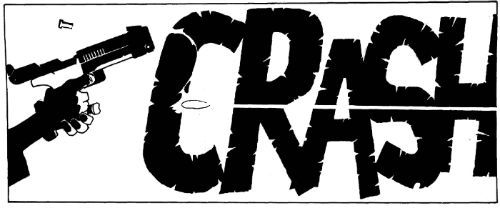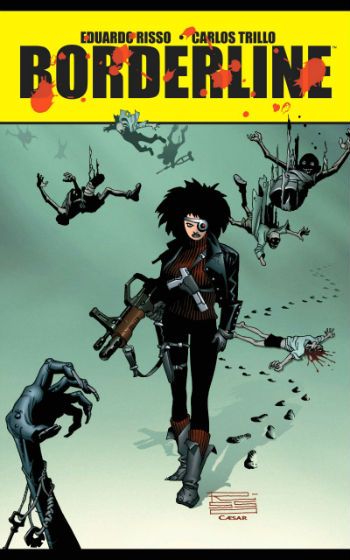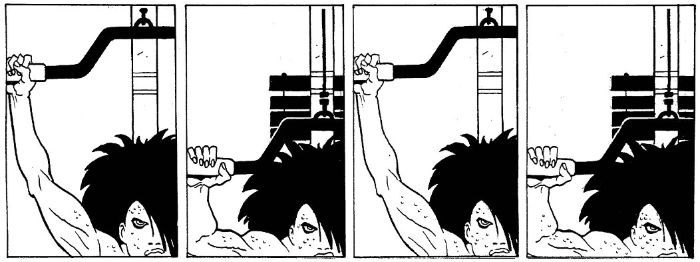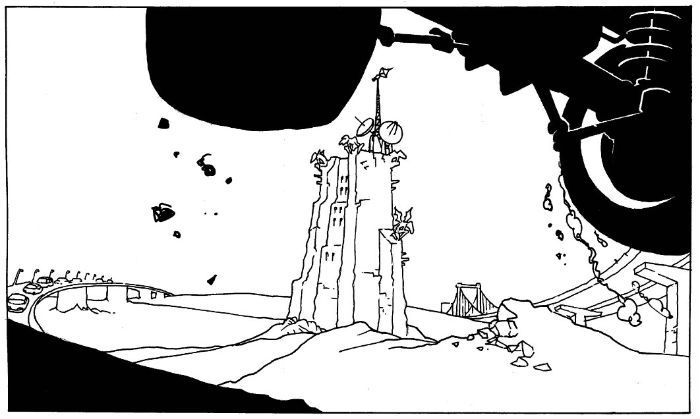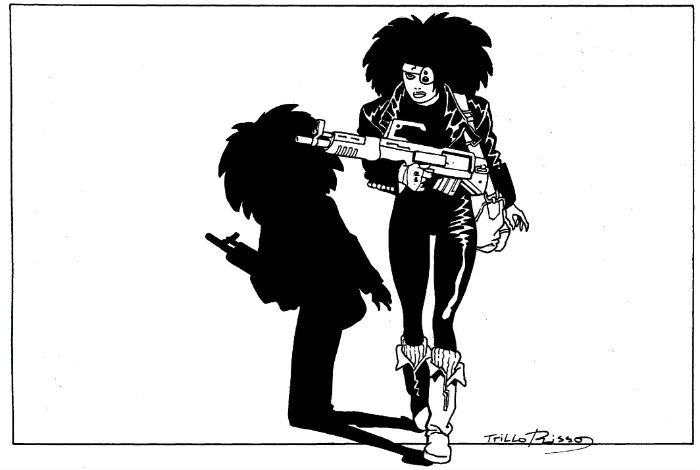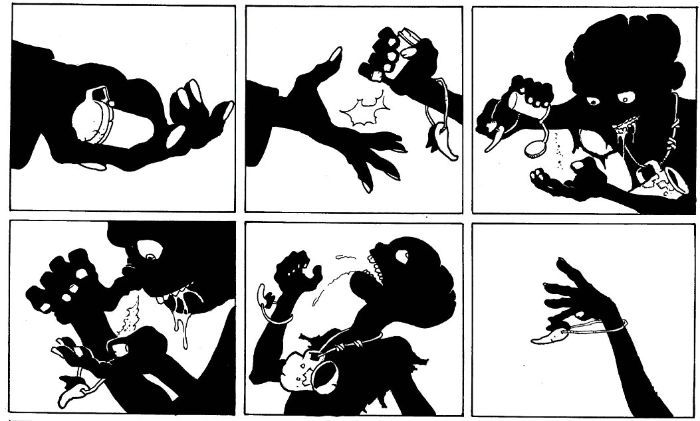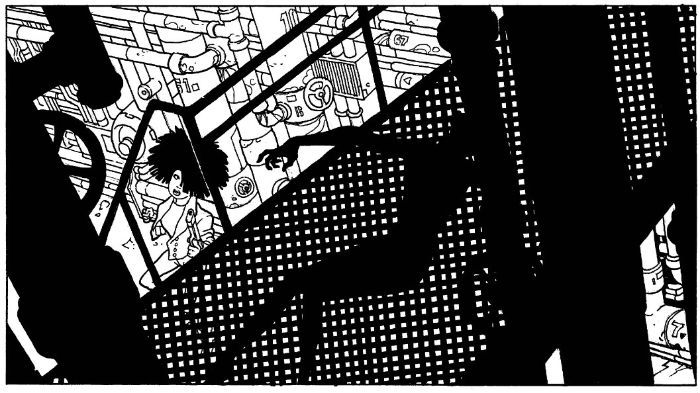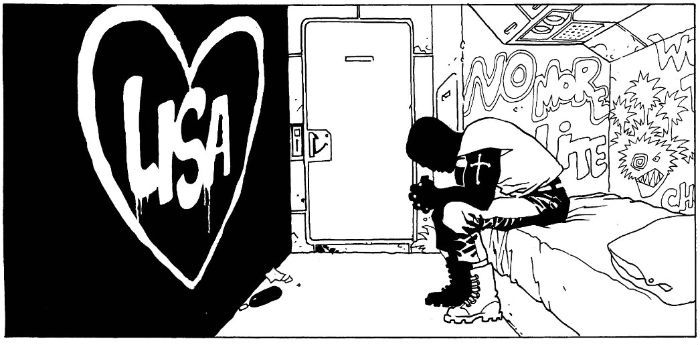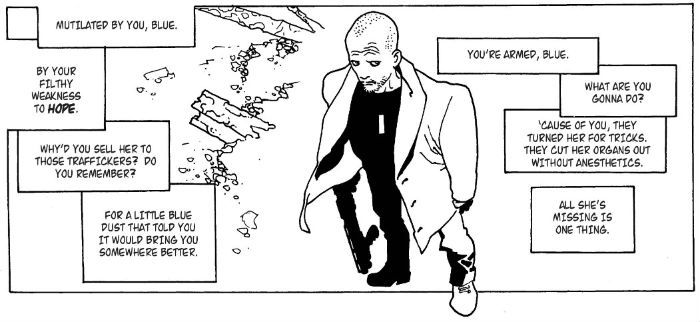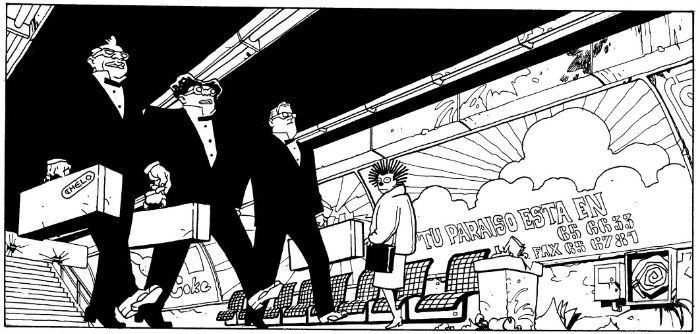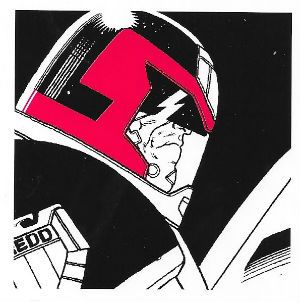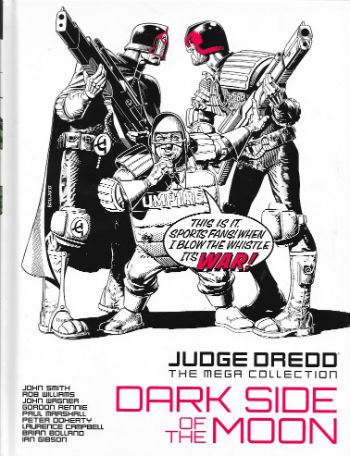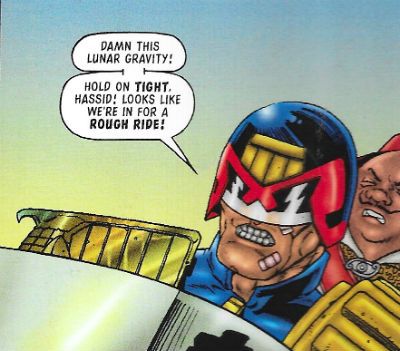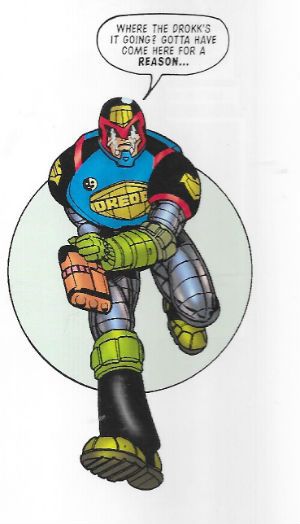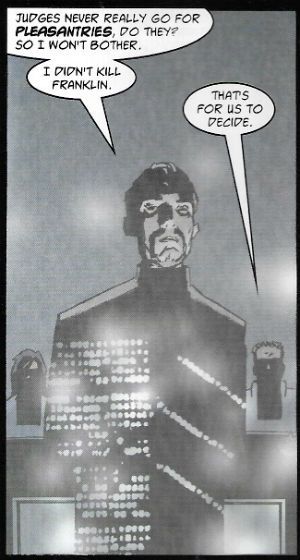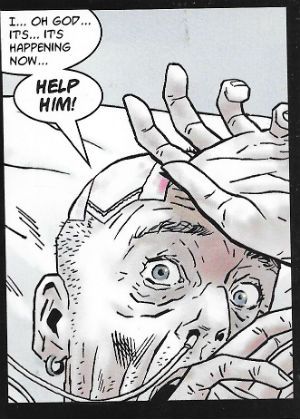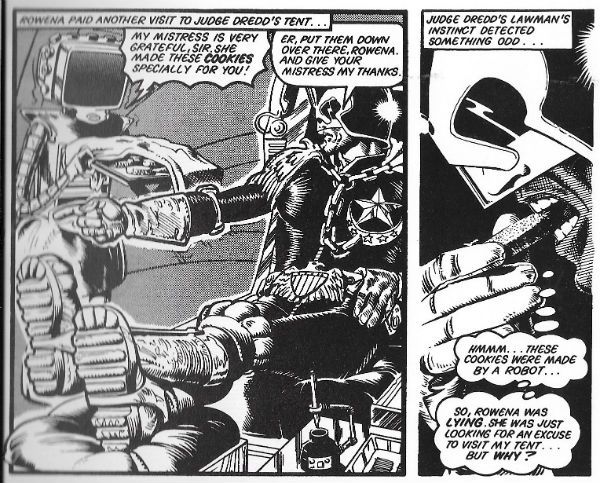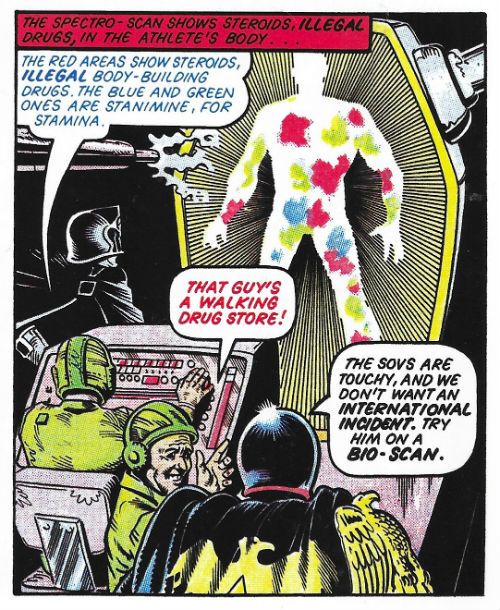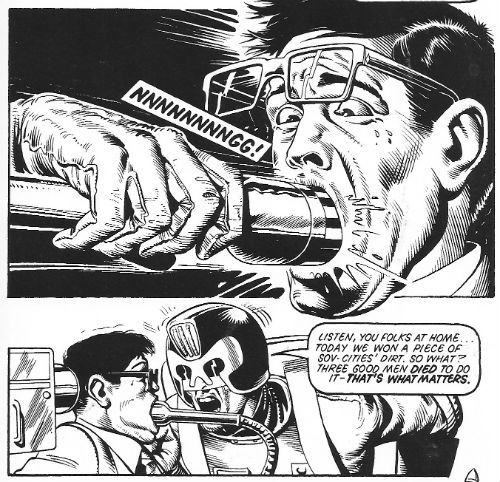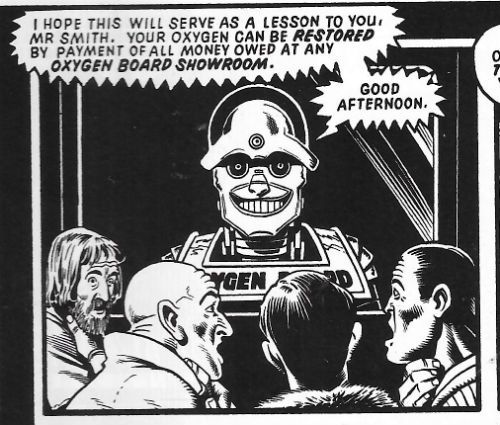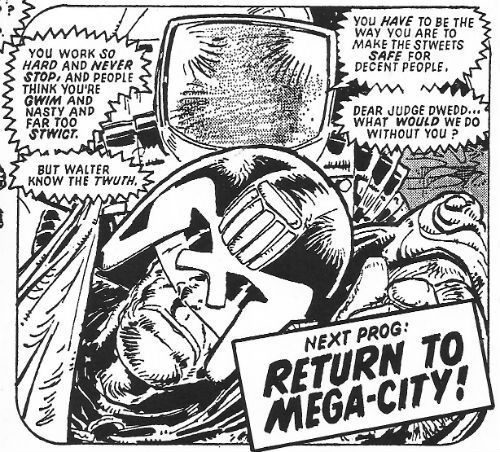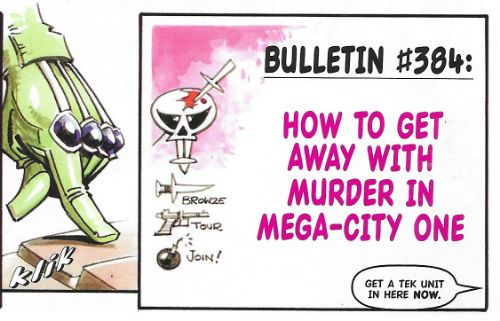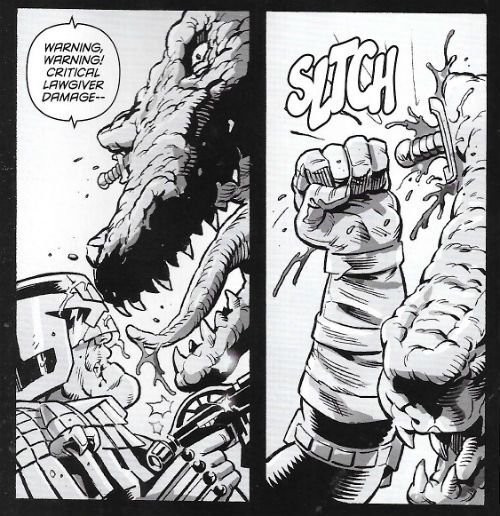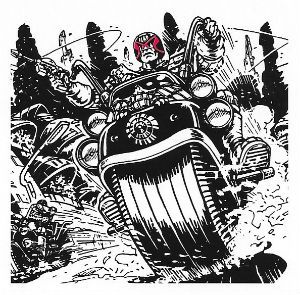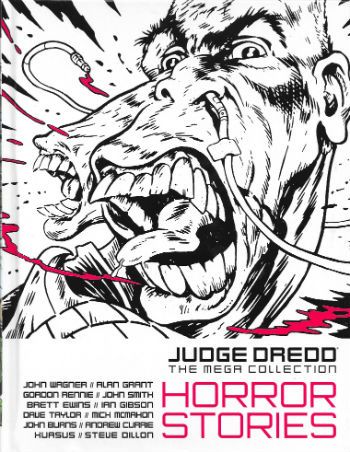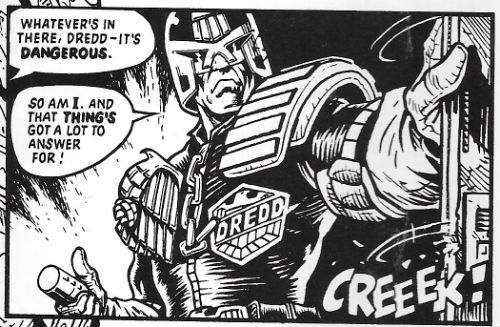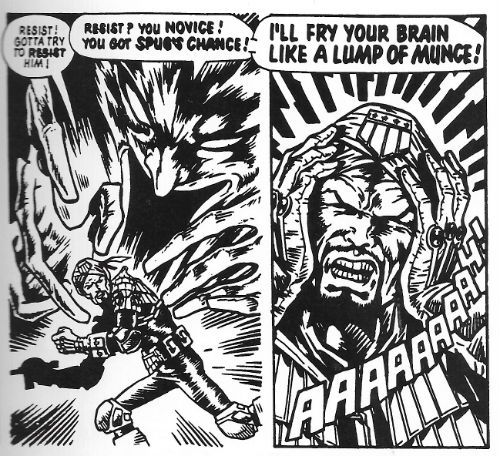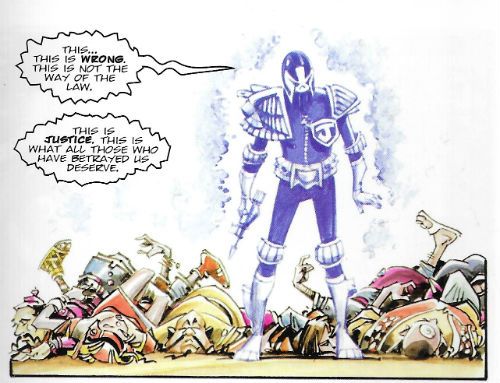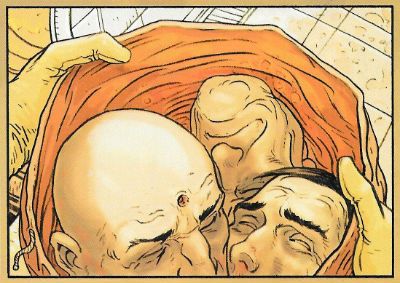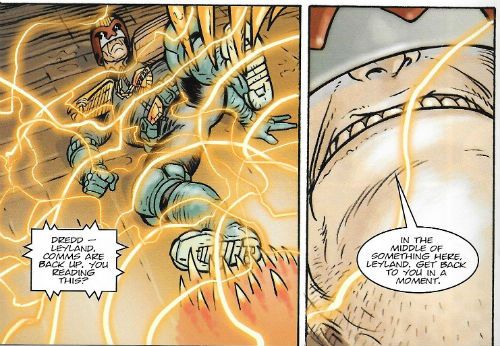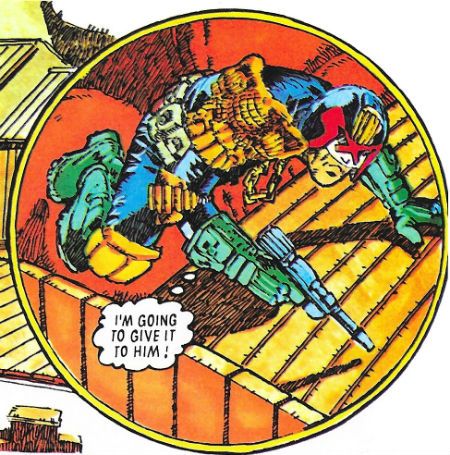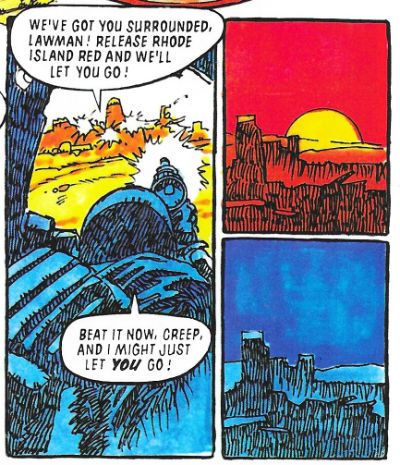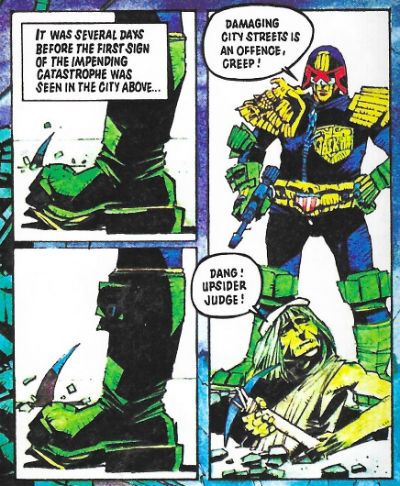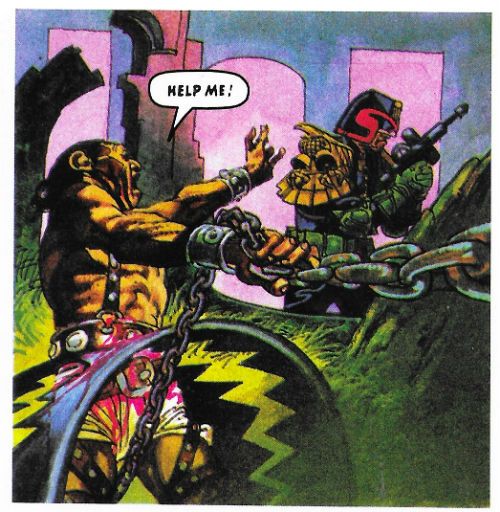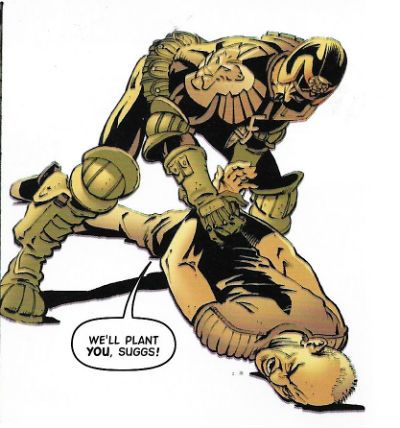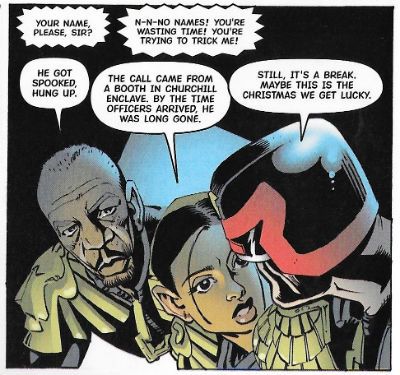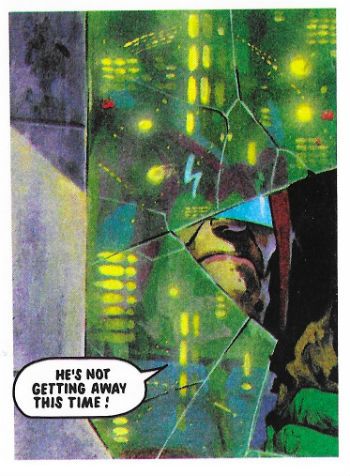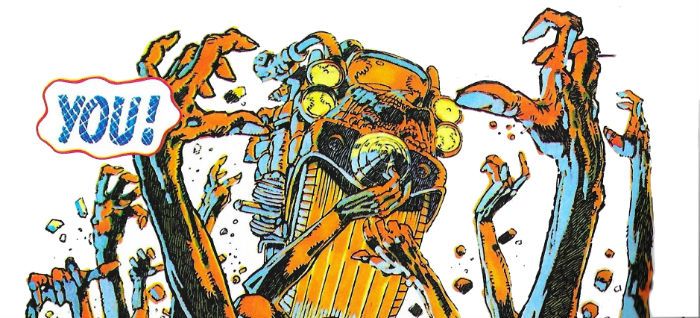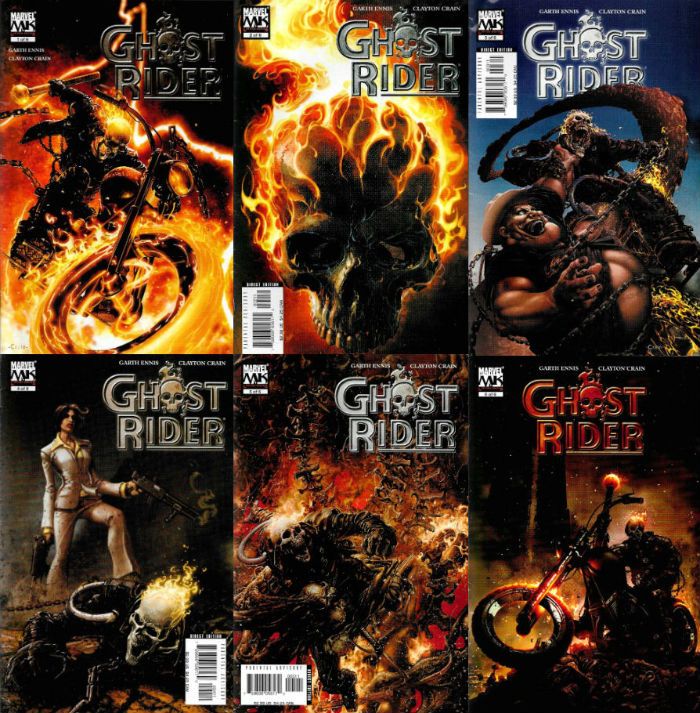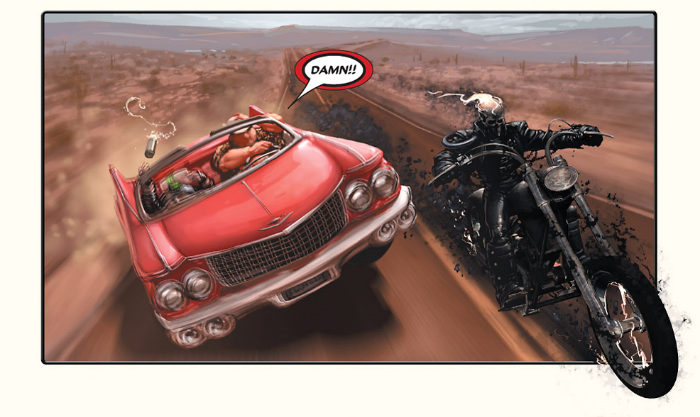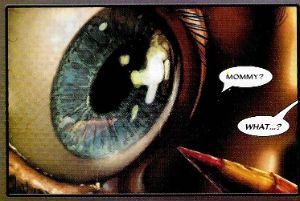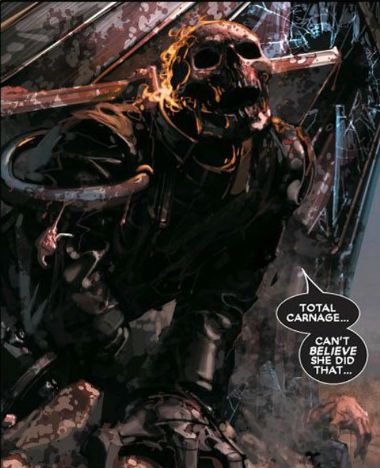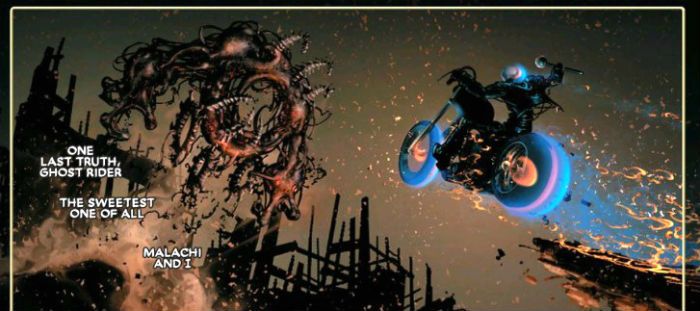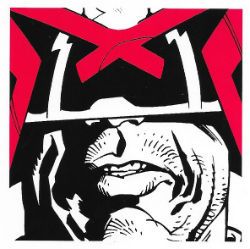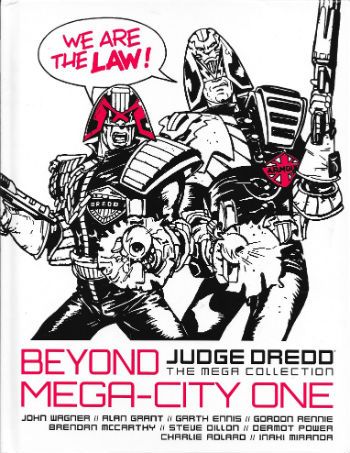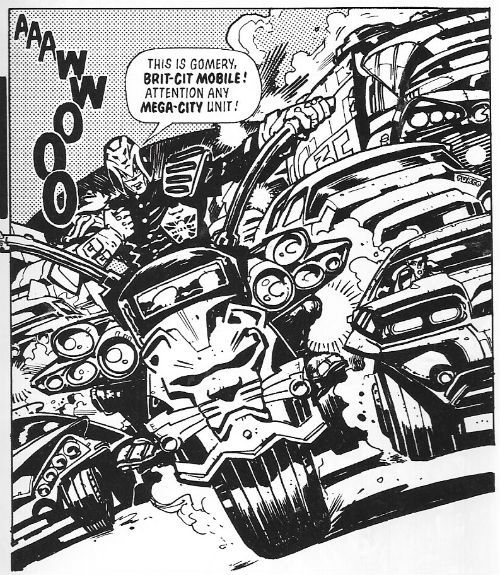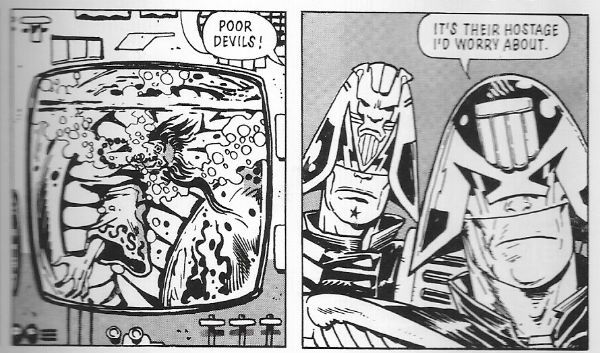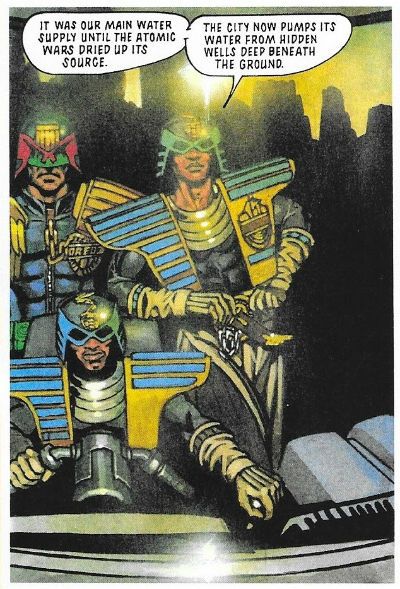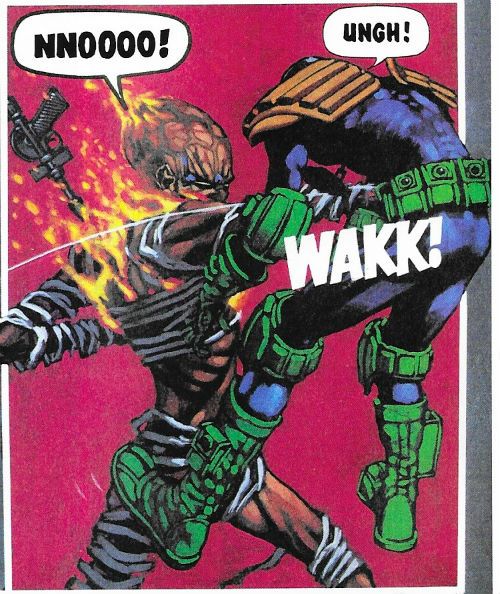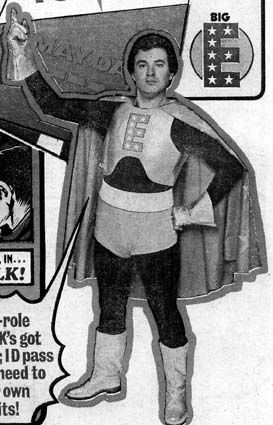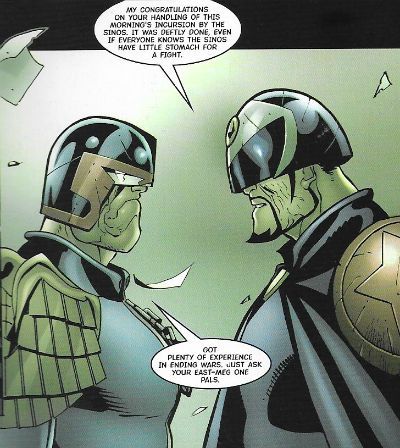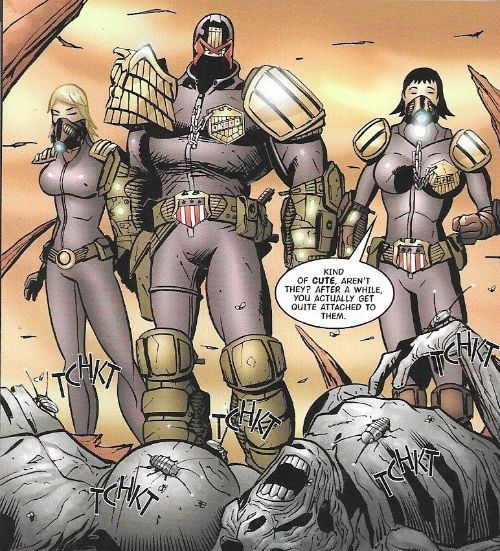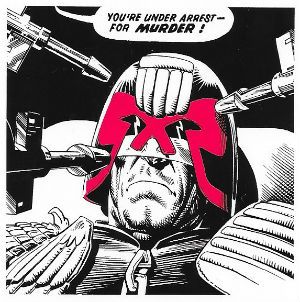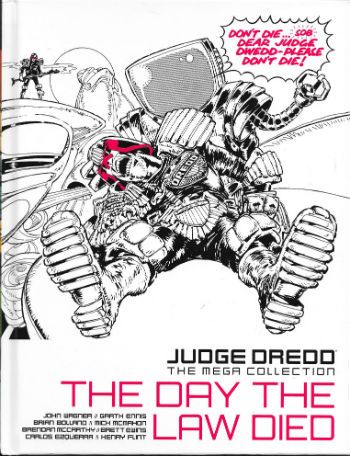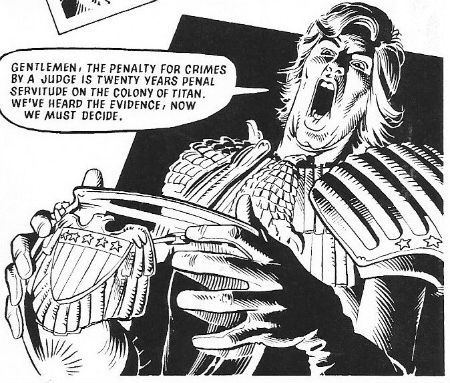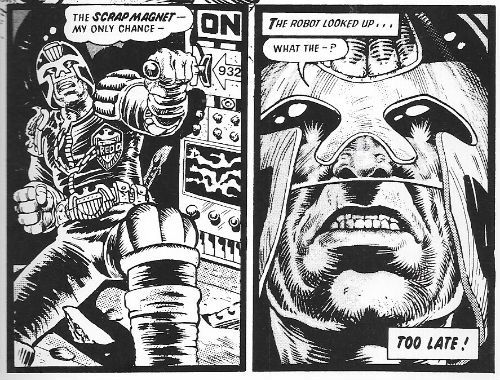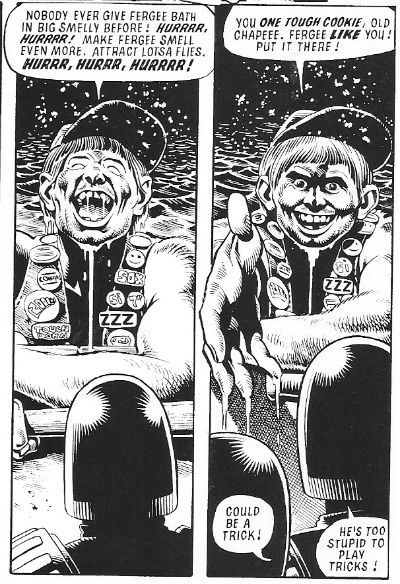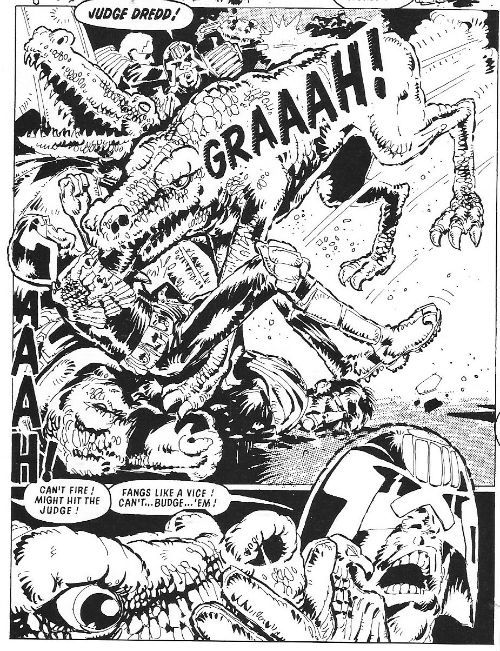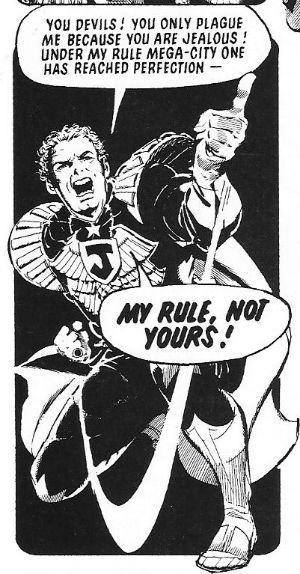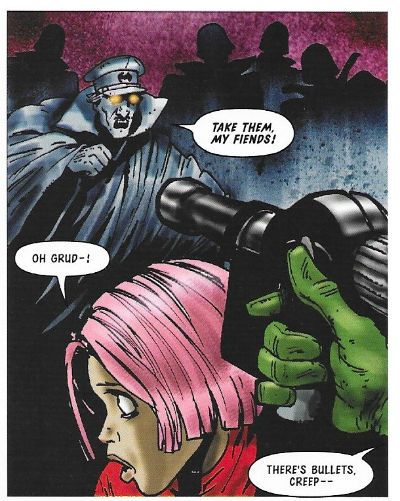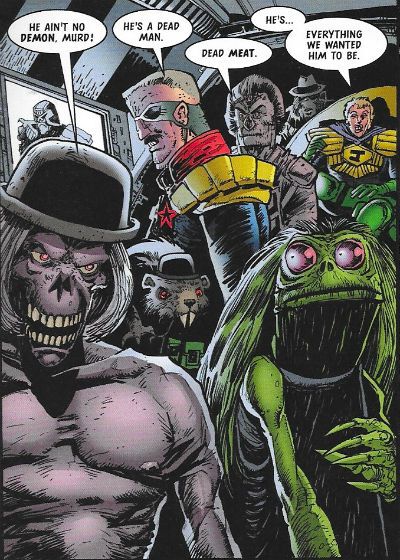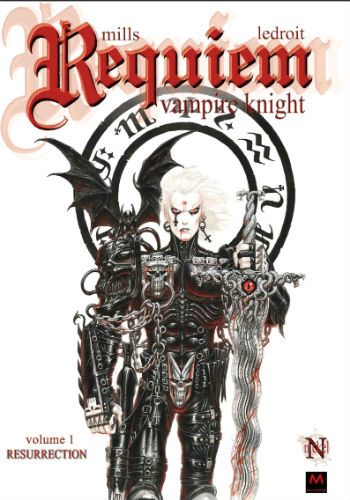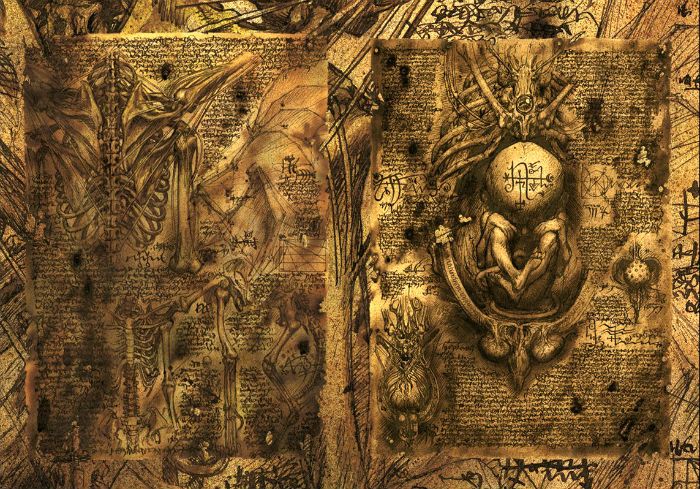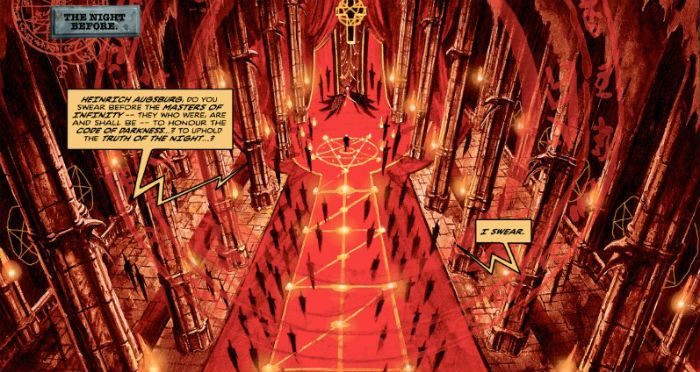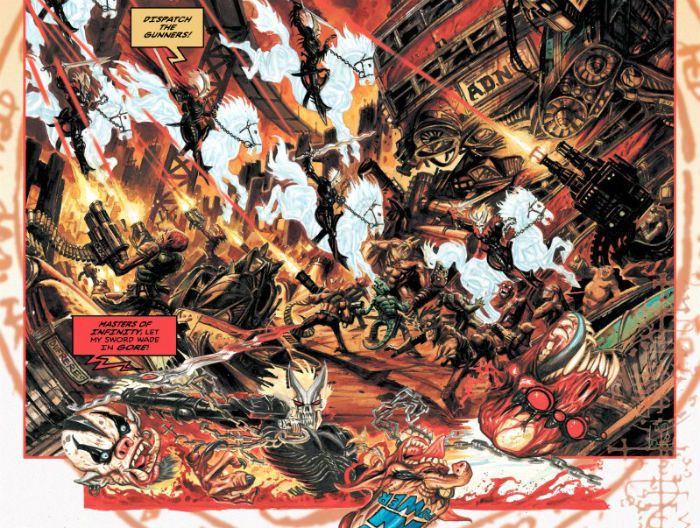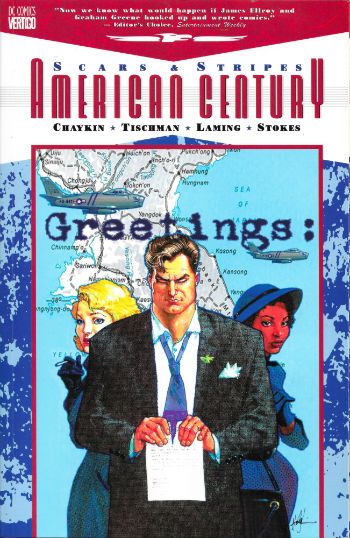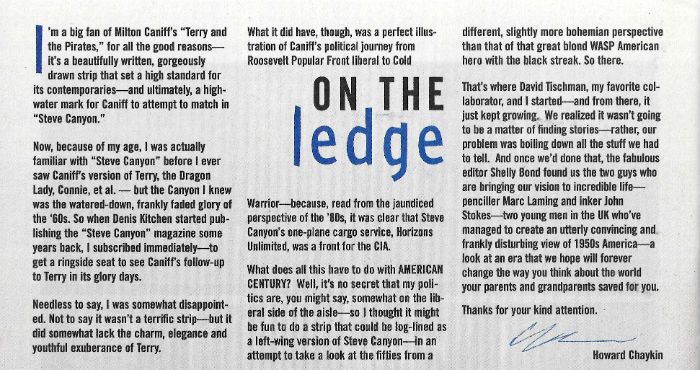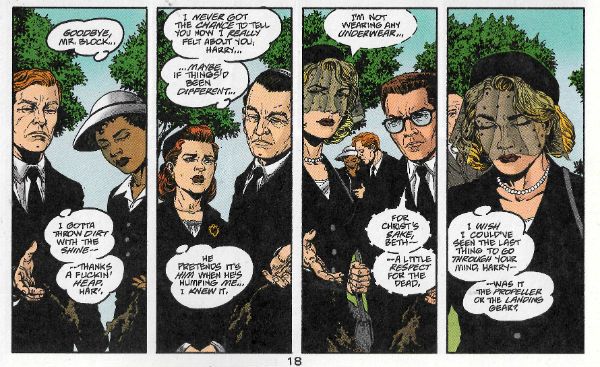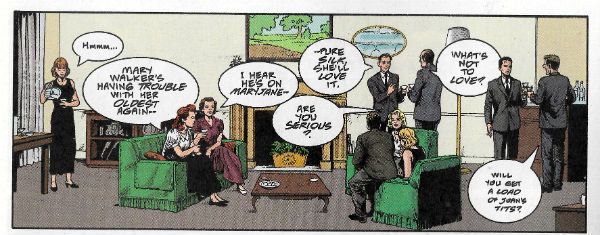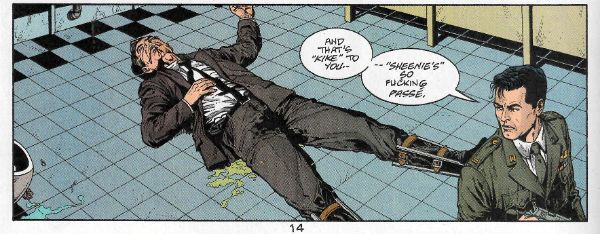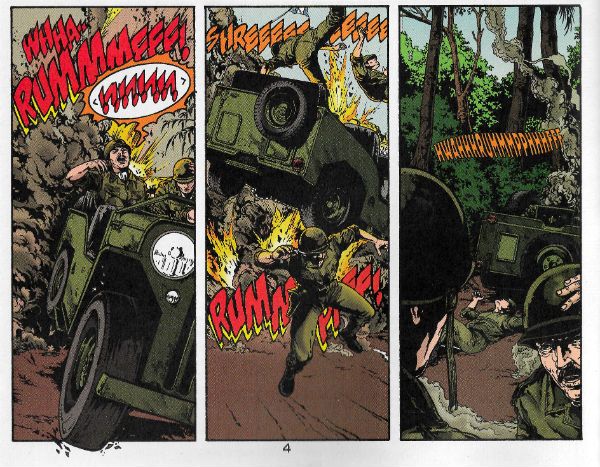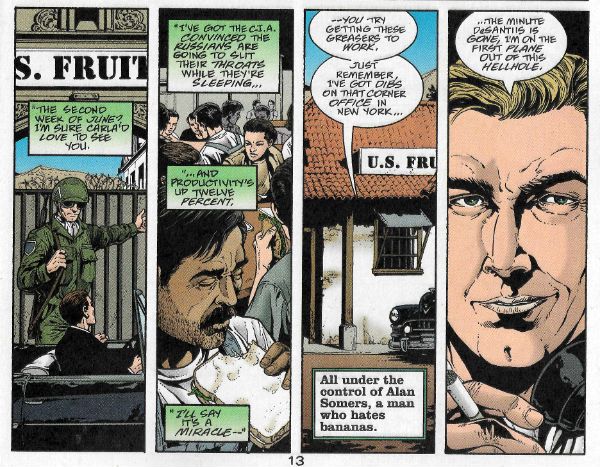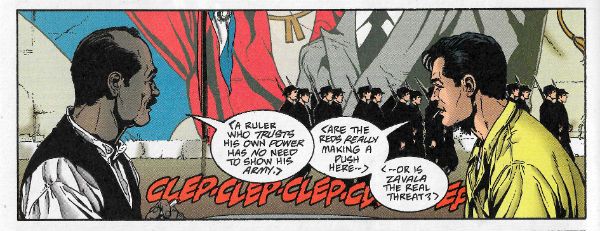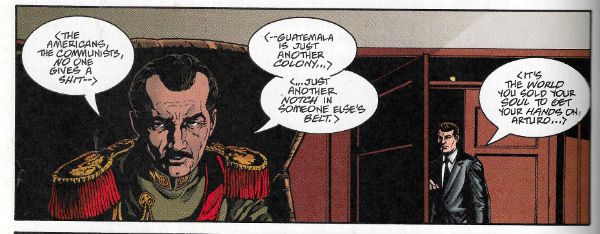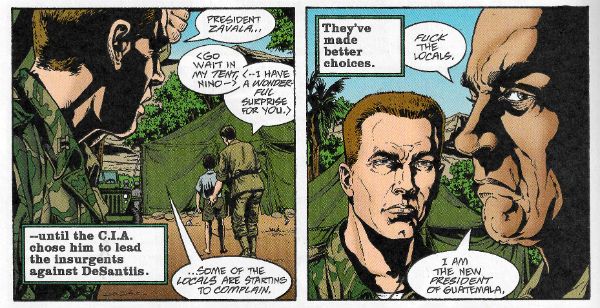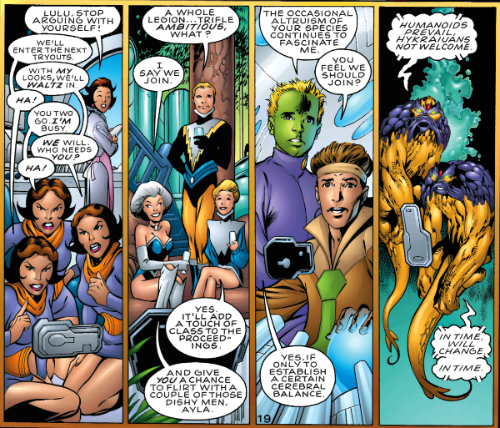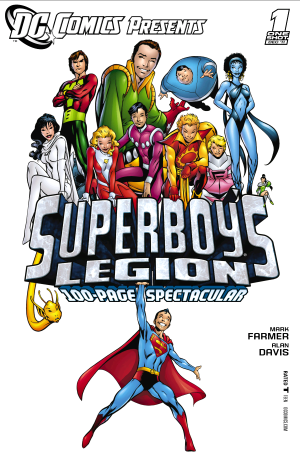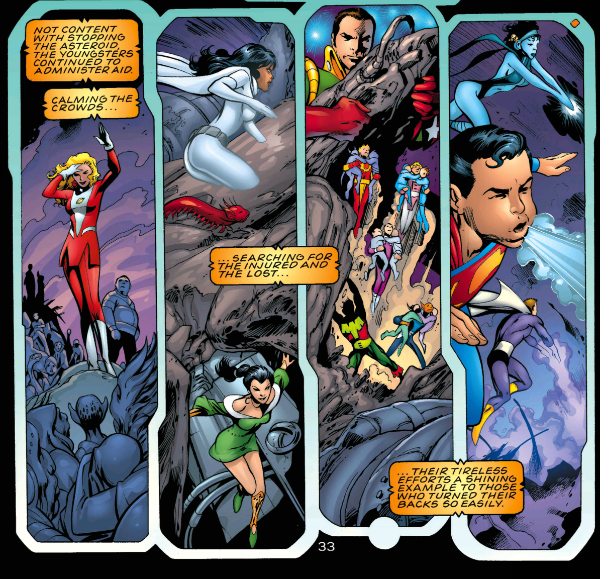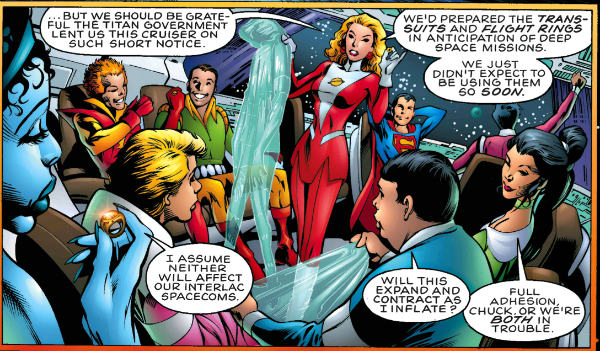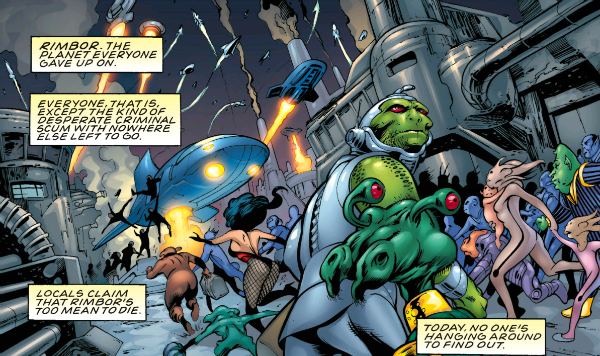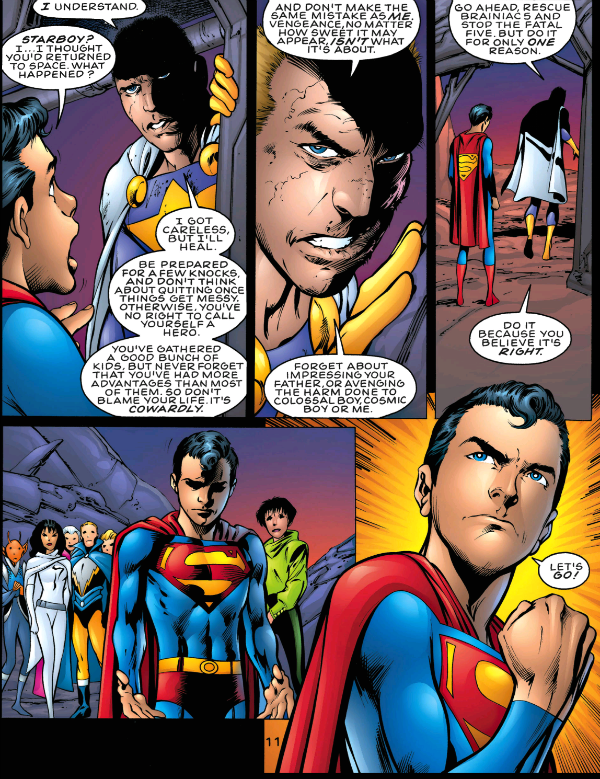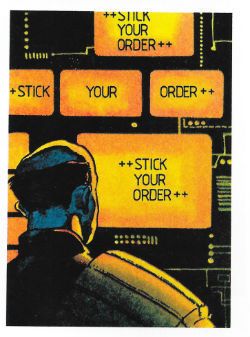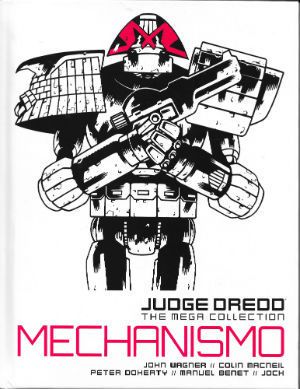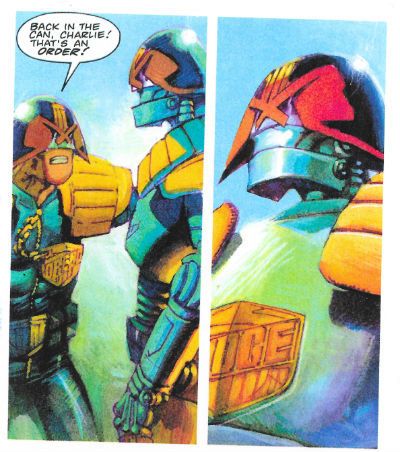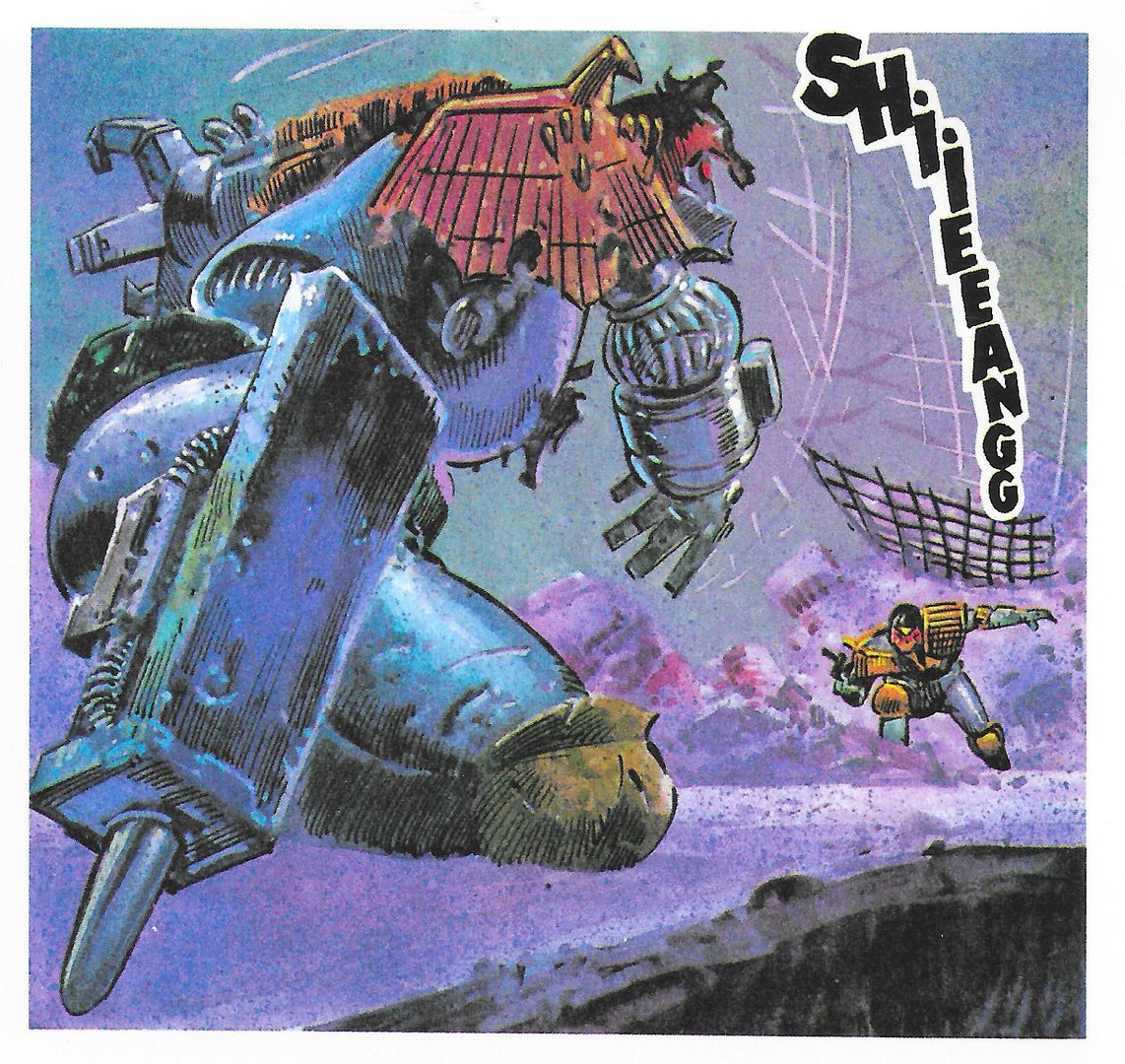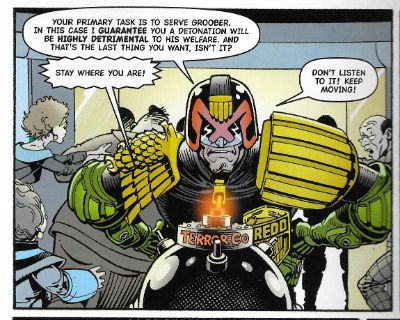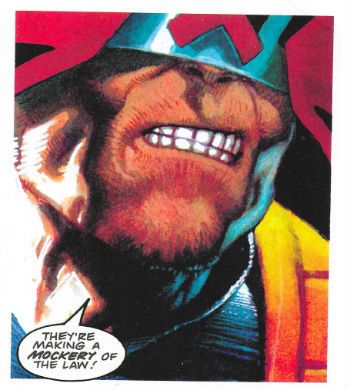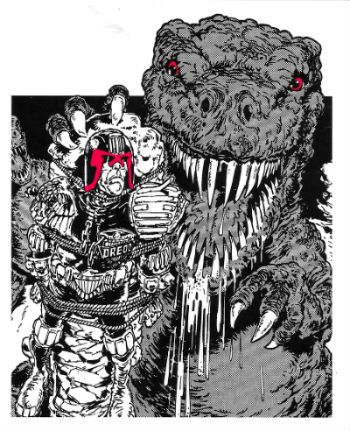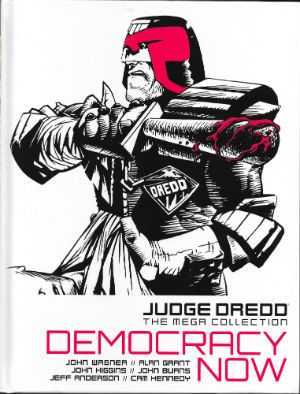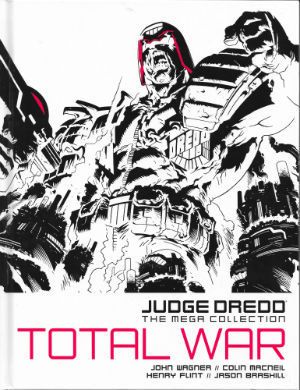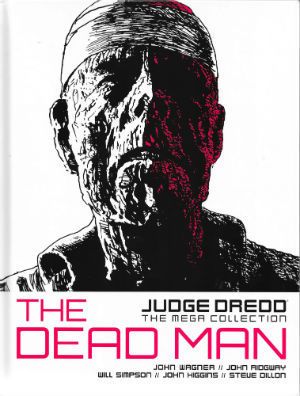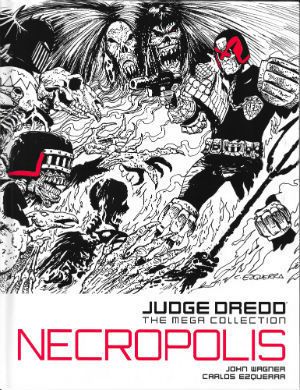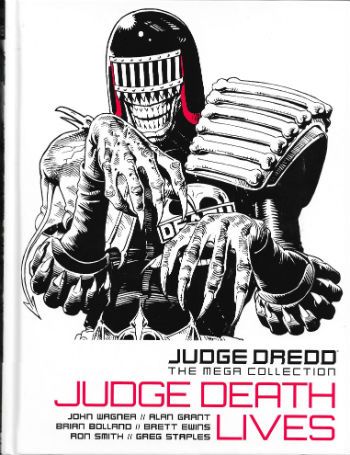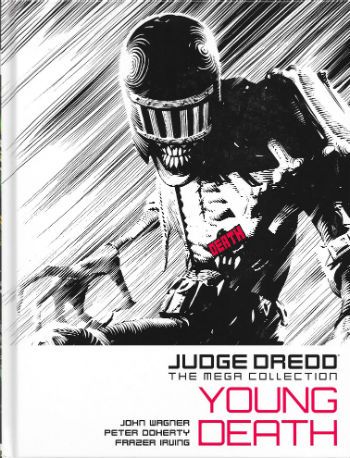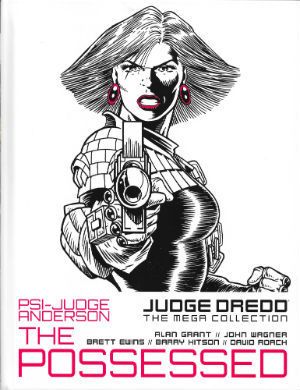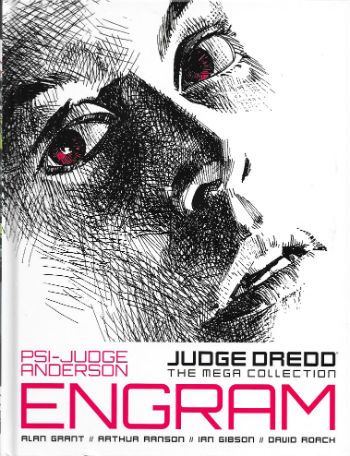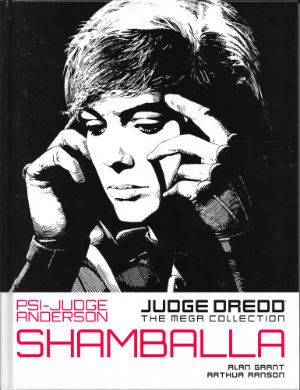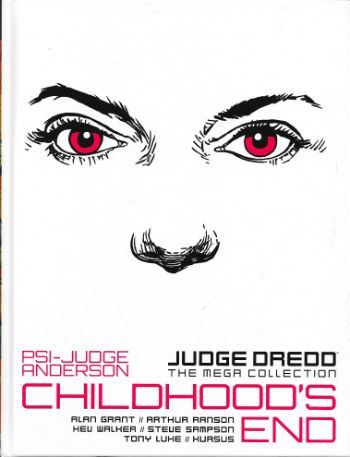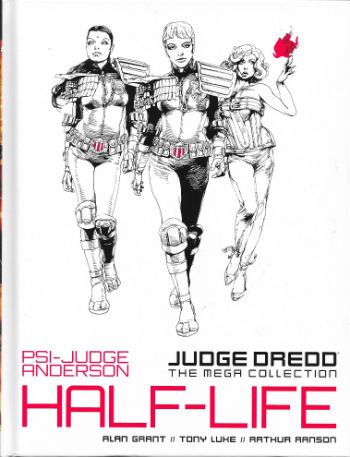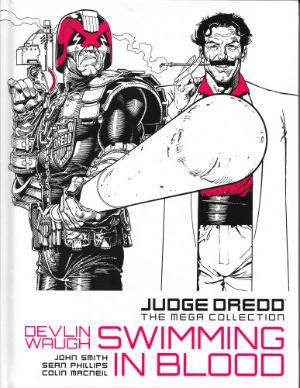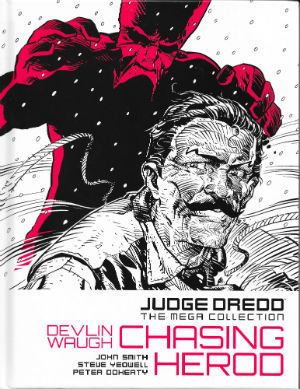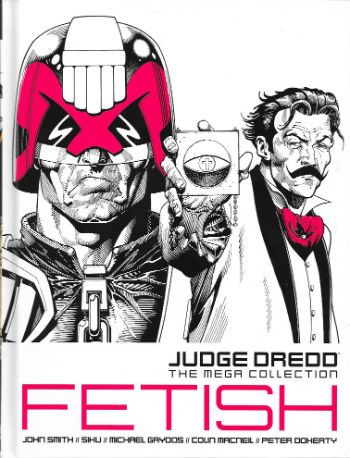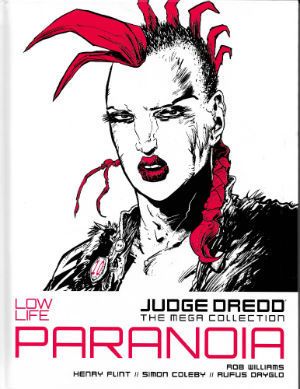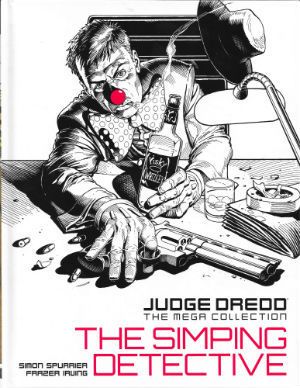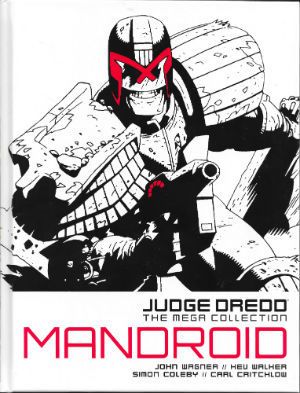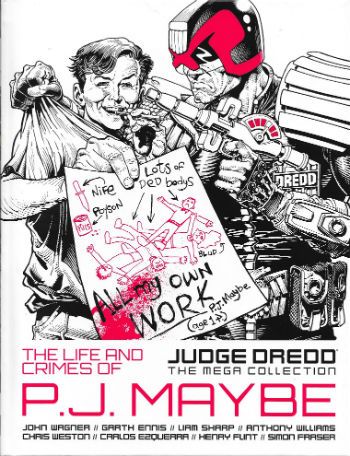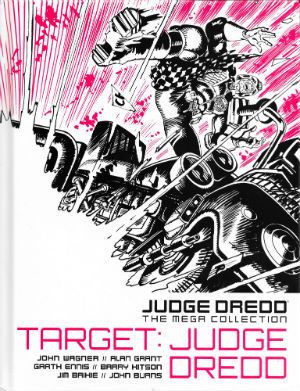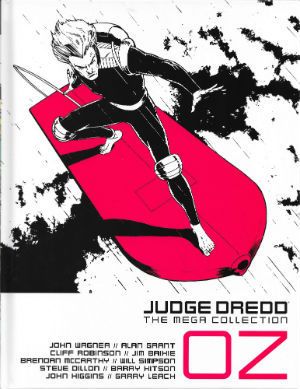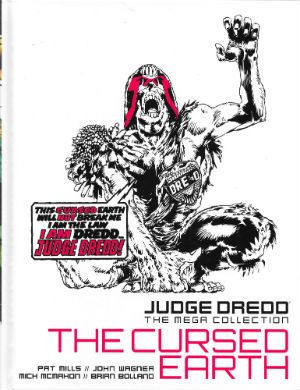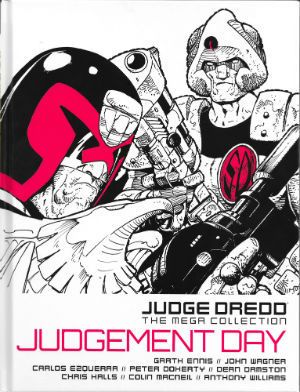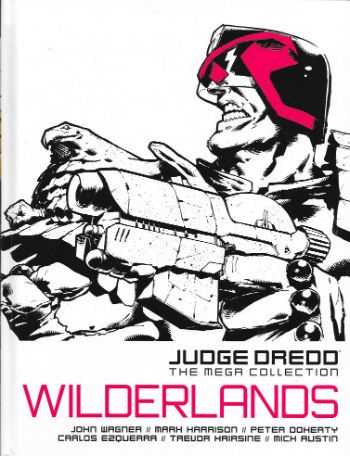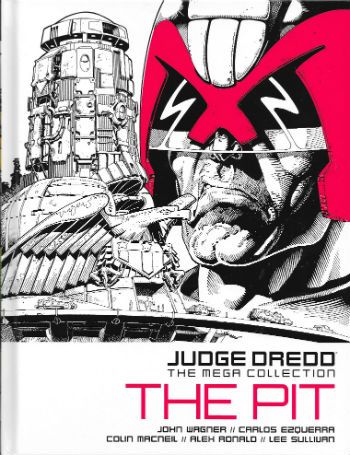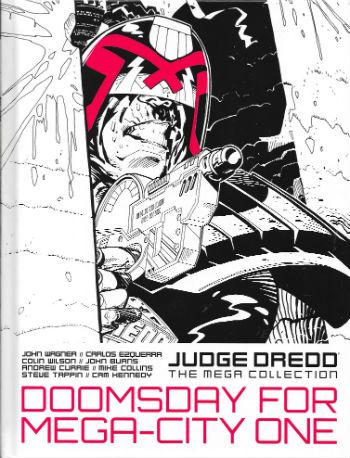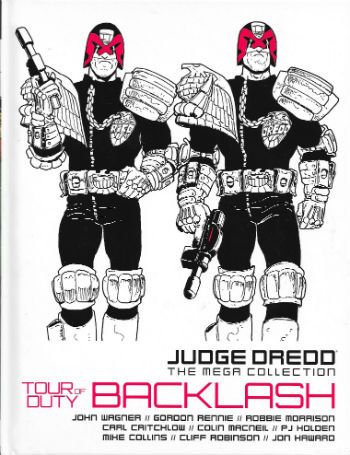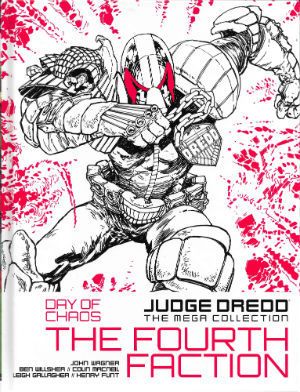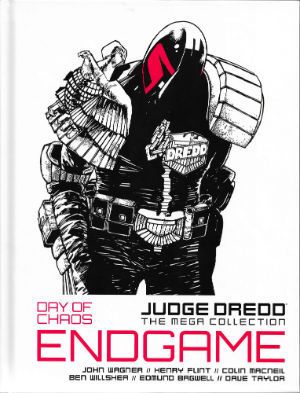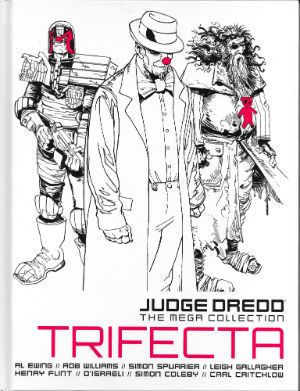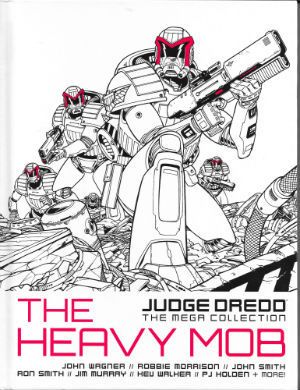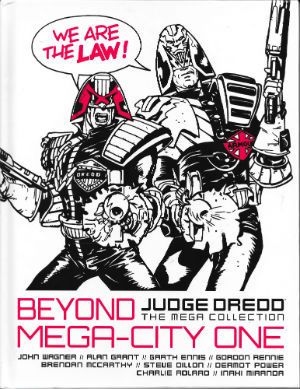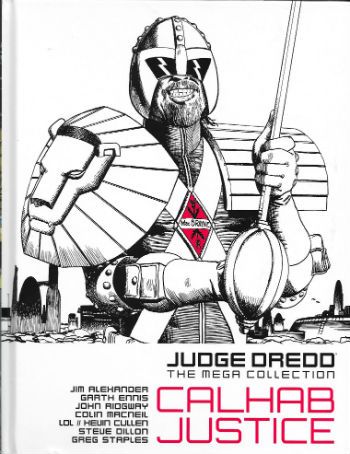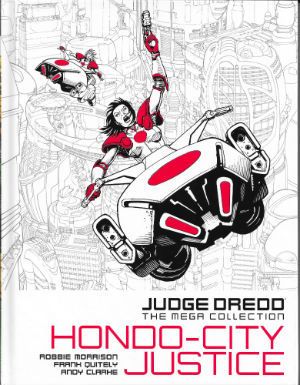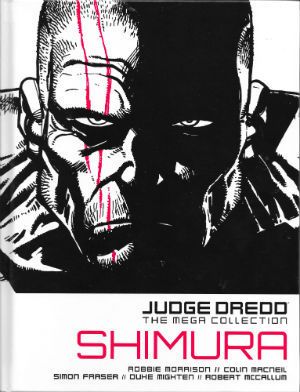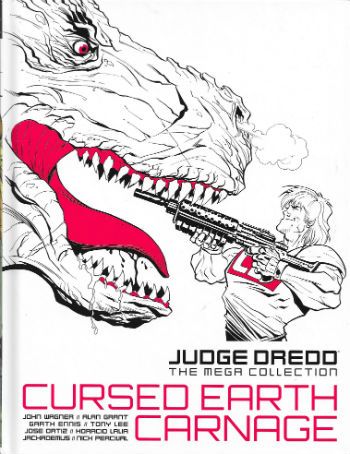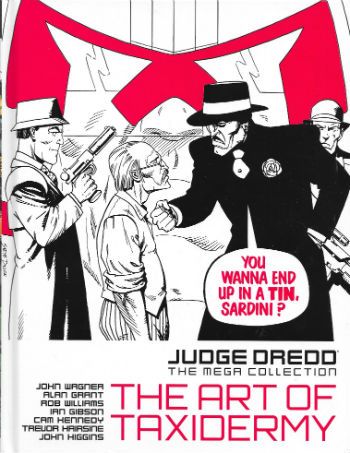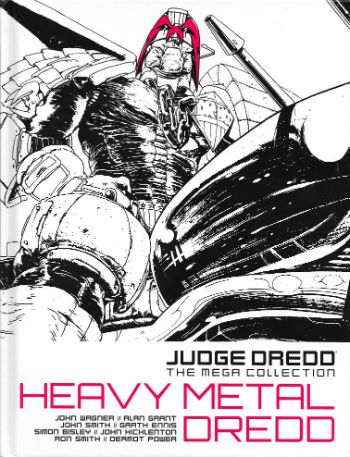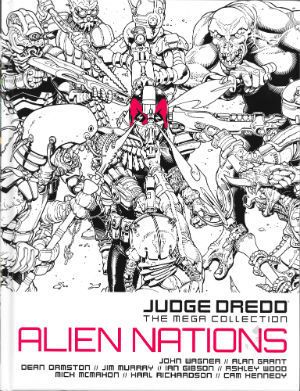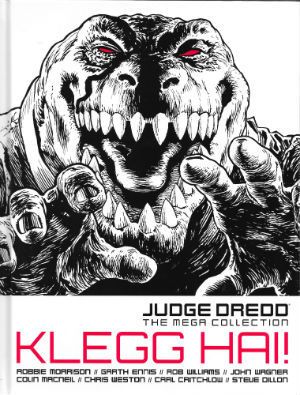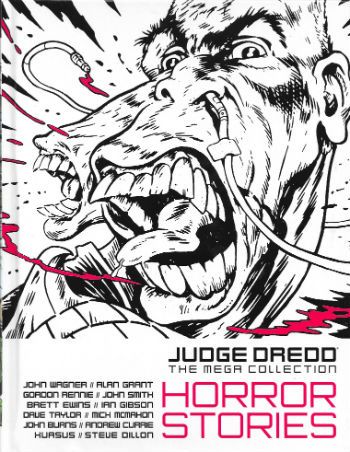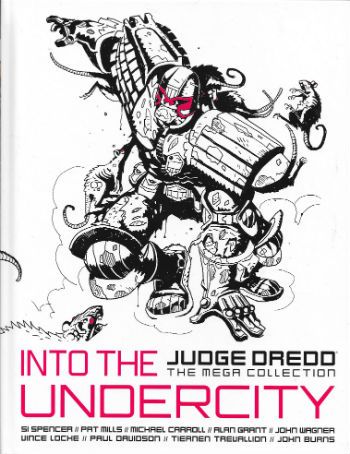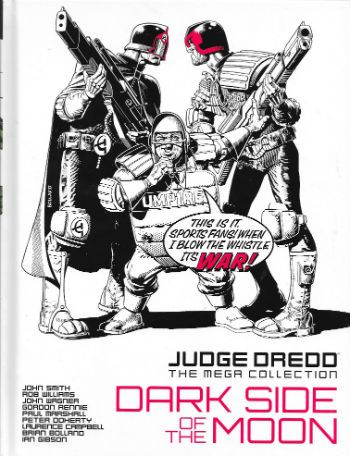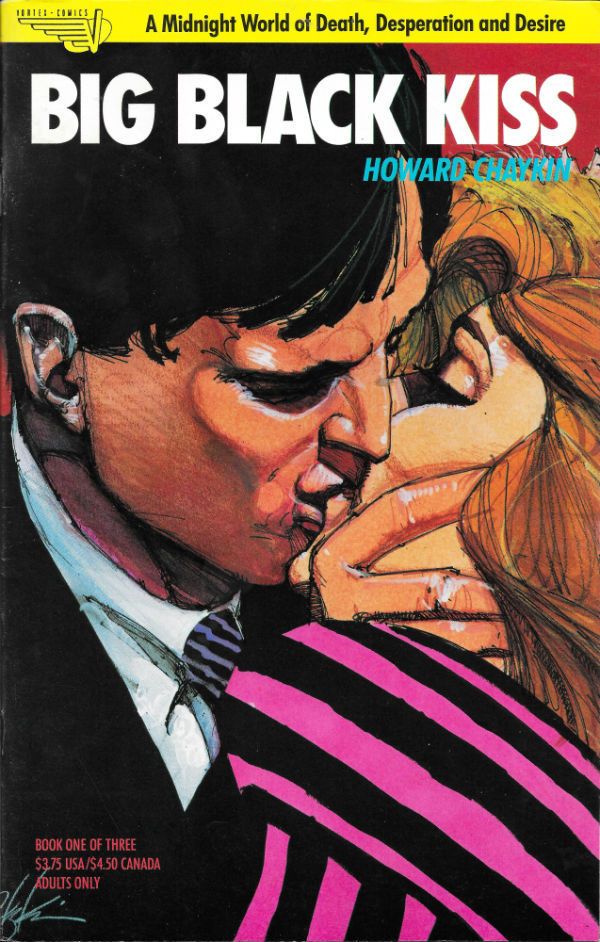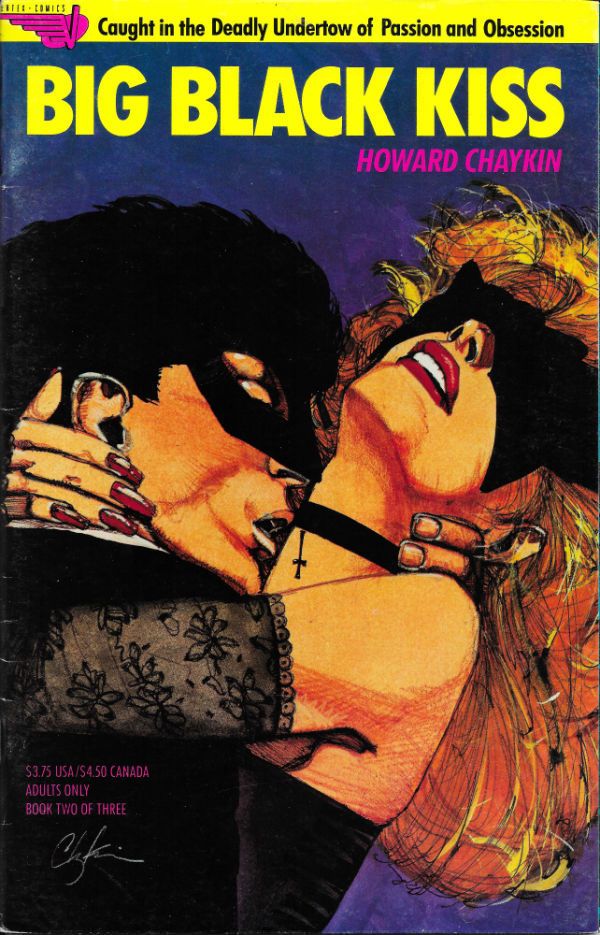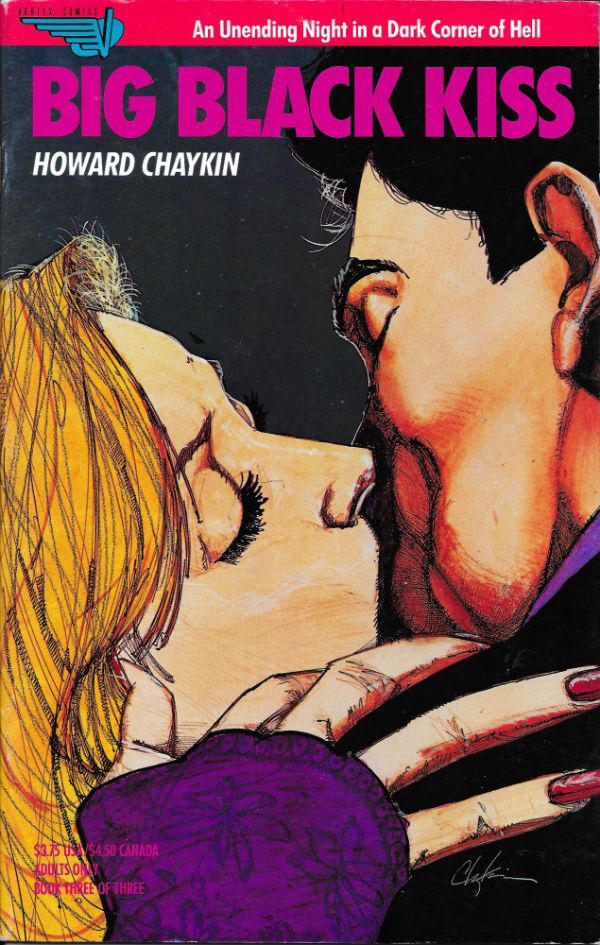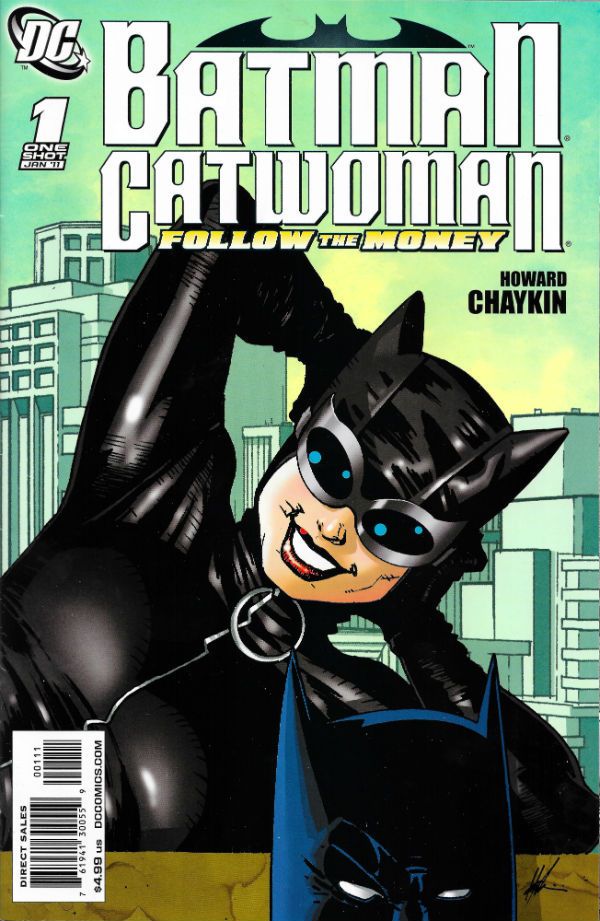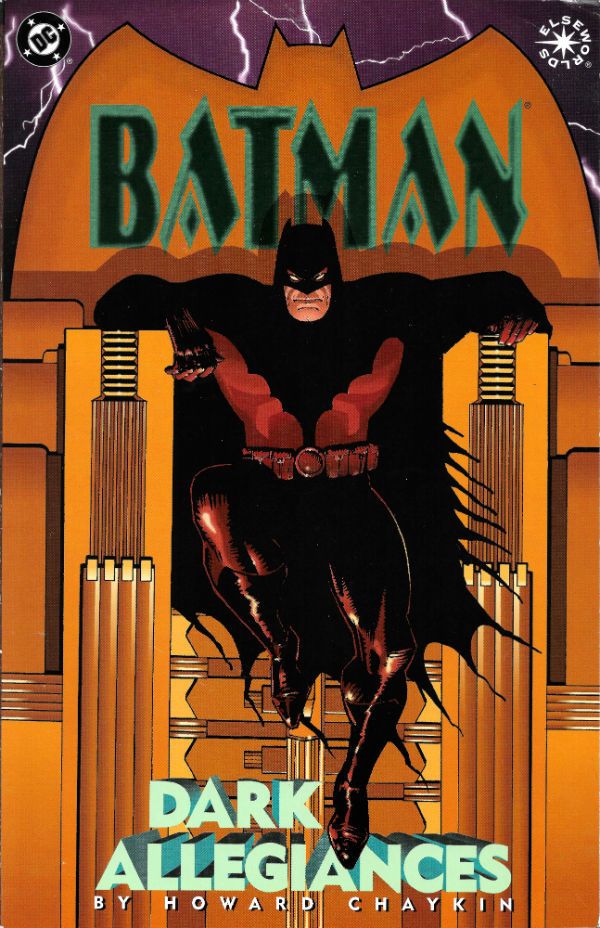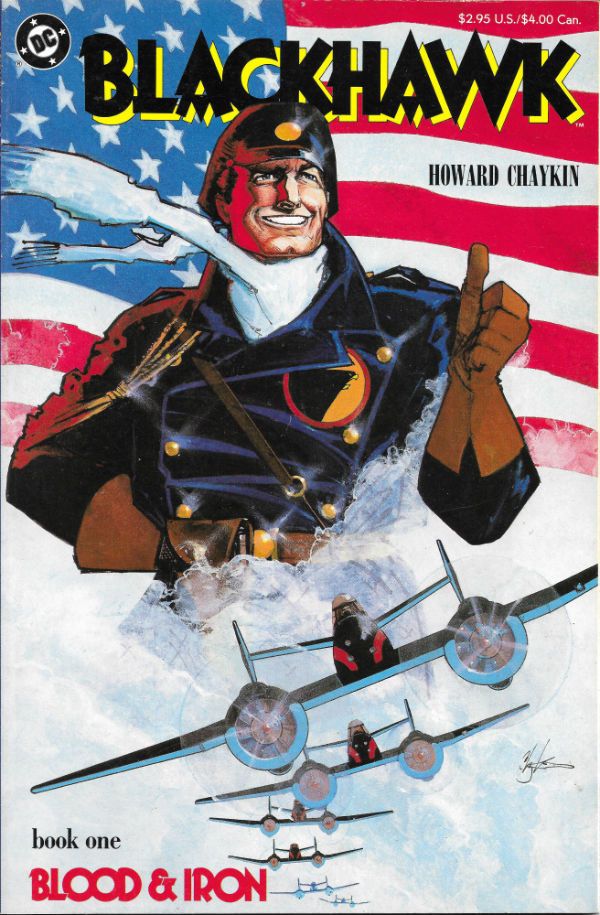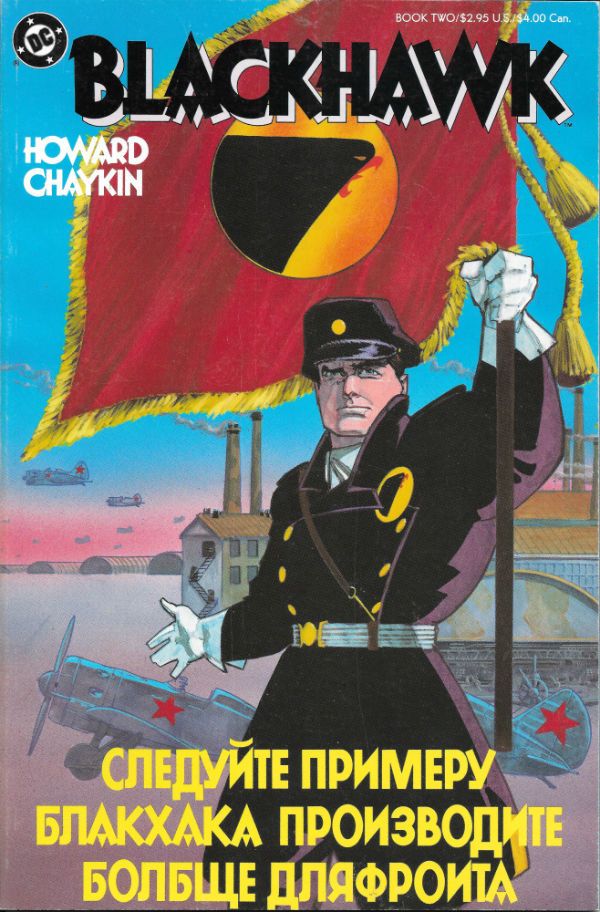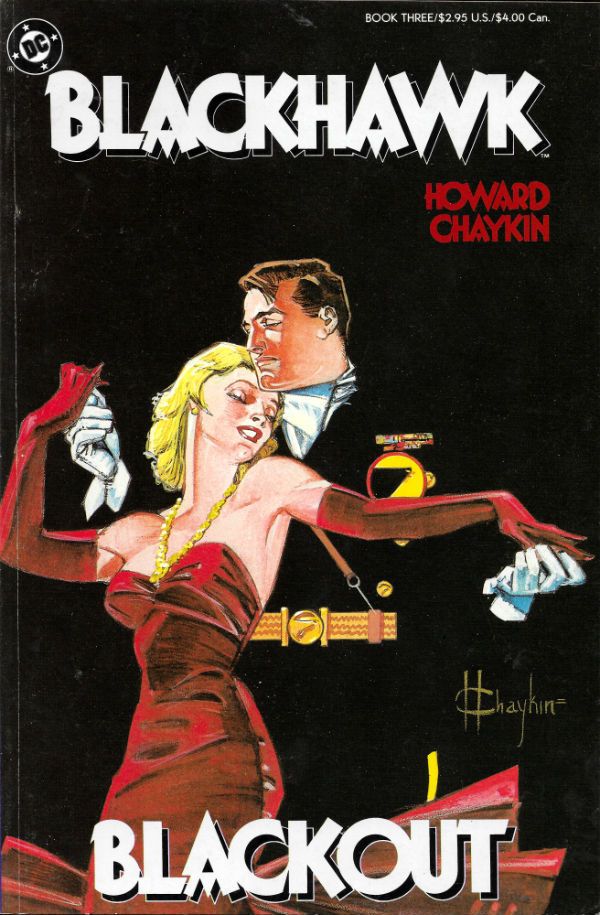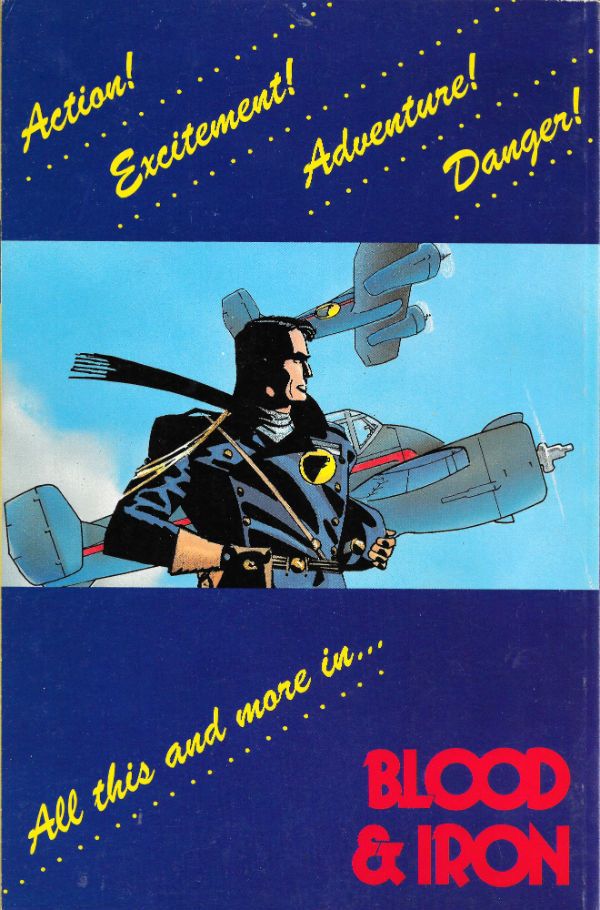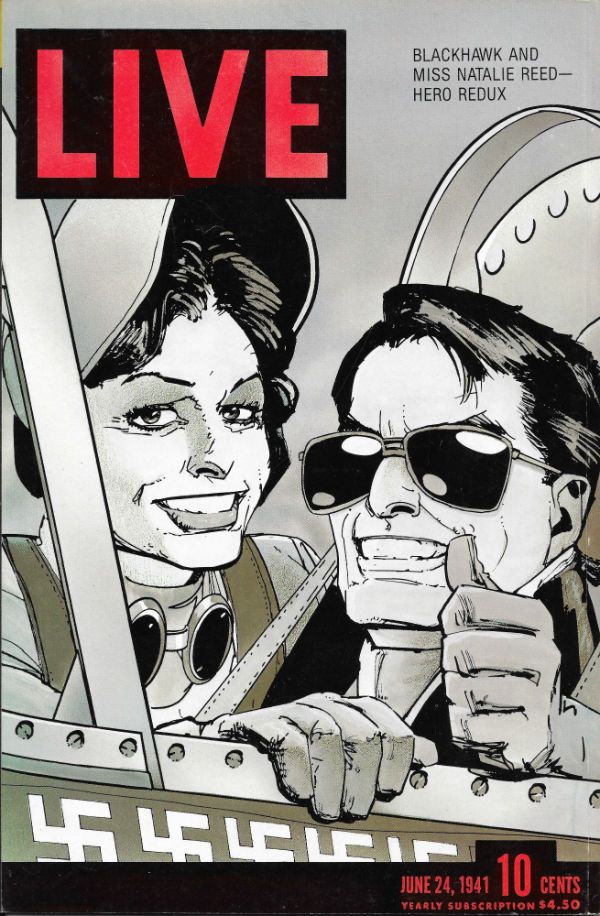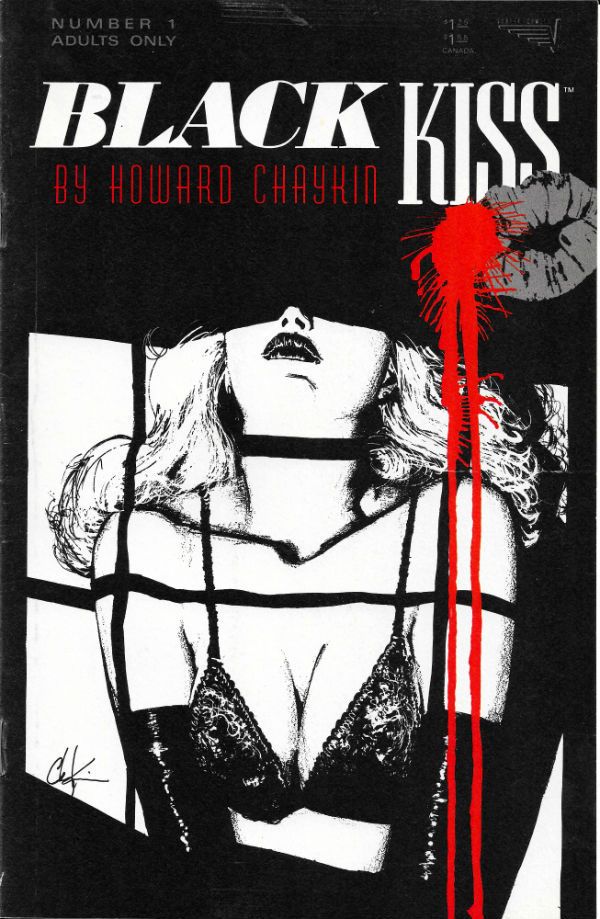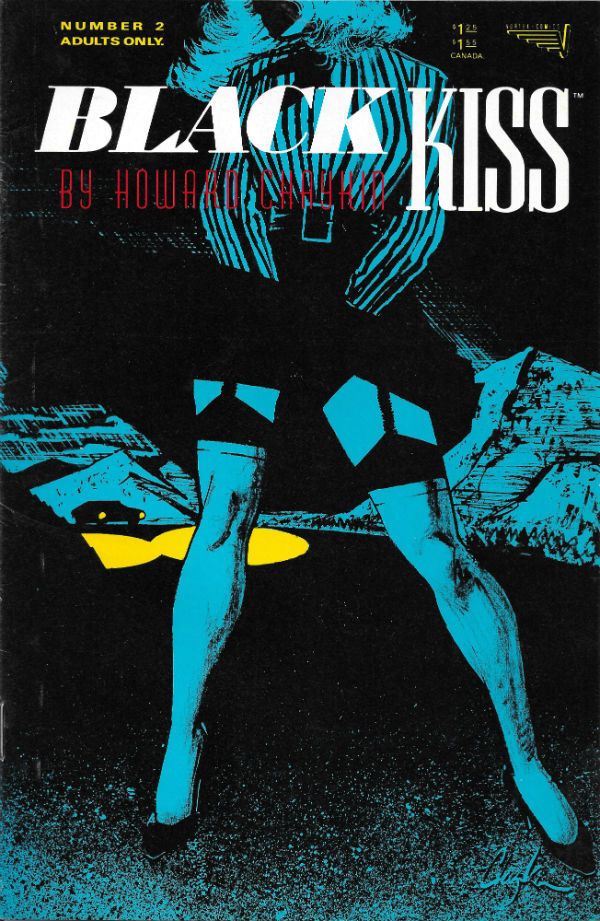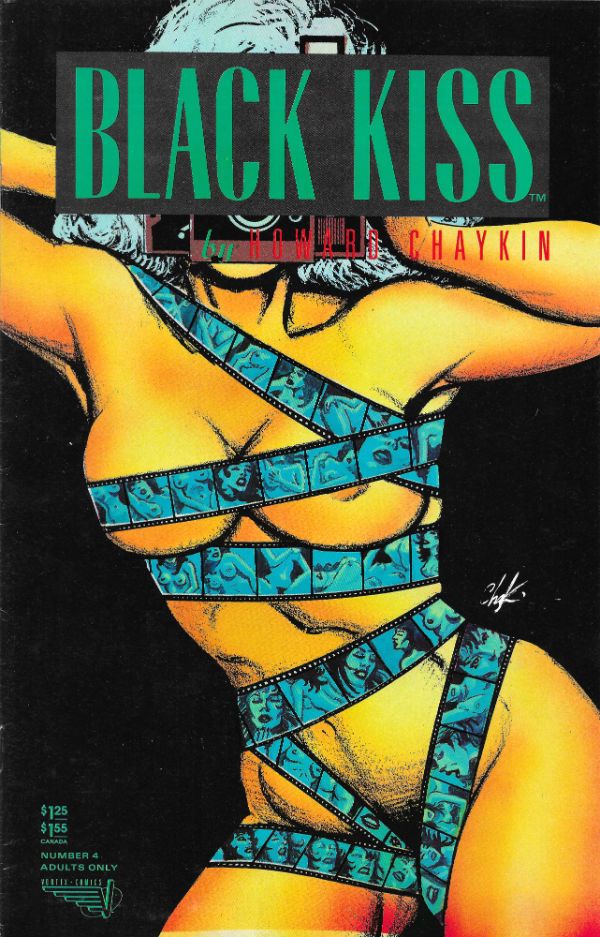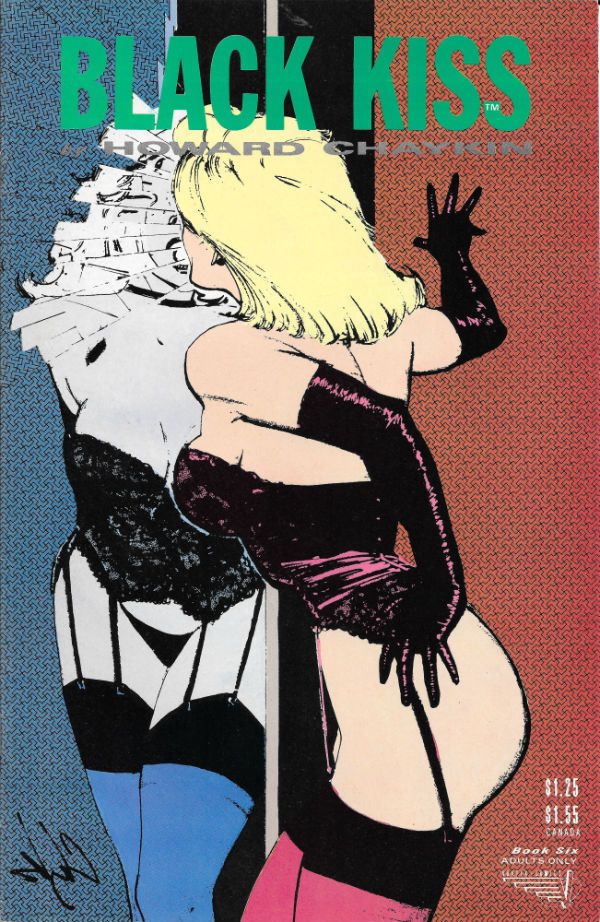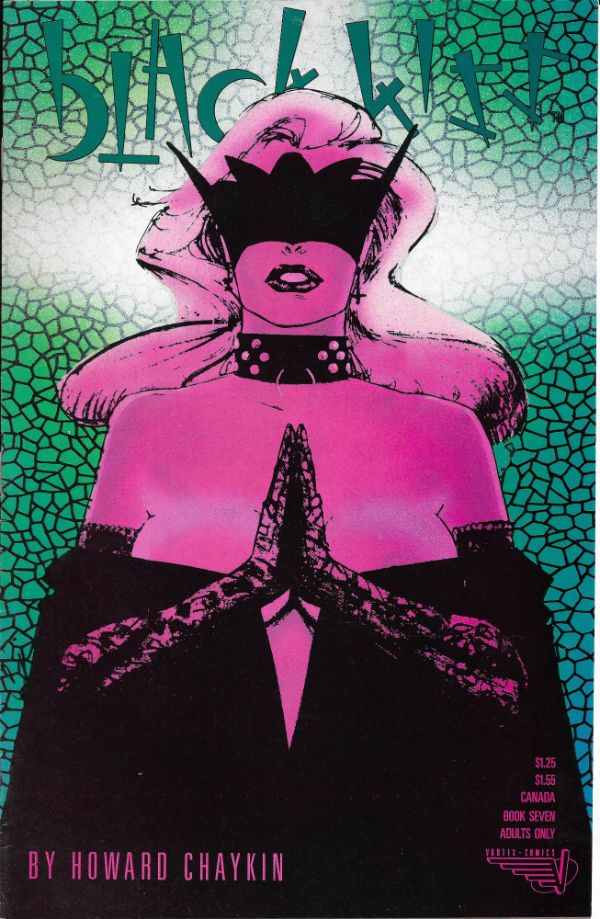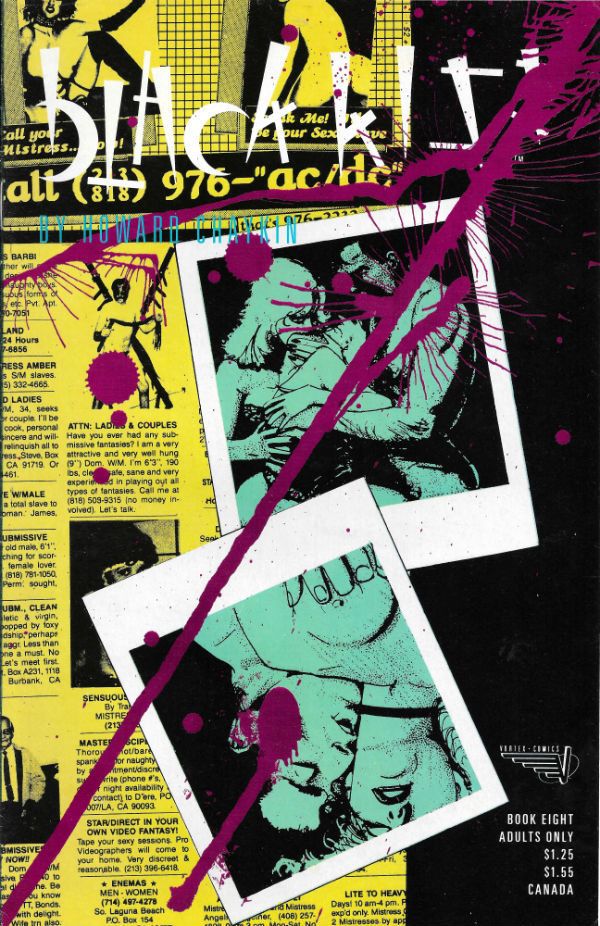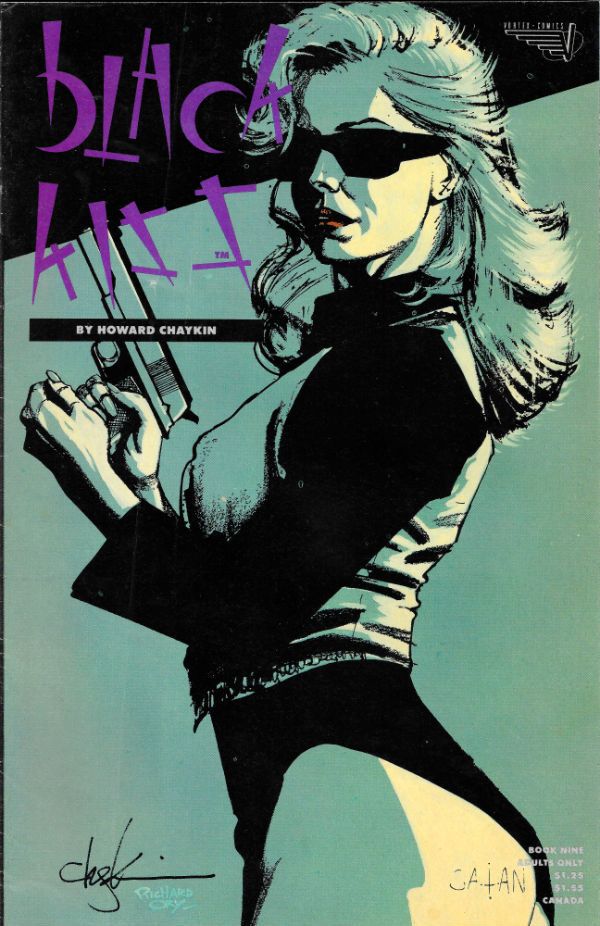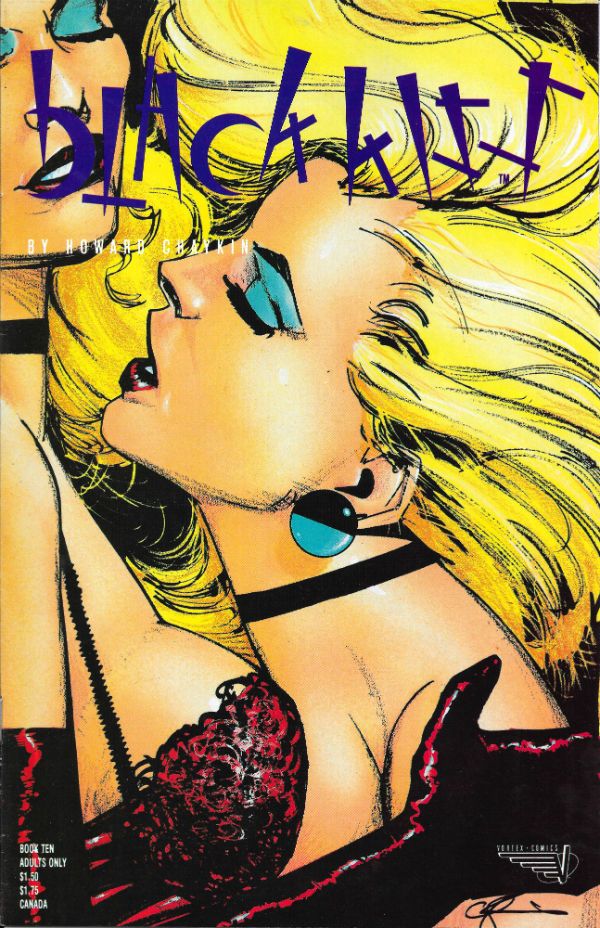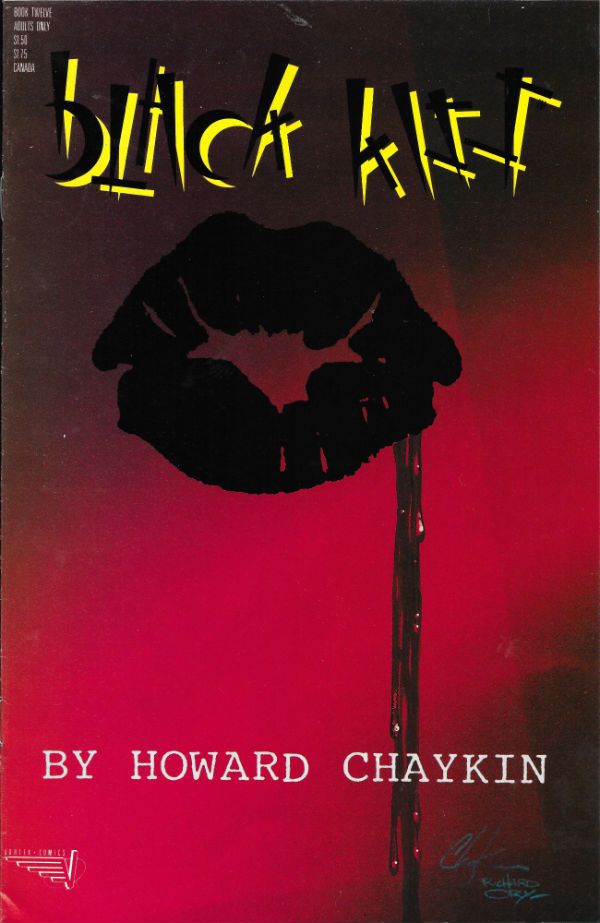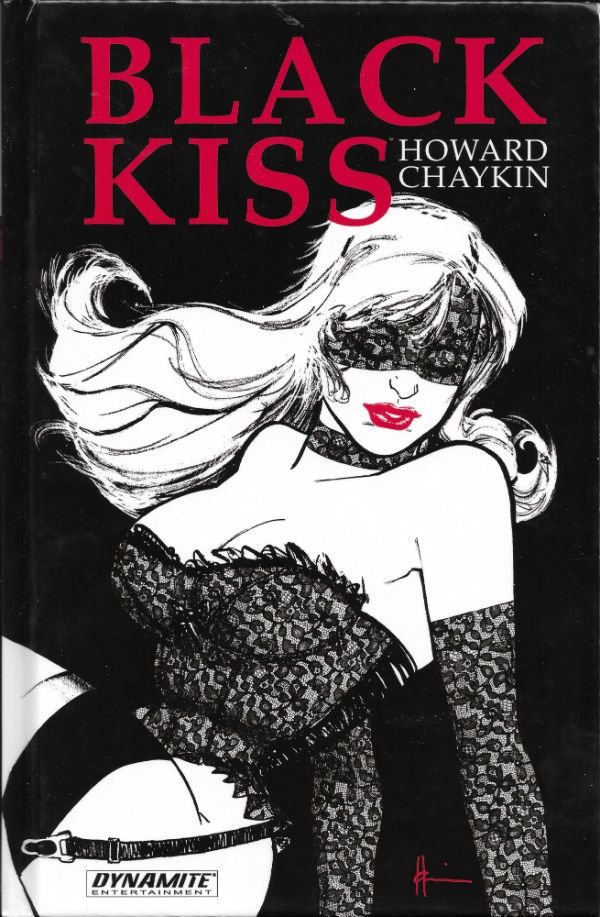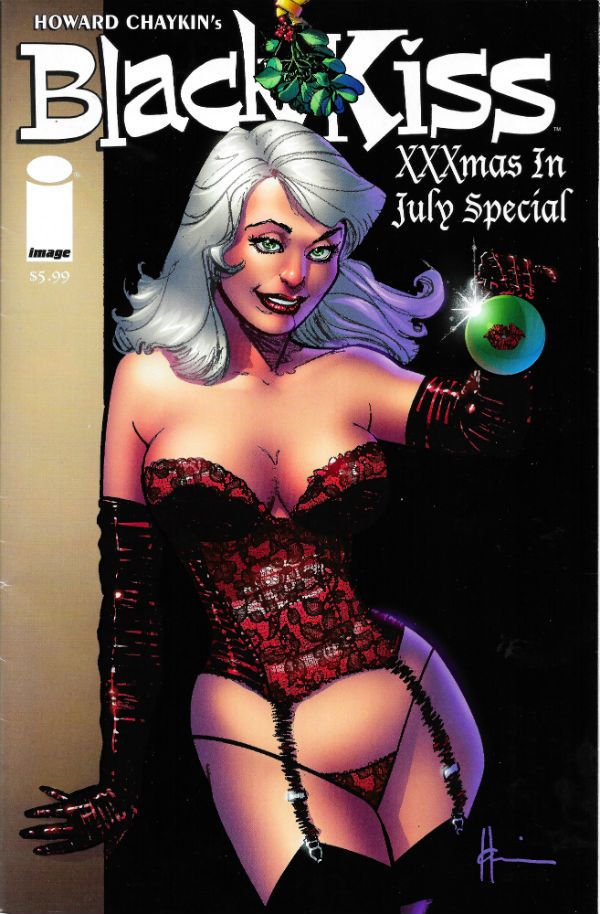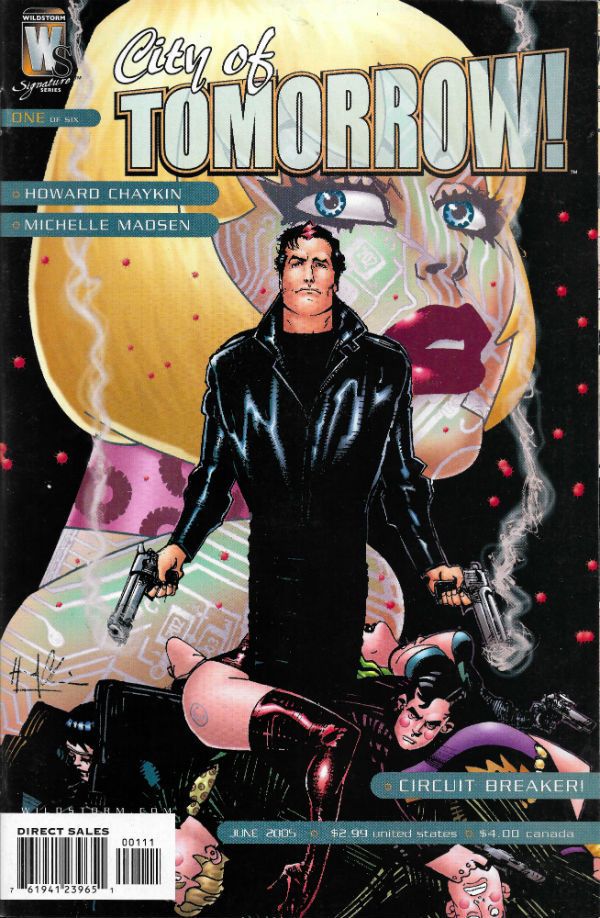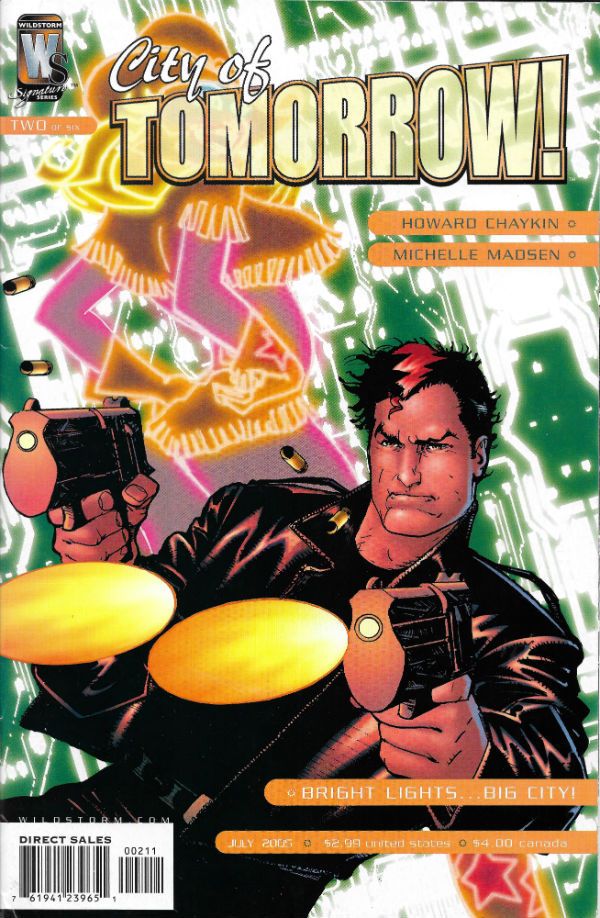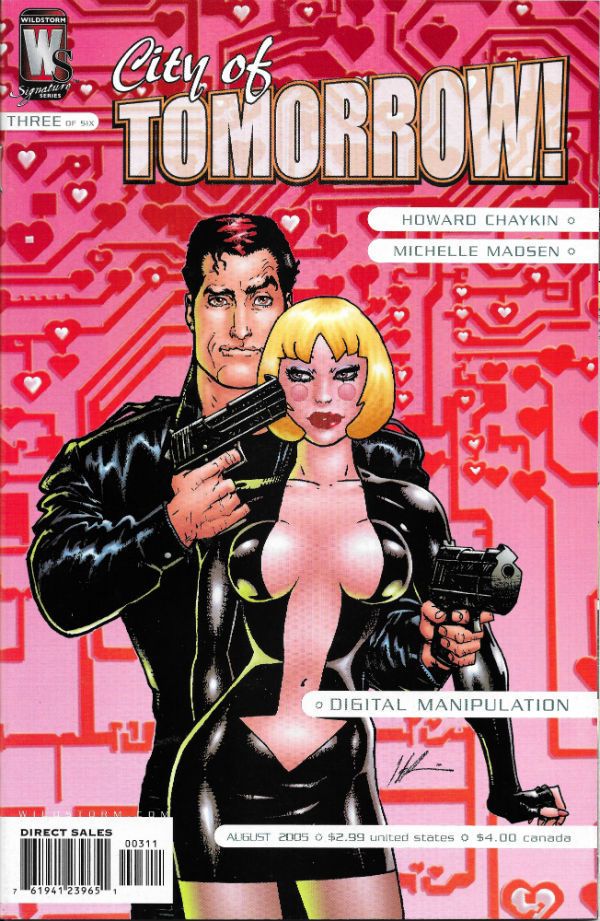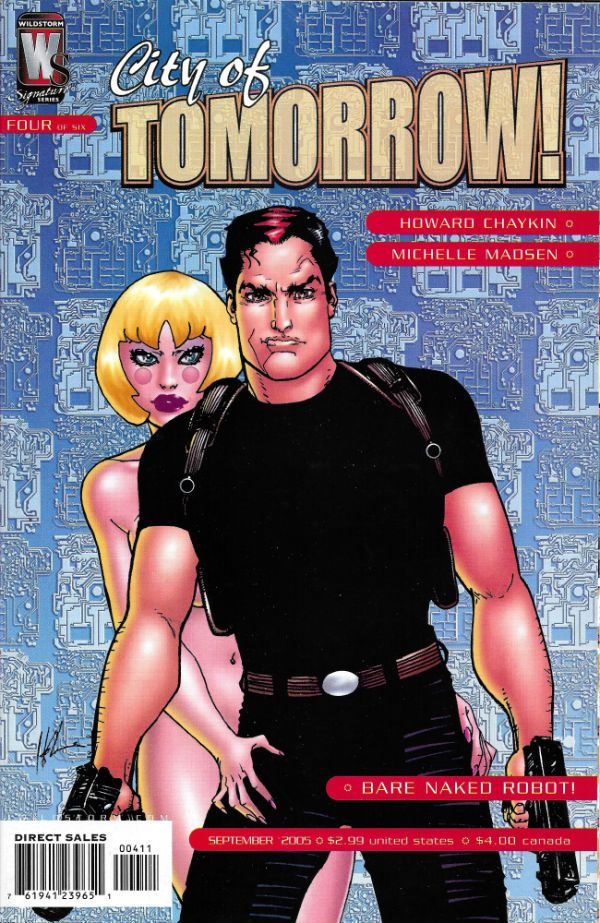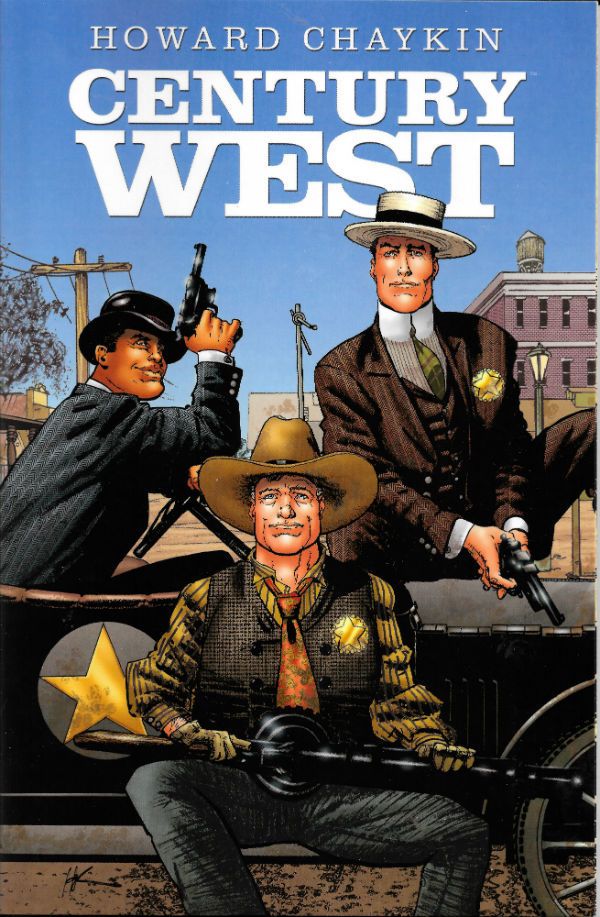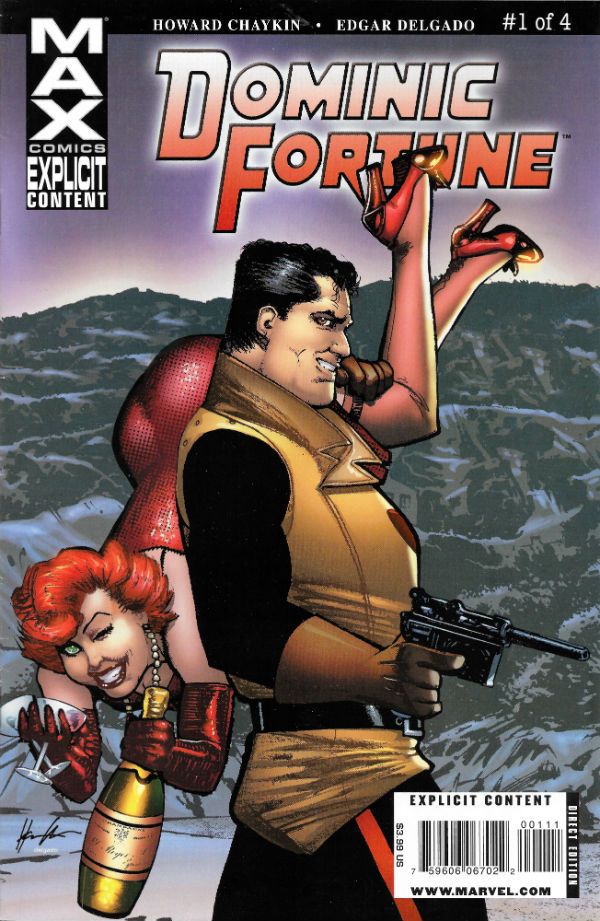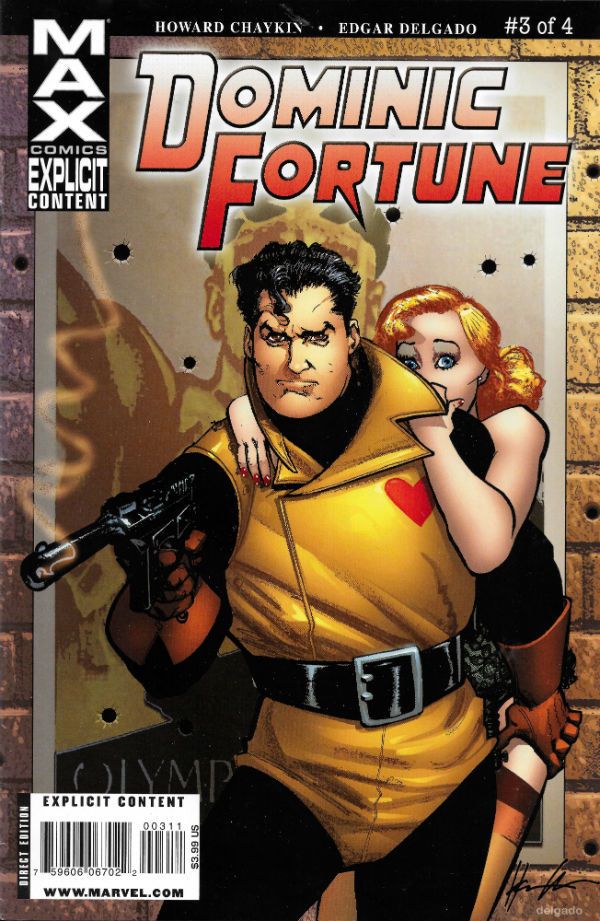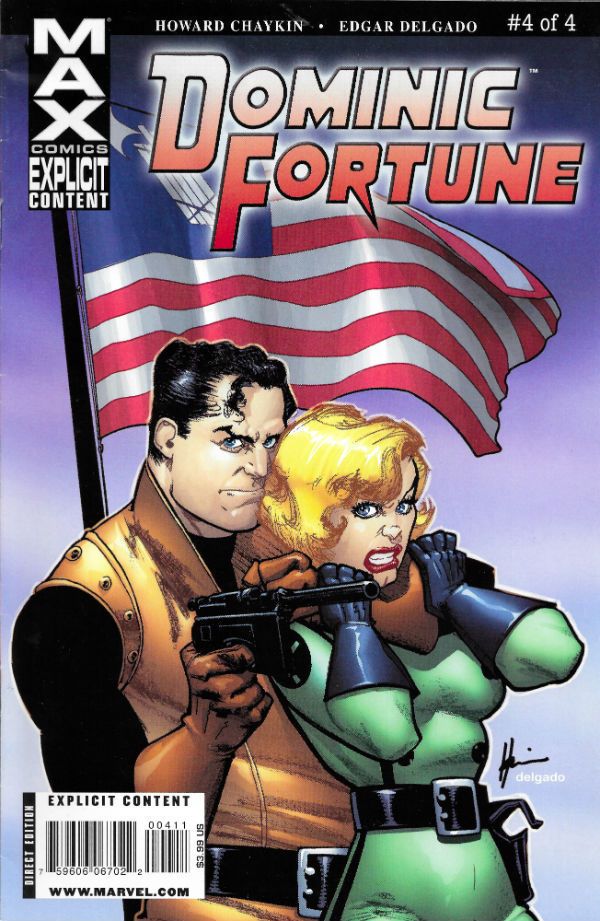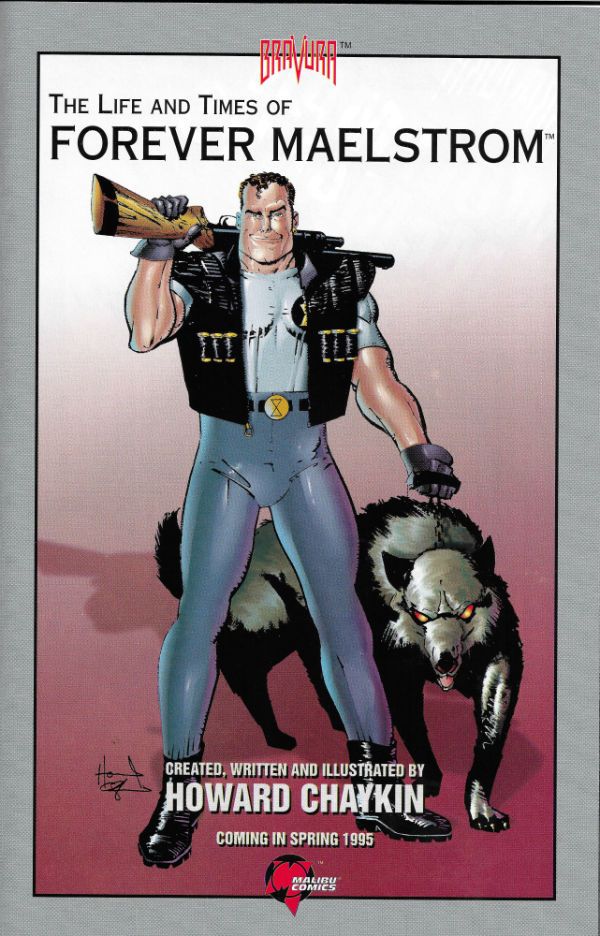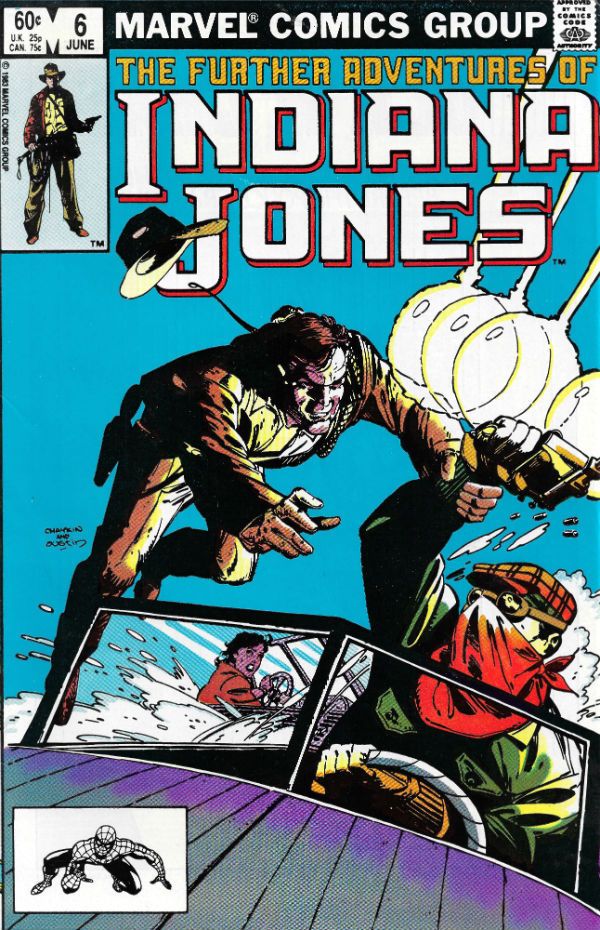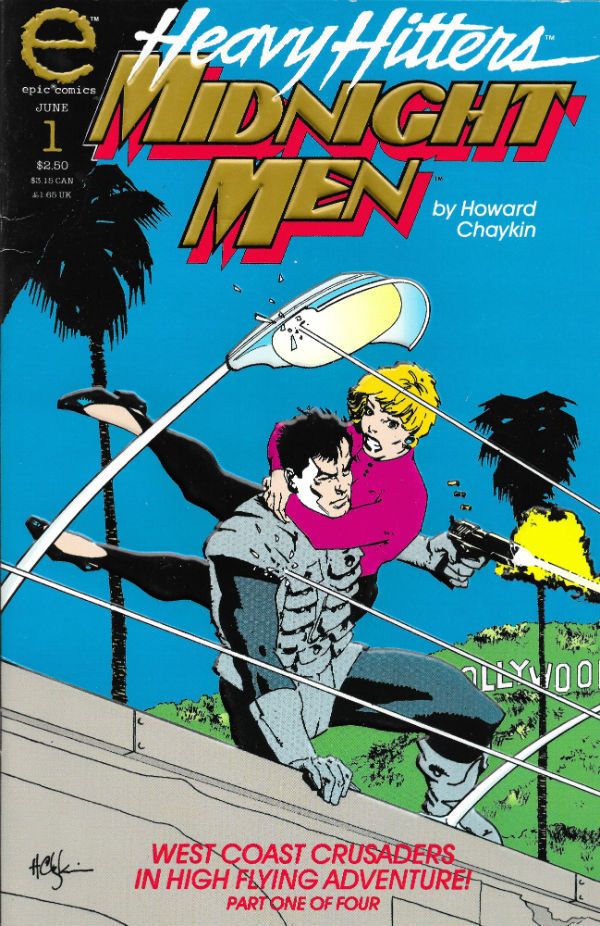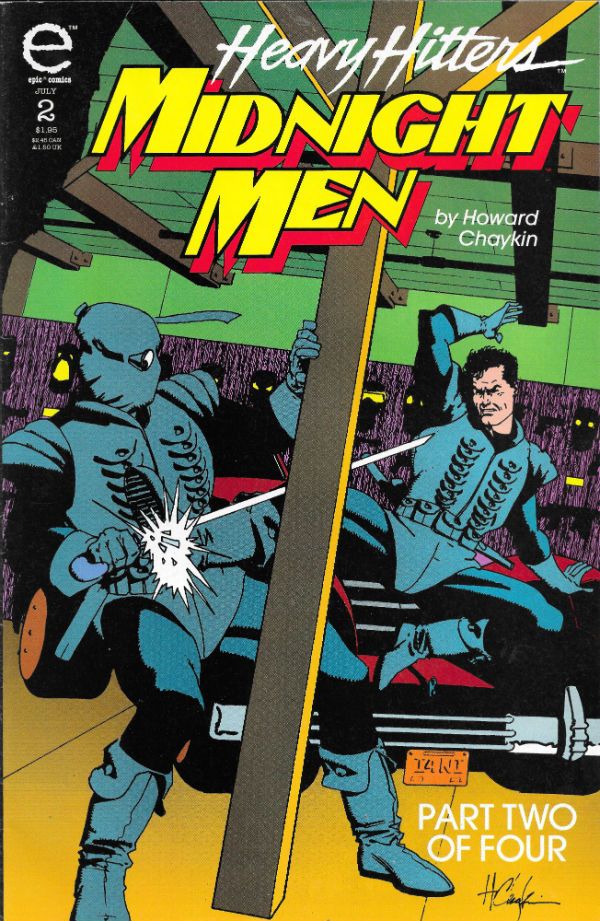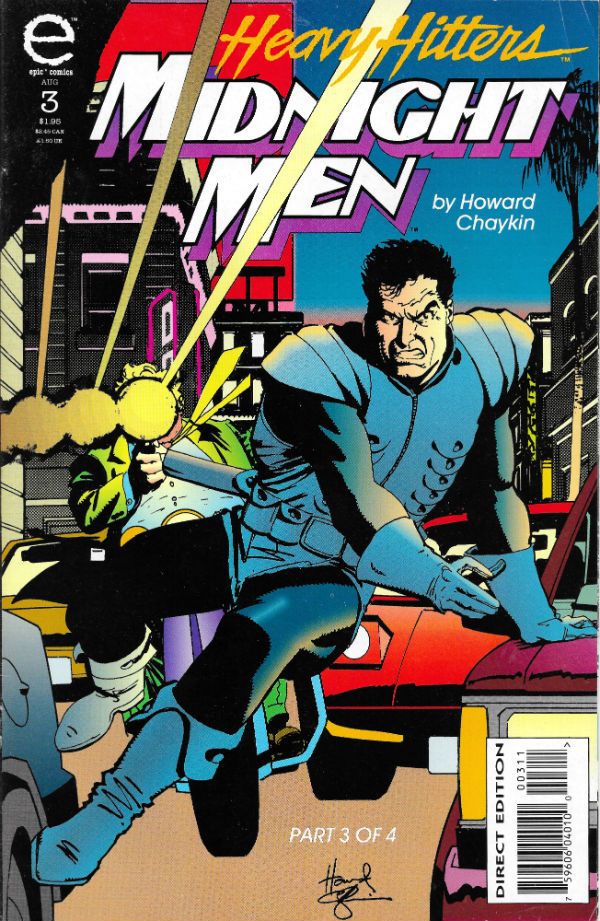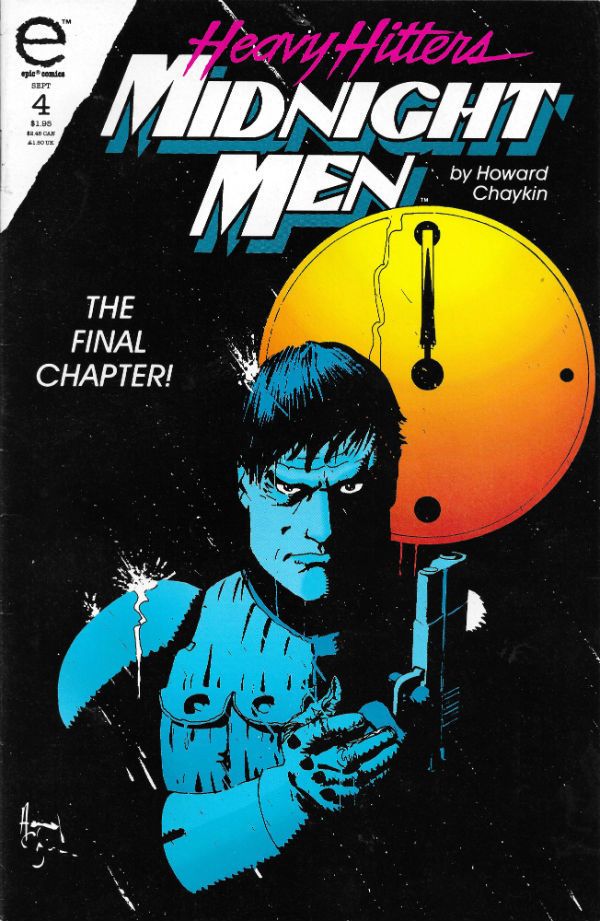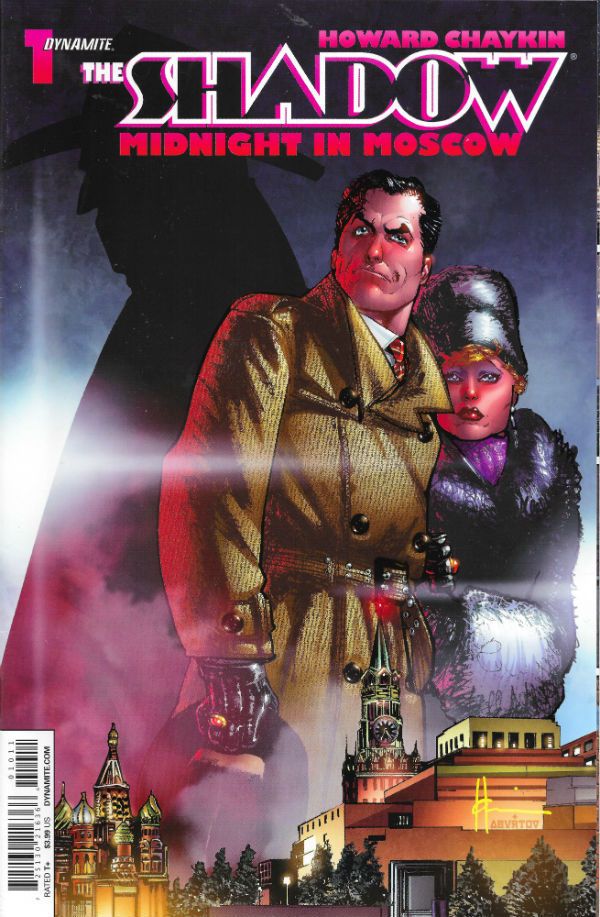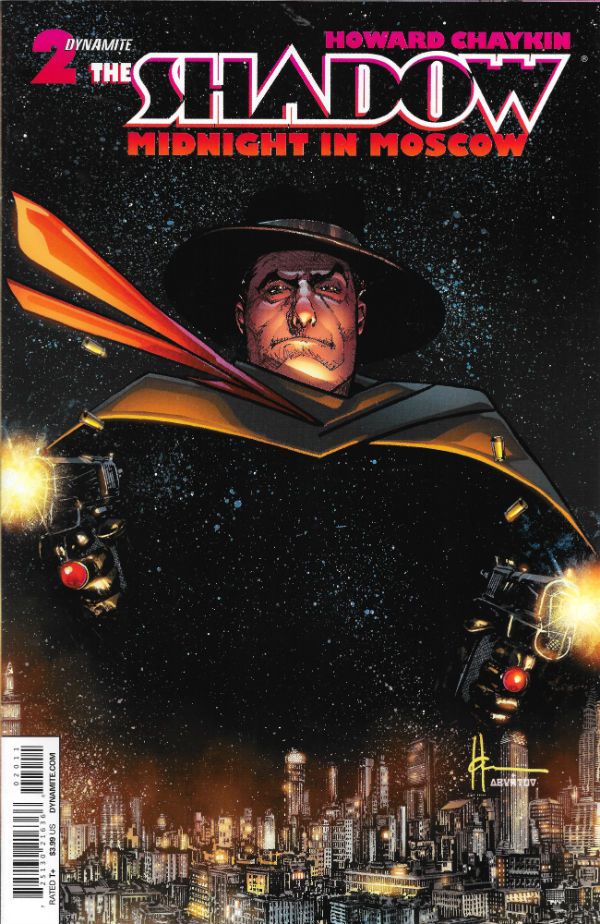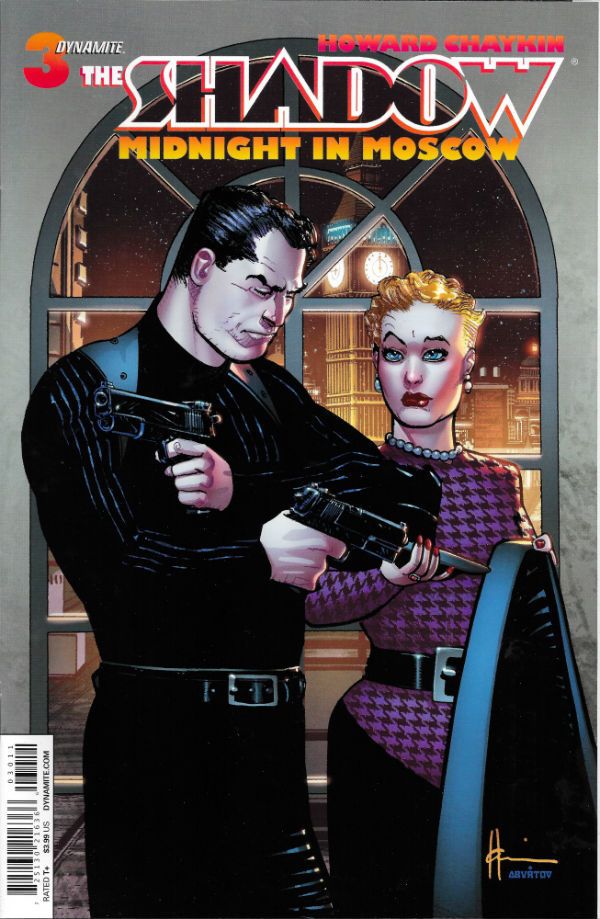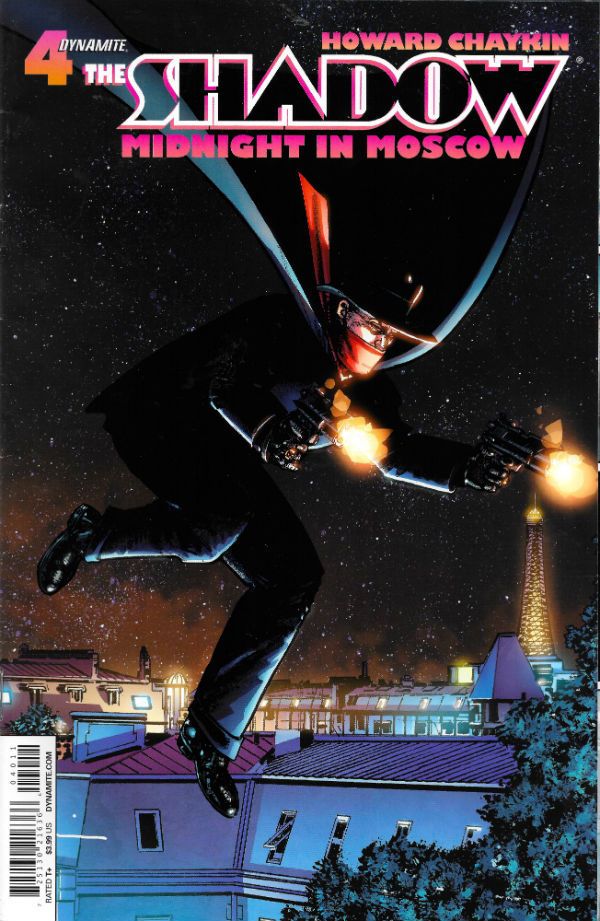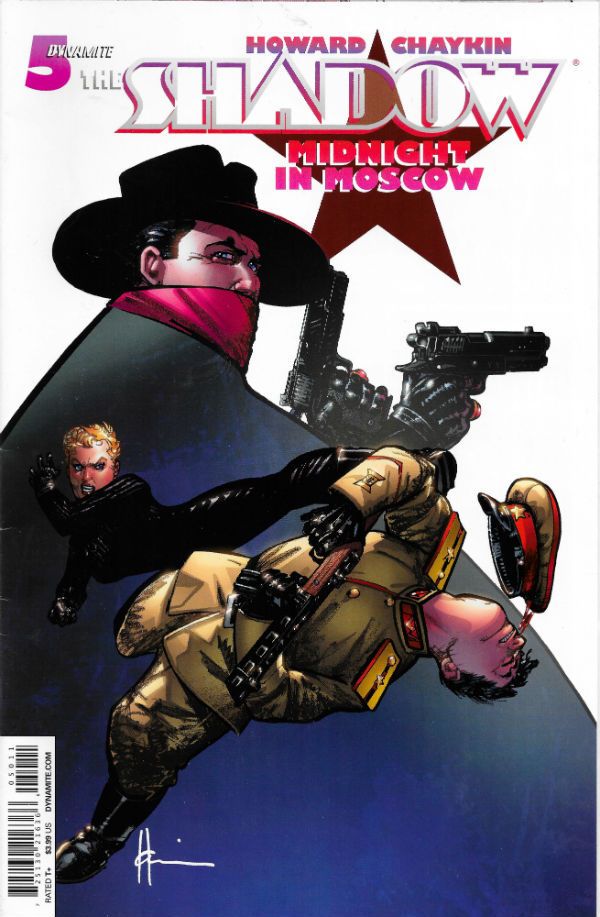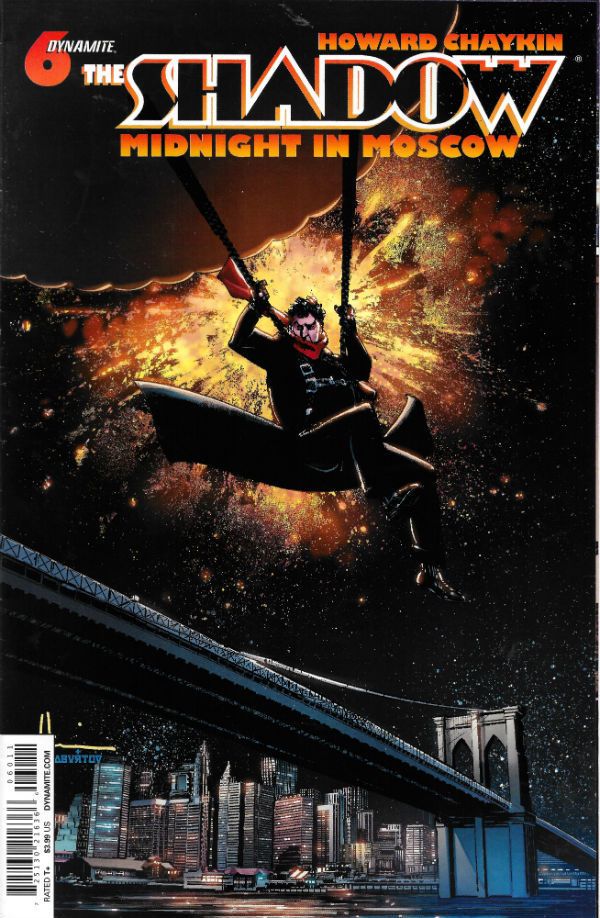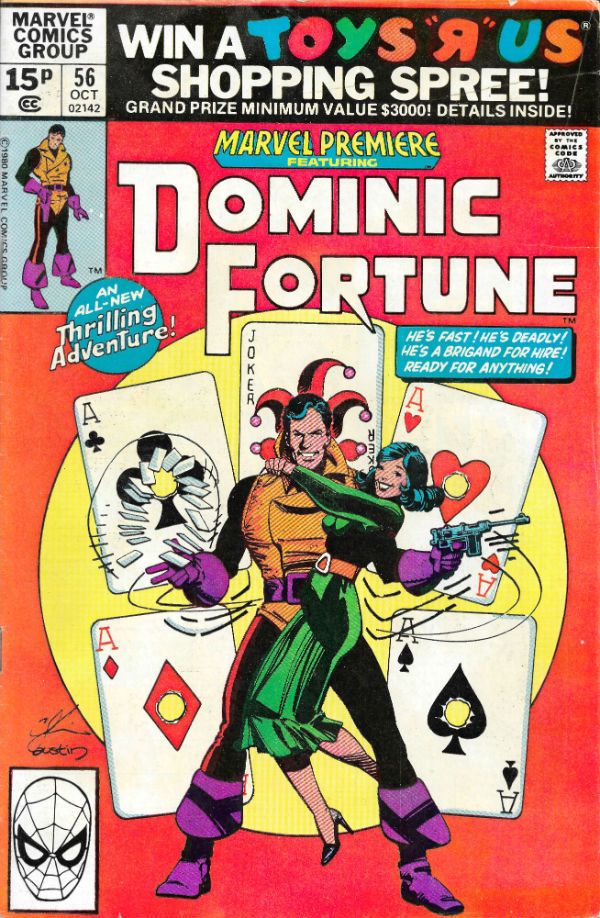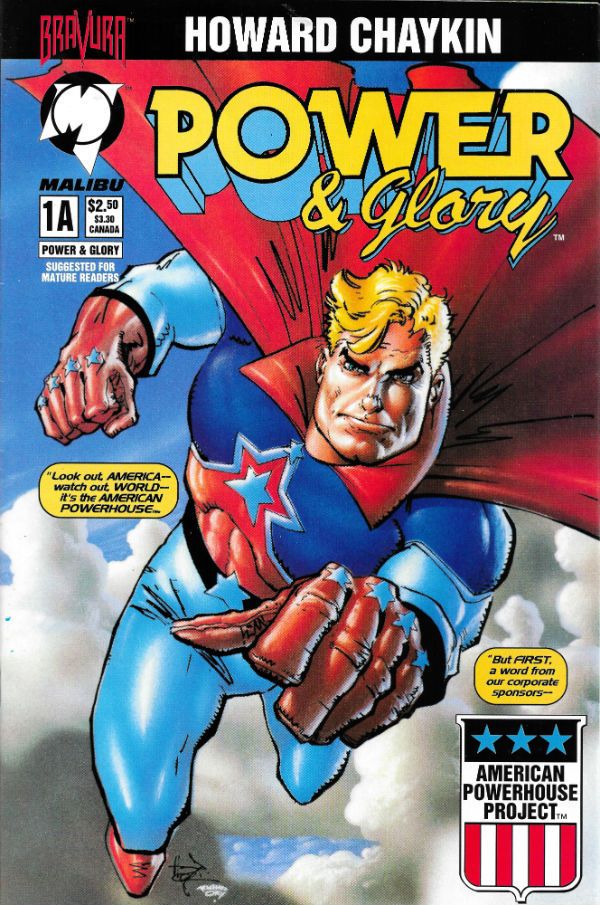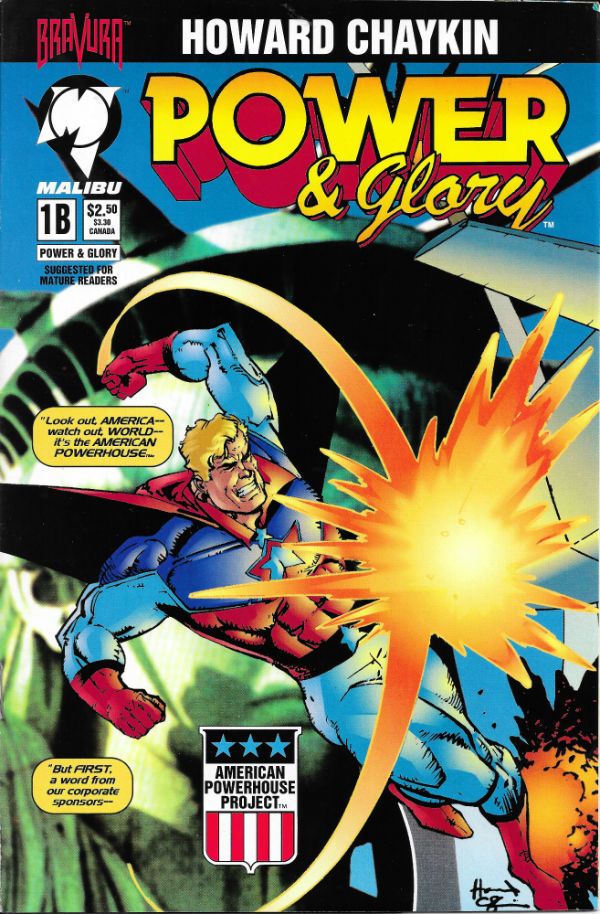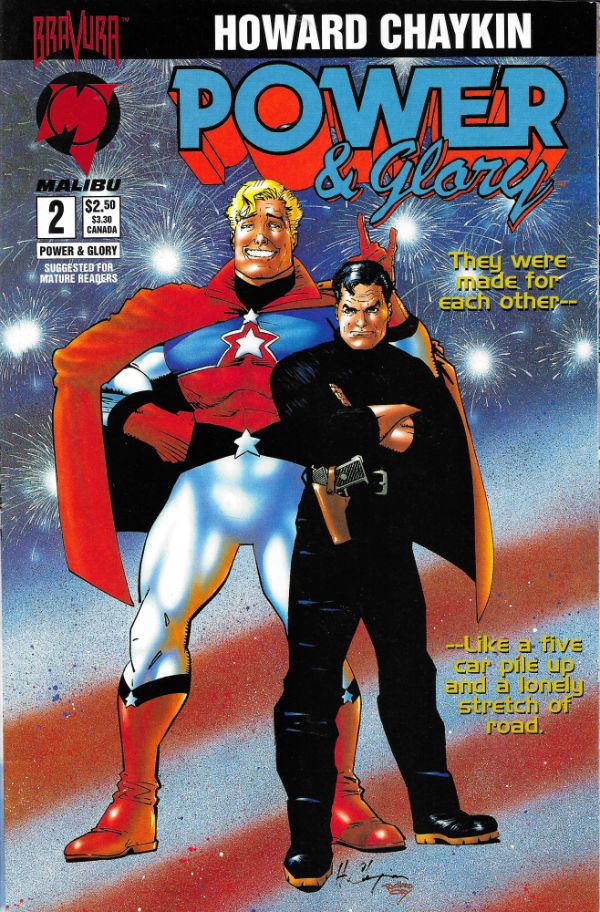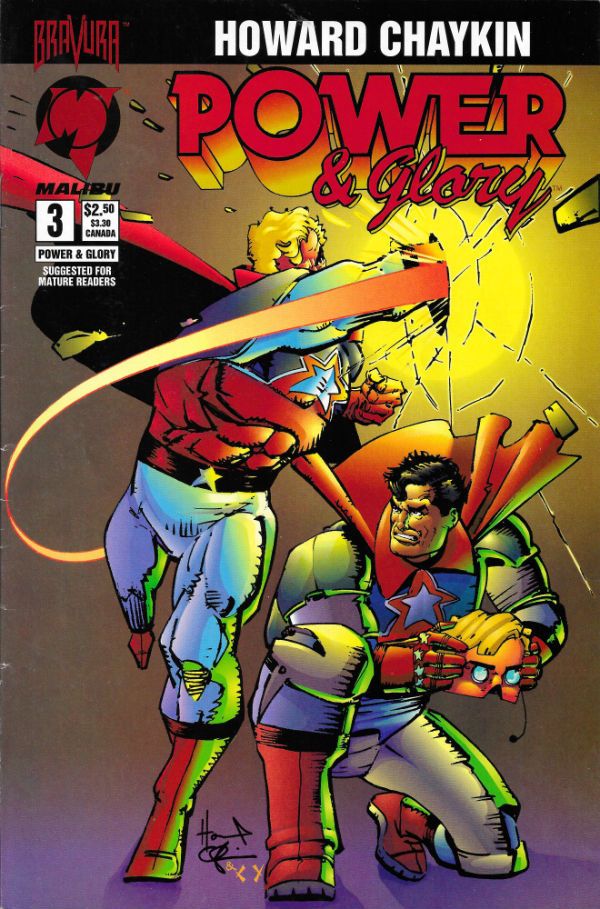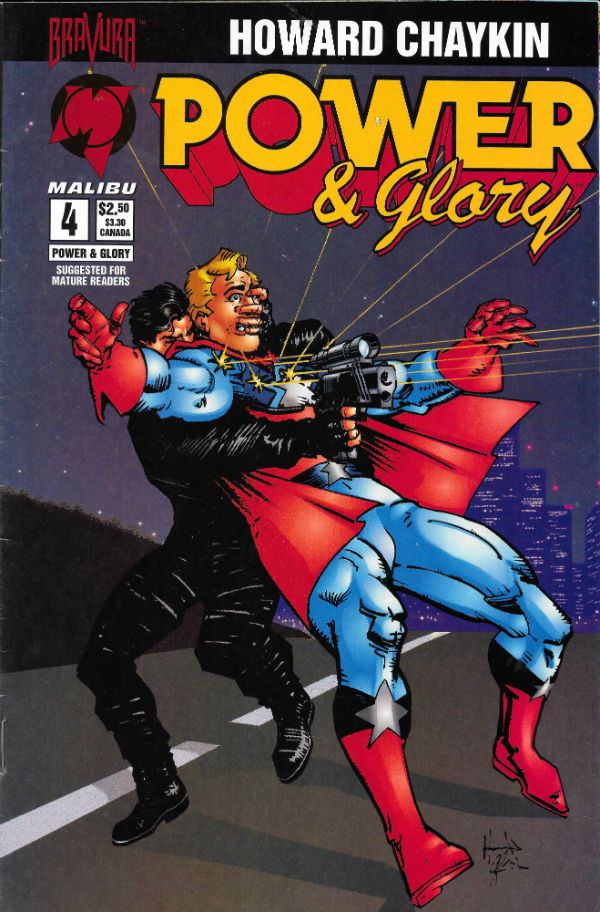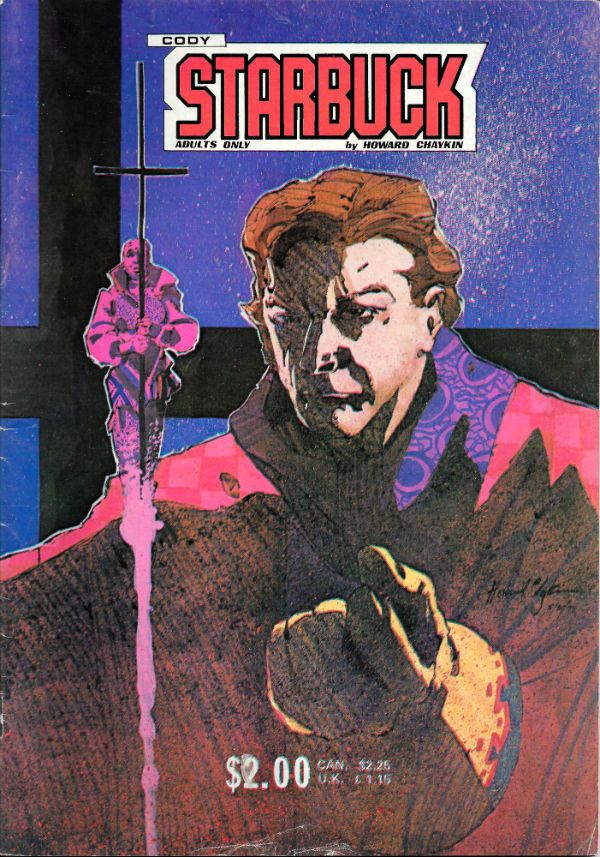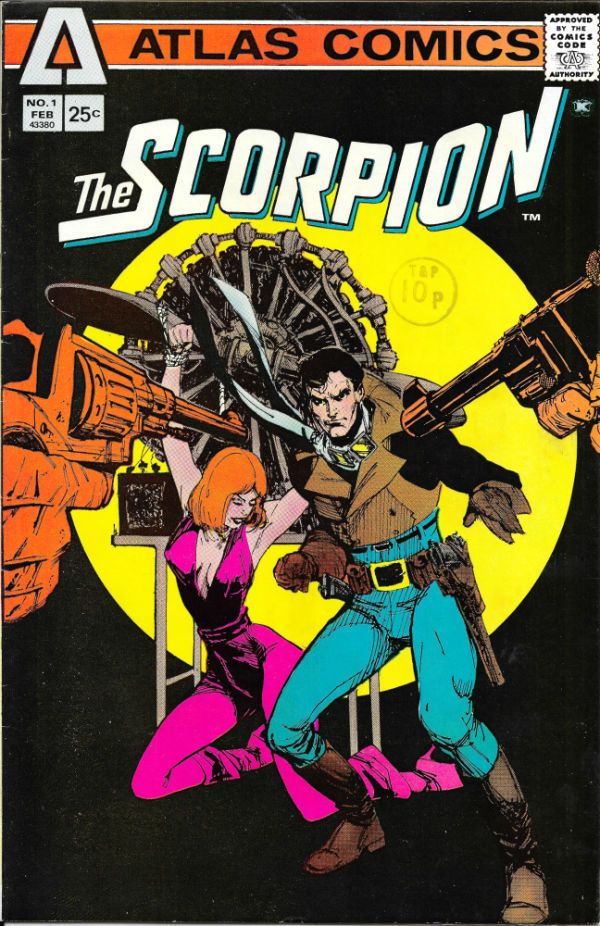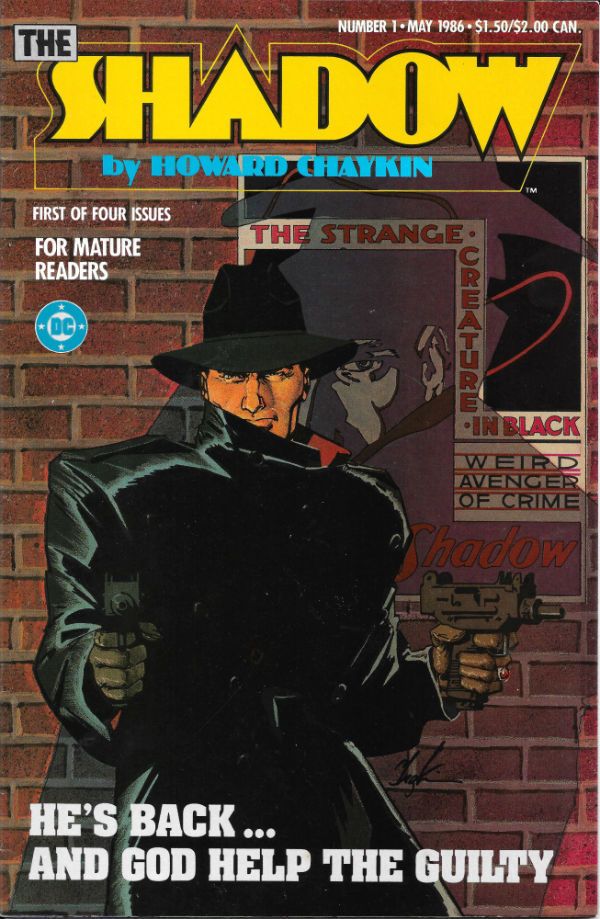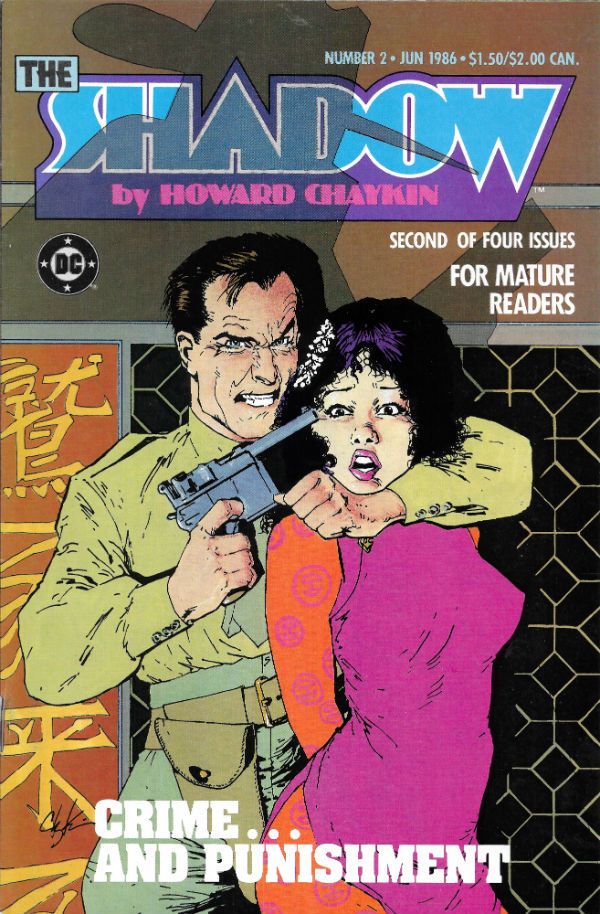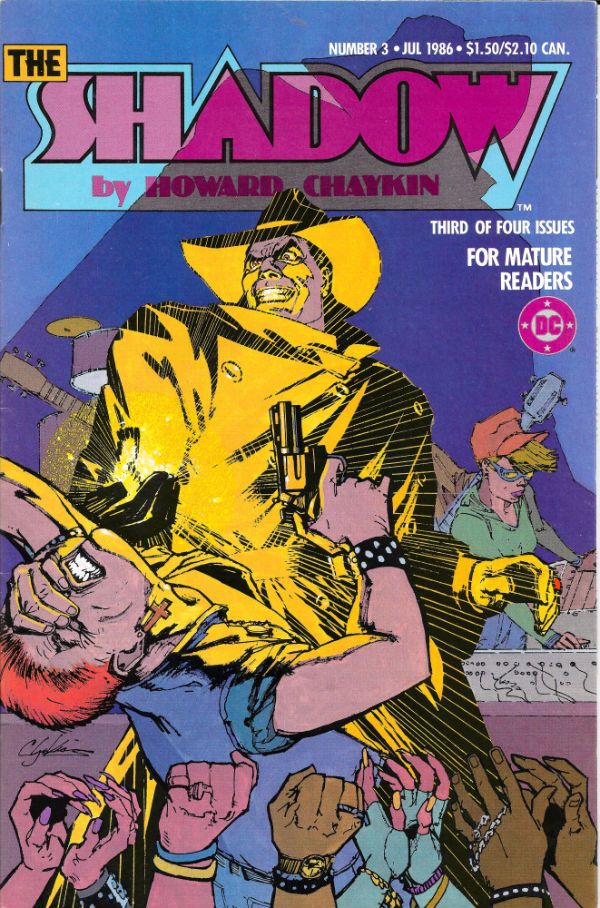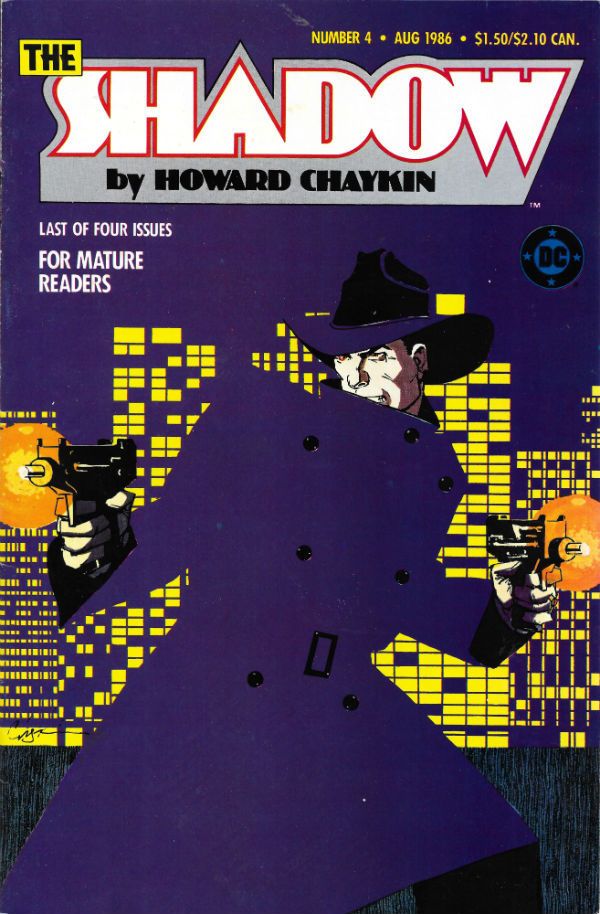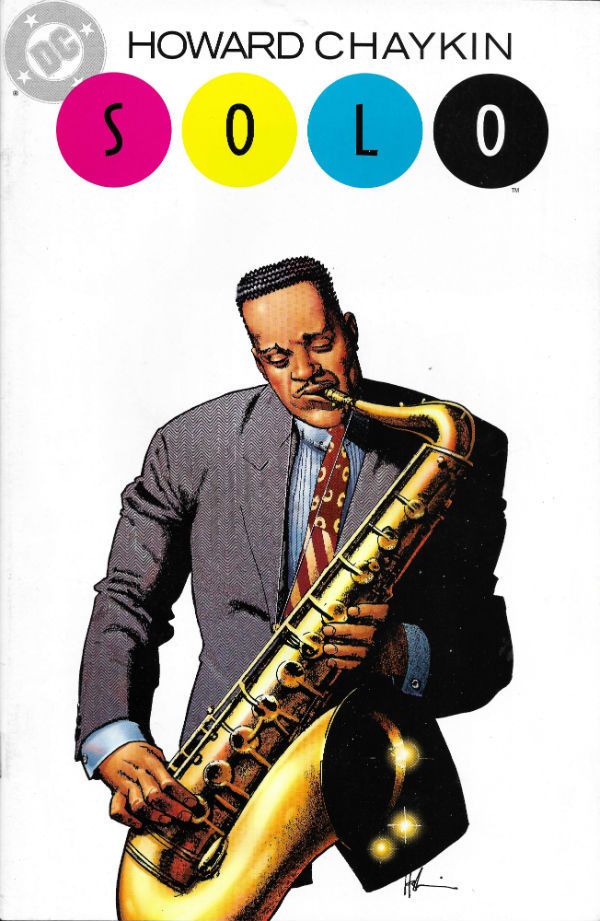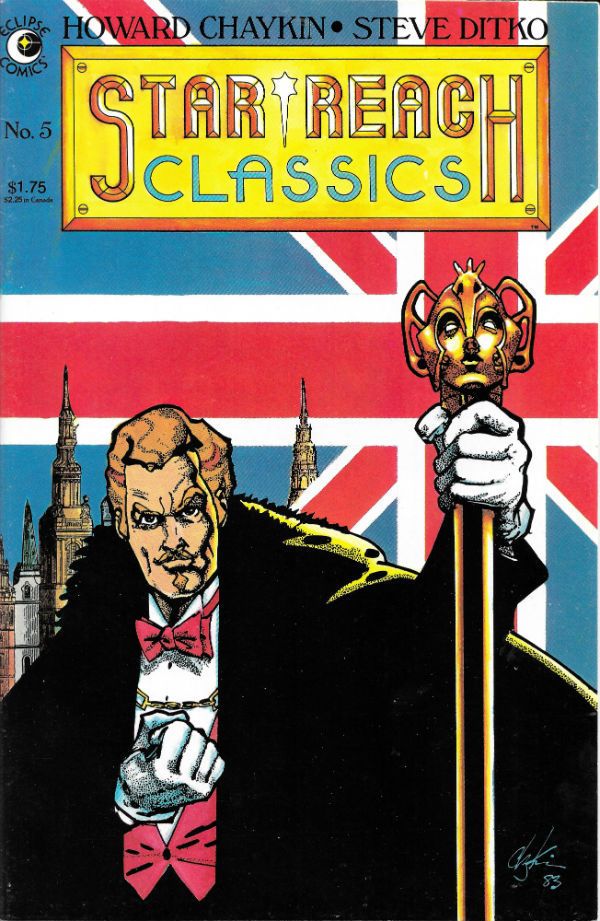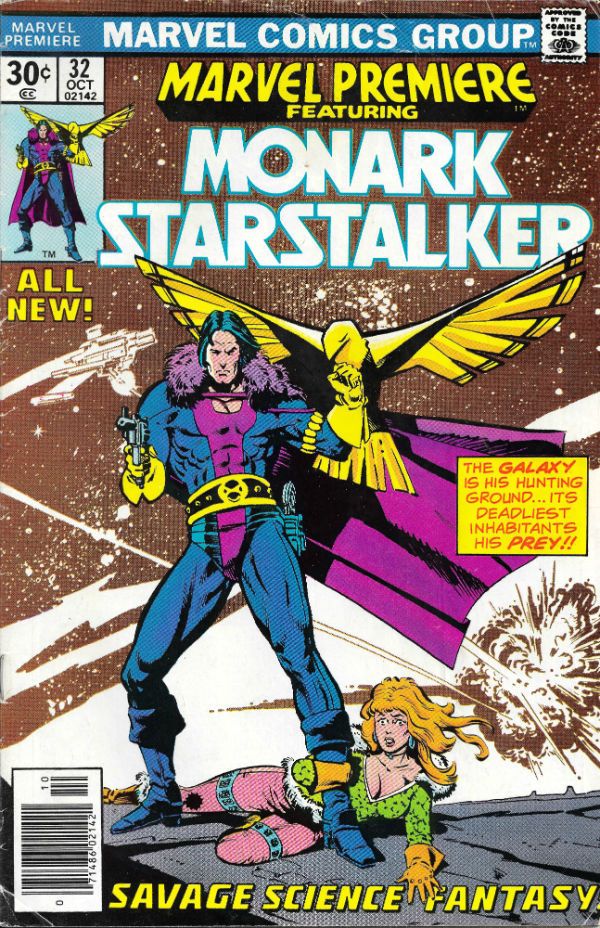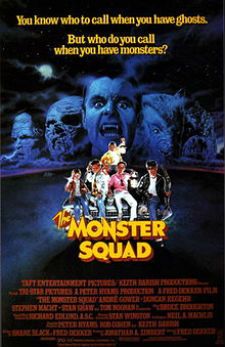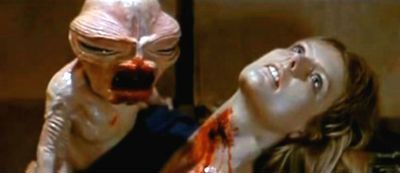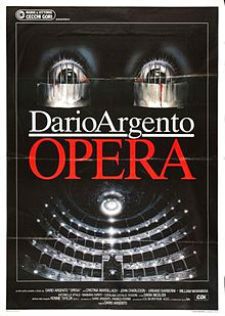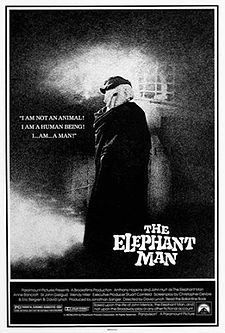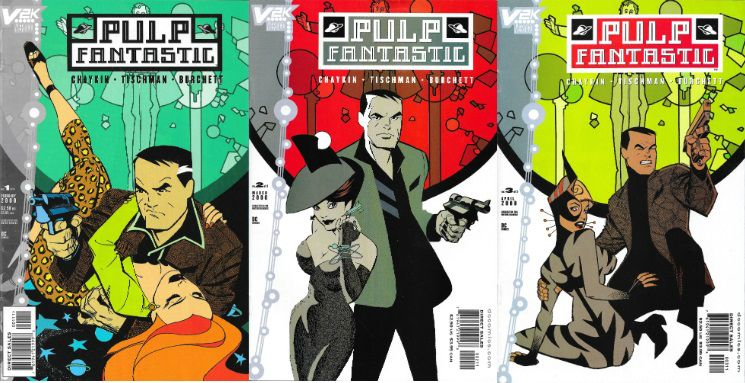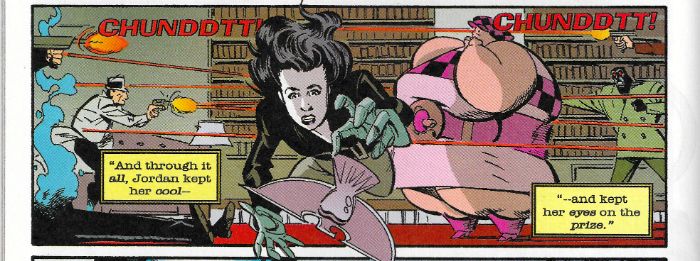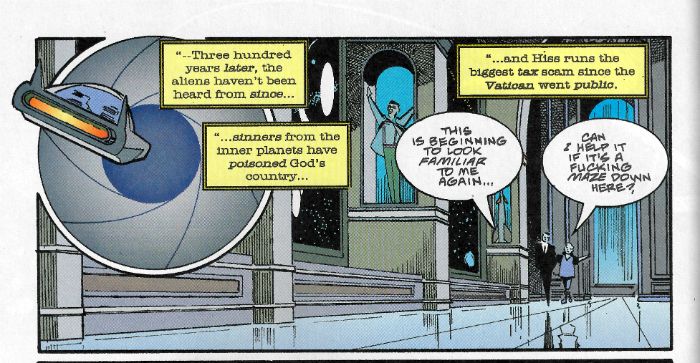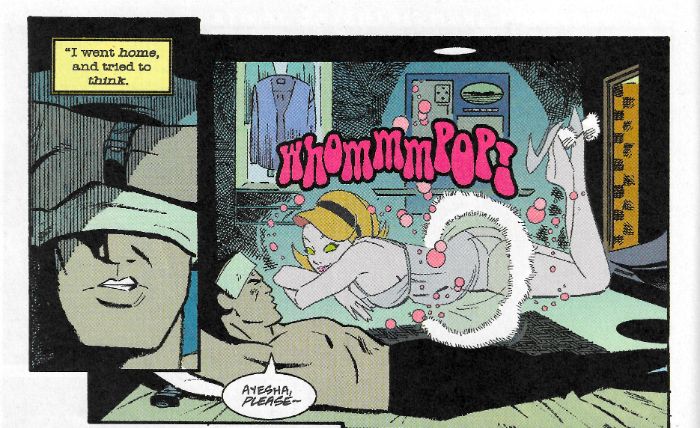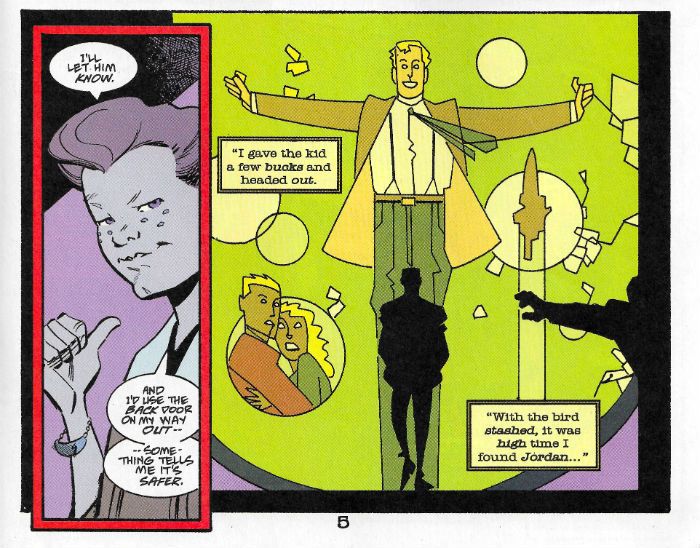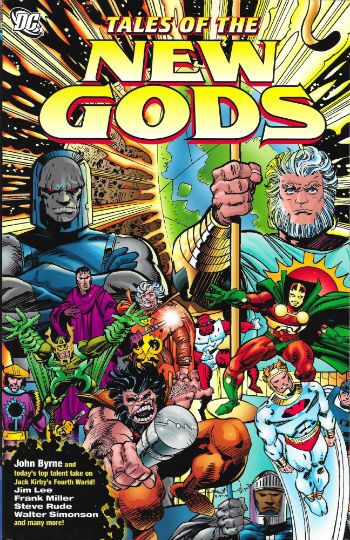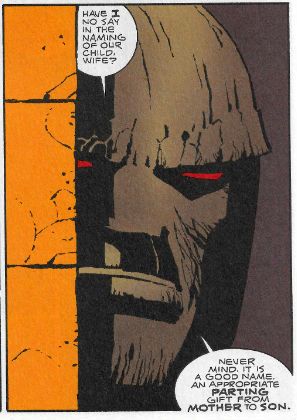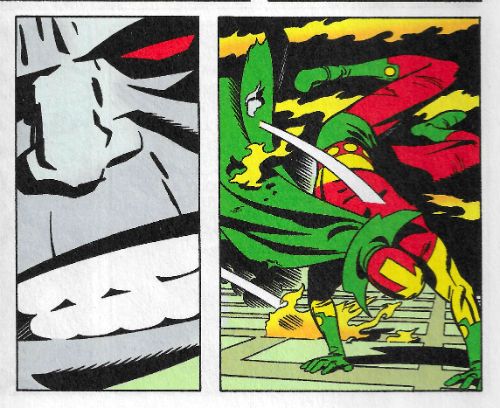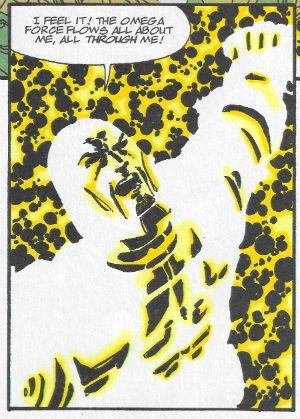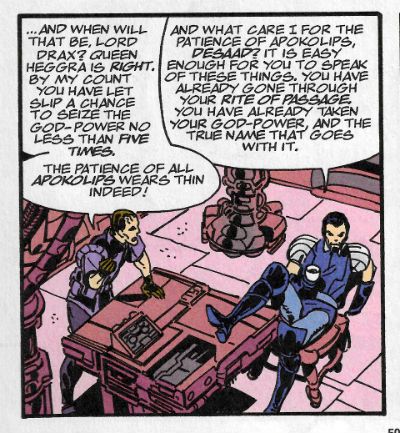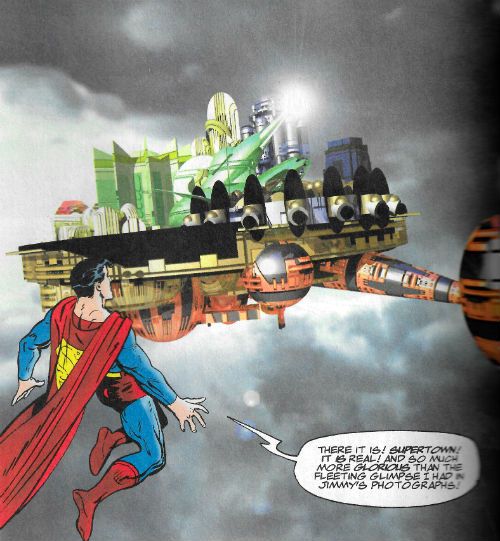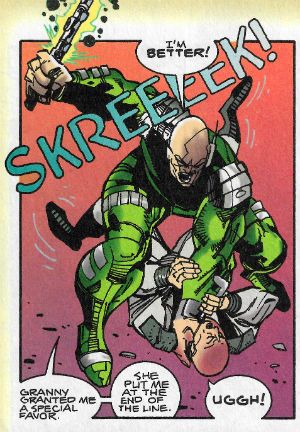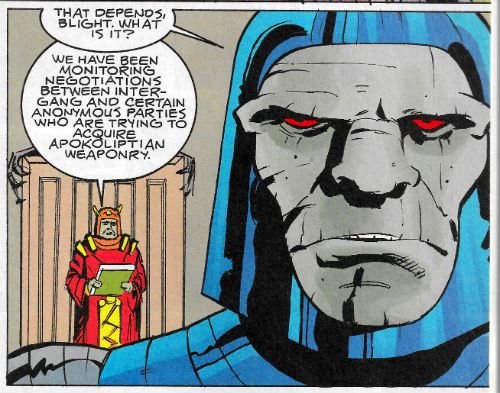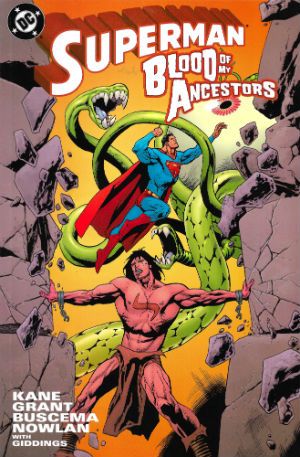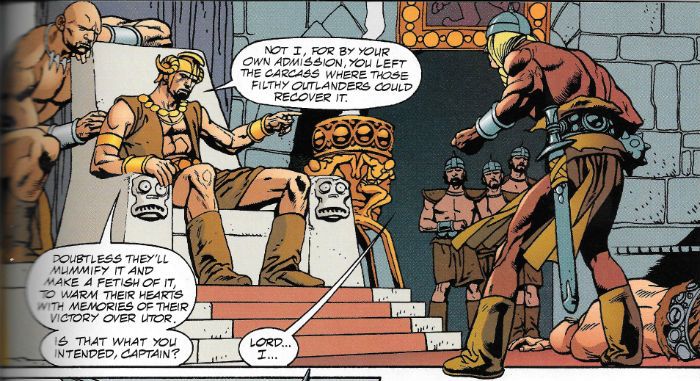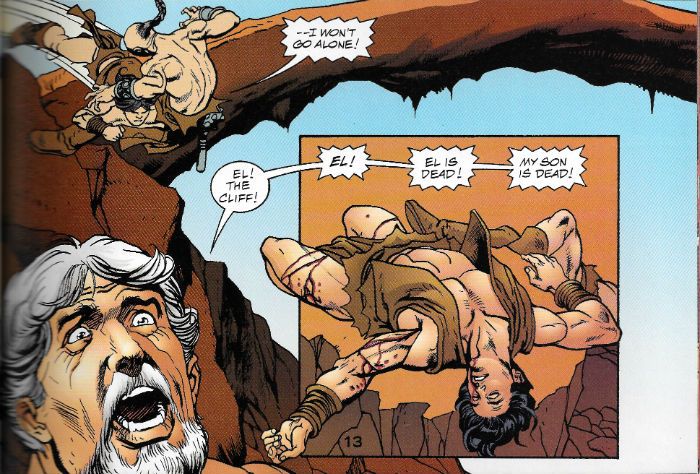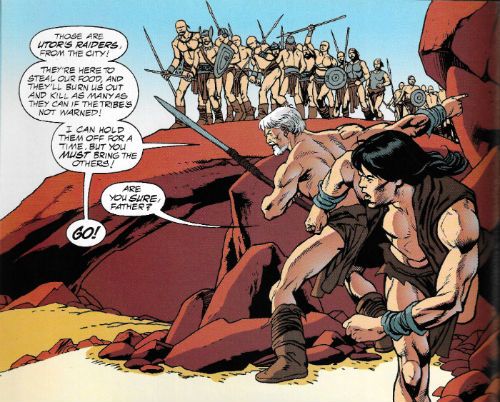“I Love It When Men Talk About Pork.” COMICS! Sometimes You Just Got To Keep On Killin' 'Em All 'Til All The Killin' Is Done!
/In which I look at some PunisherMAX comics. But not the PunisherMAX comics everyone likes. That would be too easy. No, these are the other PunisherMAX comics. The PunisherMAX comics no one ever mentions. The PunisherMAXes Garth Ennis didn’t write. Those PunisherMax comics.
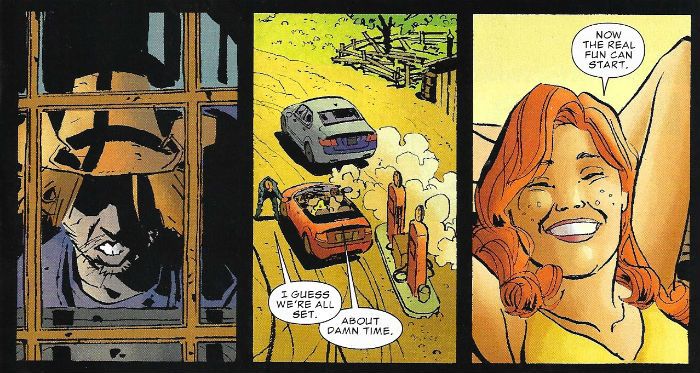 PUNISHER: FRANK CASTLE MAX by Parlov, Gischler, Loughridge & Petit
PUNISHER: FRANK CASTLE MAX by Parlov, Gischler, Loughridge & Petit
Anyway, this...
1) Half-Hearted Apologia:
So, yeah, I took a break which was fun. Except I have been following the news. We’ve got a General Election on, doncha know. Apparently The Tories are going to win despite the fact they make Norsefire look cuddly and their leader displays all the charm and humanity of Lady Darkseid; while their manifesto is centred around foxhunting and taking old people’s homes off them to sell to Lady Darkseid’s husband’s mates. Look I’m not saying the political class in this country are a shitshow but I’ve heard they are such a shitshow a bunch of shitshows are starting a Kickstarter to sue them for defamation of shitshows everywhere. They make shitshows look bad is what I’m saying. What I’m also saying is I’m a bit out of sorts and so for solace I turned to a big man with a gun shooting his problems in the face. Because I am civilized.
2) PunisherMAX: What Has Gone Before.
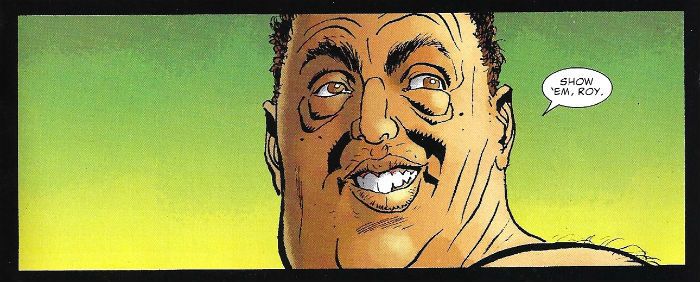 PUNISHER: FRANK CASTLE MAX by Parlov, Gischler, Loughridge & Petit
PUNISHER: FRANK CASTLE MAX by Parlov, Gischler, Loughridge & Petit
Despite sounding like an unwise purchase from a dispenser in a night club toilet PunisherMAX was a pretty good little run of comics. (The title of the comic varies for reasons known only to the minds at Marvel©™®, I've just left it as PunisherMAX because that joke wouldn't have worked.) Garth Ennis reined in his playground bully humour and delivered, via the art of many partners, a masterpiece of incrementally increasing horror. Starting off unpromisingly with brayingly unfunny crap like testicles in a paper cup, the series quickly transcended the oafish drollery of Marvel Knights Punisher by presenting essentially the same story but, and it really worked this, each time everything was that bit more appalling, until it all ended in a future so post apocalyptically awful that only the magnificent Richard Corben could do it justice. His story having being told Ennis jumped ship. Which is uncharacteristically wise behaviour from a comics writer, it must be said. But Marvel©™® weren’t giving up a critically lauded cash-cow that easily. So the book limped on under a number of writers. That’s ungenerous of me. While these issues pale in comparison to Ennis & pals’ nightmarish epic, well, so do most comics. Taken as their own thing these issues of PunisherMAX are pretty entertaining Thug With A Gun stuff.
3) It’s Not Sordid, Ma! It’s Purgative!
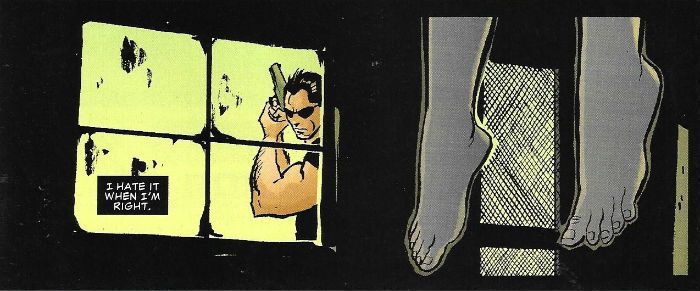 PUNISHER: FRANK CASTLE MAX by Parlov, Gischler, Loughridge & Petit
PUNISHER: FRANK CASTLE MAX by Parlov, Gischler, Loughridge & Petit
There’s not really much point gussying it up, The Punisher isn’t literature, was never meant to be literature and is highly unlikely to ever be literature. The whole ethos embodied by The Punisher comes from a bad place. And I don’t mean Brooklyn. Wacka wacka wacka! The Punisher comes from that subterranean pit of the male psyche that wants violence to solve everything, and to be the biggest dick in a world of big dicks. The Punisher is the poster boy for the inadequate revenge fantasy in all of us. Even those who aren’t white or male. We’ve all been hurt and felt the lesser for it, and we’ve all wanted to fuck that fuck’s shit right the fuck up. But most of us don’t. Because we can’t. But Frank can. In these issues Frank faces off drug traffickers, monied sociopaths and inbred hicks. And he fucks aaaaaaall their shit up. Of course two seconds later the vacuum left by these corpses is filled by other drug traffickers, monied sociopaths and inbred hicks. Frank forever crops the Weed of Evil but he never pulls out the roots. Because that’s complex stuff, the kind of stuff that requires social funding, education, rehabilitation programmes, investment in social infrastructure and a genuine push to eradicate the inherent inequality of a social system which rewards the few at the cost of the many. That’s not really Frank’s bag. He does do as much good as a nutter with a gun can, though. Fair’s fair.
4) The Men Who Aren’t Garth Ennis.
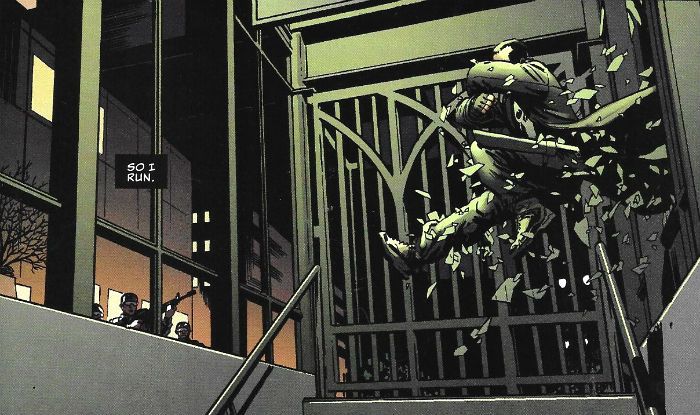 PUNISHER: FRANK CASTLE MAX by Lacombe, Swierczynski, Staples & Petit
PUNISHER: FRANK CASTLE MAX by Lacombe, Swierczynski, Staples & Petit
It’s an interesting roster of writers too; all taken from the Crime section of the library. No strangers to chewy macho action these guys. Obviously I’ve not read them, because that would require some degree of professionalism, but I did look at the titles they have penned. Greg Hurwitz has The Kill Clause, Troubleshooter, Bullet Fucker, etc; Victor Gischler has Shotgun Opera, Gun Monkeys, Kalashnikov Suppository, etc; and Duane Swierczynski has Revolver, The Wheelman, Vegan Cooking For Busy Moms, etc etc. All burly, well-ripped titles which suggest that though they may sit behind desks these guys could crack concrete blocks with their cocks. It looks like these guys are the guys (and they are guys) who write the sweaty meats in the carvery of literature. The kind of thing where some dude (and it is usually a dude) with a harrowing past still somehow manages to be superhumanly capable in the violence stakes when push comes to shove. And push is forever coming to shove. The kind of stuff mechanics would have had rolled up in their oil stained back pockets in gas stations all across the American Past. In the American Present they are read by men who know what a latte is, and think a harrowing past is that time the wifi acted up and they couldn’t smoothly stream that episode of Veronica Mars involving the cupcake and the chimp. Times change but men don’t, is what I’m getting at there. Men will always want to be able to punch through someone’s skull so hard they wear the luckless chump’s face like a glove. And to be right in doing so. All men. Rabbis and Social Workers too. Particularly Rabbis and social workers. Especially Rabbis and Social Workers. I don’t mean to be a misogynist prick but I imagine women are different to men in this respect. Maybe not, I’m not willing to speculate. But men? I know whereof I speak. And being a man I am not immune to the sweaty charms of these comics .
5) At Long Goddamned Last The Actual Comics (Cue Fanfare!):
GIRLS IN WHITE DRESSES PUNISHER (AKA PUNISHERMAX) #61-65 Art by Laurence Campbell Written by Greg Hurwitz Coloured by Lee Loughridge Lettered by VC's Cory Pettit Covers by Dave Johnson The Punisher created by John Romita Snr, Ross Andru & Gerry Conway Marvel©™®, $ 2.99 (2008)
First up we have ‘Girls in White Dresses’ which is one of those festivals of testosterone where a poor Mexican town has to get some violent gringos in to sort out their problems. This kill riff goes back at least to The Magnificent Seven (1960), maybe further. (I don’t really have time to look into the tenacity of the “America as Saviour of Mexico” genre. But I do know it was done best in The Three Amigos (1986)) In this case of course the Mexican town in question requires the help of a singular gringo, Frank Castle. Frank doesn’t need six companions, because friends are for the weak. More like the Feeble Seven, eh Frank? Frank Castle just needs to know two things: where the bad guys are and what’s the name for that depression between your nose and top lip. Keeps him awake at nights that does. That and the memory of his dead wife and kids. (It’s the philtrum, Frank. Sleep that bit easier now, old warrior.)
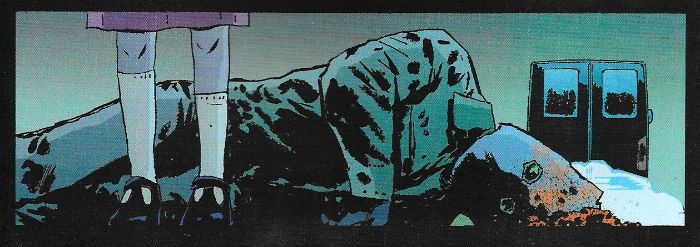 PUNISHER: FRANK CASTLE MAX by Campbell, Hurwitz, Loughridge & Petit
PUNISHER: FRANK CASTLE MAX by Campbell, Hurwitz, Loughridge & Petit
It’s full of the usual butch silliness right from the start, like the way Frank spots his tail because he is wearing a big cowboy hat. (So if you ever do tail a psychotic ex-‘Nam mass murderer, a big cowboy hat might not be the best headgear to go with. Every day is a school day.) Also nice was the way Frank reins himself in from killing the tail because under the hat is an old man. Old men are of course completely harmless. I guess Hurwitz has never seen The Wild Bunch (1969), Bubba Ho-Tep (2002) or ever been in the vicinity of Pappy Kane when he’s that way out. It’s good that Frank stays his hand because then el anciano is able to petition him for aid and thus the comic doesn’t end suddenly. For as is traditional in the America-Helps-the-Mexicans genre the village has scraped together less than you spent on an iPad to sweeten the pot; those poor backward fools never realise that Americans will help Mexico because Americans are Awesome, rather than for the paltry financial reward on offer. After all America is Mexico’s friend; well, except for that time it just up and stole Texas, and that whole Wall business and the way it is constantly interfering with “observers”, and the way it never actually helps in any constructive way whatsoever…other than that though, America wuvs Mexico so very, very much. Unmoved by the financial lure Frank says no, because it’d spoil the suspense for when he appears later to help them despite having said no. Because I know I for one was honestly expecting the next three issue to show the drug traffickers riding roughshod over the community with the odd cutaway to Frank shining his shoes or searching NETflix for something to watch (Housebound (2014) is fun, Frank) or rollerblading in denim cut-offs. Whatever took his fancy really.
So Frank turns up and kills everyone who is bad. THE END.
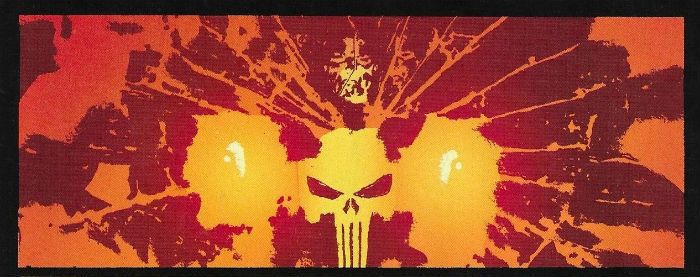 PUNISHER: FRANK CASTLE MAX by Campbell, Hurwitz, Loughridge & Petit
PUNISHER: FRANK CASTLE MAX by Campbell, Hurwitz, Loughridge & Petit
Okay there’s a bit more to it than that. Hurwitz takes a thoroughly well-worn set up and chucks in some grisly bits to give it some oomph. Among the gruesome touches on show are the fact that the women kidnaped by the drug traffickers are being returned stitched up like knock off teddies, Frank has to dig up a kid’s corpse and then dig a bullet out of said dead kid (which was particularly nice) and there’s a simply darling bit of business involving a pet shark. (Yes, a pet shark.) Unfortunately all that good work is slightly undermined by a few tricks nicked from substandard action flicks. It’s possible that on screen Frank’s charge through multiple sheets of drug glazing would work, but on the page it’s a bit listless. (But Campbell nearly makes it work visually, to be fair) And you’d have to be fourteen and merry on cheap cider to take the old throw-a-roll-of-coins-at-the-crane’s-controls-to-drop-a-heavy-thing-on-the-bad-guys bit seriously. It’s a bit too sub-Seagal to play is that part. However, there’s been some research done; or at least I think there has, I’m not going to check but apparently cat litter is used in the production of narcotics (and also for cats to do their cat business in, if the bad guys have an actual cat) and manufacturing narcotics is bad on your eyes and lungs. (Seriously the working conditions are appalling, someone should make it illegal.)
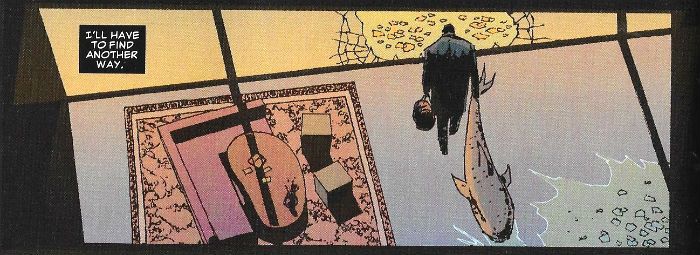 PUNISHER: FRANK CASTLE MAX by Campbell, Hurwitz, Loughridge & Petit
PUNISHER: FRANK CASTLE MAX by Campbell, Hurwitz, Loughridge & Petit
Oh, and in a weird sop to normal Punisher continuity it turns out that the Big Bad is Jigsaw. Jigsaw is Frank’s only(?) recurring villain because Frank is tough on his villains. I find Jigsaw a bit dull, personally. Jigsaw’s big thing is Frank fucked his face up. Other than that he’s just a bad man. Bit of a nutter to boot (i.e. his Jigsaw has some pieces missing!) This being MAX Jigster’s also a bit rapey, but mainly he’s just a “bad hombre” as your PoTUS might have it. There’s a lot of build up as to who the Big Bad will be and the payoff is dependent on visual punch, which is unfortunate as Campbell’s splash page reveal is of a man leaning over a desk with what looks like a sooty face. I thought it was maybe a new villain, “Sooty Face”, but no they were scars and it was just Jigsaw. Which is a problem with Campbell’s approach to art. Drawing over photo reference is all special and modern and that, but scars deform the surface of the skin around them; they aren’t just straight lines laid over a face. You can get away with drawing straight lines on a face if you are drawing everything from the ground up, because everything is obeying the same inherent visual laws, but just scribbling on someone’s face makes it look like someone has a face that’s been scribbled on, like they fell asleep during a frat party or something. But Campbell does do pretty well overall, even though his approach is not my favourite technique. He certainly knows how to balance his panels, which is super-important if you’re going to rely on the landscape format (see also: Goran Parlov). There’s some nice stuff going on, and the page where Frank is hidden in the patterns of a bush like a malevolent optical illusion is pretty great. And even a colour dunce like myself can tell that Loughridge knows when and how to make things pop. Both here and in Welcome To The Bayou Loughridge artfully displays the blunt impact of the solid red backround beautifully. Girls In White Dresses is GOOD! But really, for the price of the TPB you could probably pick up Don Winslow’s Power of The Dog and The Cartel, which together do the whole America/Mexico drug thing but with the sweep of Ellroy’s American Tabloid while also managing to mix in some historical veracity along with the pantomime machismo.
SIX HOURS TO KILL PUNISHER: FRANK CASTLE MAX (AKA PUNISHER AKA PUNISHERMAX) #66-70 Art by Michel Lacombe Written by Duane Swierczynski Coloured by Val Staples Lettered by VC's Cory Pettit Covers by Dave Johnson The Punisher created by John Romita Snr, Ross Andru & Gerry Conway Marvel©™®, $3.99 (2009)
Here we have Frank plugged into the Race Against Time trope. Children will be familiar with this from the timeless Crank sequence of movies (Crank (2006), Crank 2: Crankier (2009) and Crank 3: Crankiest (in production)), adults will know it from Speed (1994) and Speed 2: Cruise Liners Aren’t Very Fast (1997) and the elderly will, after much prompting, recall DOA (1950; remade 1988). I Imagine it was meant to be a very cinematic outing this one, but as is usual with such comics it just made me want to go on an outing to the cinema. I guess Swierczynski panicked a bit because it’s far too overstuffed for the simple premise. And such premises thrive on simplicity. Consequently what should zip swiftly along kind of lumbers stolidly towards a not entirely convincing denouement. (I have always wanted to use the word “denouement”; I can die happy now.)
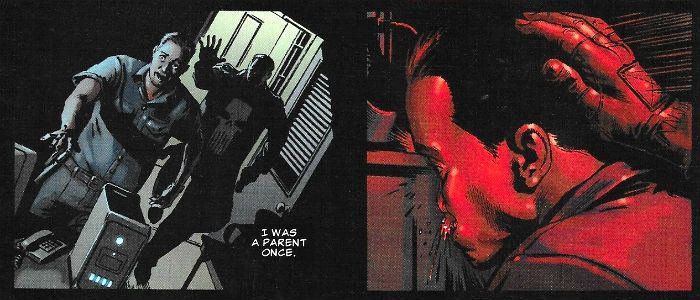 PUNISHER: FRANK CASTLE MAX by Lacombe, Swierczynski, Staples & Petit
PUNISHER: FRANK CASTLE MAX by Lacombe, Swierczynski, Staples & Petit
A quick peek behind The Wizard’s Curtain: I don’t tend to write these things with the actual comics to hand; I have to snatch time where and when I can and smoosh it all together later, hoping I pick up on repetitions and inaccuracies. And to be quite frank (hohoho) I’m struggling to remember the intricacies of this particular plot. Start the clock and let's go: There’s a mayor whose future is threatened because his cousin in law has been running a kids home as a paedo pick’n’mix (and this shows how long ago this comic was written; today politicians can set kids on fire in full public view and then mount the still twitching corpse and people will just shrug and say, yeah, but, immigrants, yeah but, dole scroungers, yeah but, my house isn’t on fire, yeah, but Gogglebox is on, yeah? Remember when politicians used to resign? When was the last time a politician resigned? About an hour ago should be the right answer, but it isn’t. Whatever happened to accountability? Oh, John! You’re such an old-fashioned chap! Get on your penny farthing, granddad, and fuck off back to the past!) Er, so some rich dude who is in the mayor’s pocket (or who has the mayor in his pocket) decides to off the mayor to avoid being torpedoed with him, and he chooses to use Frank Castle, so that no one else gets covered in shit when the mayor goes down.
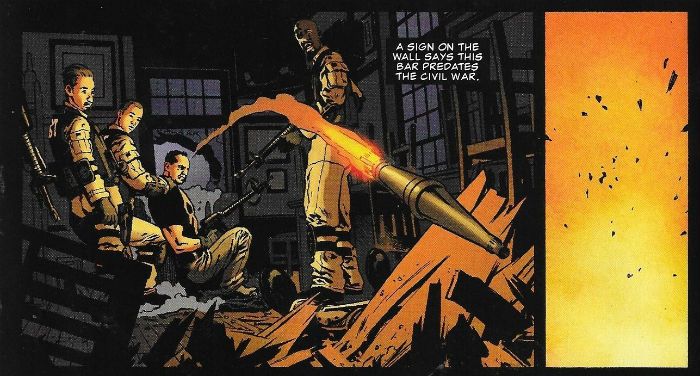 PUNISHER: FRANK CASTLE MAX by Lacombe, Swierczynski, Staples & Petit
PUNISHER: FRANK CASTLE MAX by Lacombe, Swierczynski, Staples & Petit
So there’s this rich dude, his sex addled sister, a brain wrecked ‘Nam vet cum-politico and a techy geek who injects Frank with a drug which will kill him in six hours - unless he offs the mayor there’s no antidote for Frank. Then, amusingly, Frank immediately goes off message and tries to maximise his kills given his time limit and the amount of ground he can cover in that time. That was genuinely pretty funny and really caught the monomania of the character. Almost funny enough in fact to distract from the fact that if they’d just let Frank know the mayor was up to his nuts in kiddie fiddling then Frank would have given them a freebie, you know, without all the magic drug farting about. Anyway, then there are these ex-cops who pretend to be real cops so they can off Frank (because Frank doesn’t kill cops) but Frank senses they are not real cops, but, wait, there are also real cops after Frank, and so Frank has to stop these cops dying when they get caught in the crossfire with the fake cops or it might be some angry gangbangers. I can’t really remember, but there were...shriners? And maybe some put-out girl scouts, and maybe some Japanese soldiers who had been hiding in a hot dog stand in Times Square unaware the war had ended? It’s all gets a bit silly. Yeah, I know it's The Punisher, but there's silly and then there's just silly. And this ends up just silly. Just that bit too goofy for me, I guess. Lacombe does well though, given the overly large cast there's a total lack of confusion, and he handles the set pieces well; they have a real sense of space and an admirable clarity of staging. The only real clanger is when people have multiple facial contusions it looks more like they are sporting a tasty crop of boils. It's a pretty good art job though, not unreminiscent of Cannon and Ha's work on Alan Moore's Top Ten. But, you know, with a shit ton more violence and implied fellatio. Aw, it was OKAY!
WELCOME TO THE BAYOU PUNISHER: FRANK CASTLE MAX (AKA PUNISHER AKA PUNISHERMAX) #71-74 Art by Goran Parlov Written by Victor Gischler Coloured by Lee Loughridge Lettered by VC's Cory Pettit Covers by Dave Johnson The Punisher created by John Romita Snr, Ross Andru & Gerry Conway Marvel©™®, $3.99 each (2009)
This one is just junk. Unapologetic trash. Just...trash. It’s great. Basically, and I do mean basically, it involves Frank wandering into a ridiculous Frankensteinian patchwork of grindhouse horror movies. There’s a bunch of spring breakers who make a fateful pit stop , a cannibalistic family , a giant gator, a deformed nutter in bib overalls with a sack on his head, bbq cannibalism and probably a whole bunch more of such sophisticated cinematic concoctions I failed to pick up on. It’s not exactly spiritually enriching stuff. In short it’s trash as I said above. Crucially, though, it’s well done trash. Sure there’s much flagrant mugging of other people’s ideas, but it’s so blatant it’s kind of disarming, and they reconfigure everything into at least a semblance of freshness: things take a neat early twist with Frank outclassing his congenitally evil enemies to the extent that expectations become upended, and he seems the monster and they the prey. But sure as eggs is eggs genre will out, and it quickly reverts back to factory settings. It’s brutal, tasteless stuff with a light comedy glazing, all given the appropriate tone of flip goonery by Parlov’s sure handed blend of ludicrousness and realism. Frank himself looks more like a raybanned update of Carl Critchlow’s Thrud The Barbarian than anything that ever drew breath in reality. And the way Parlov controls the pacing and flawlessly connects with the jump scares is evidence of genius at play on the page. Sure, the outcome of the story might never be in doubt, but Parlov & Gischler consistently give your expectations a good hard Glasgae kiss. Ayup, Frank sure has to jump through some (Tobe) hoop(er)s in this one. Welcome To The Bayou knows what it is and runs headlong with it into a secluded thicket of VERY GOOD!
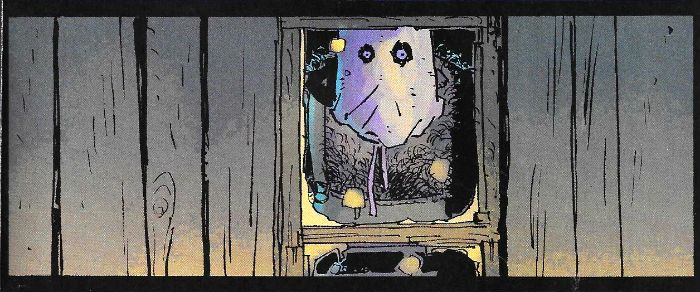 PUNISHER: FRANK CASTLE MAX by Parlov, Gischler, Loughridge & Petit
PUNISHER: FRANK CASTLE MAX by Parlov, Gischler, Loughridge & Petit
Weirdly, despite its obvious borrowings the only movie anyone mentions in the story is Deliverance, which is aiming a bit high since that was written by the poet James Dickey and not, say, Ray Garton. Mind you, despite Deliverance being written by the 18th United States poet Laureate, most people do tend to remember it as just a classy survivalist flick. That’s folk for ya. What a lot of people who’ve seen Deliverance don’t know is that Dickey saw active service in both WW2 and the Korean “Police Action”. Maybe the nascent poet, awaiting his next nightfighter mission, propped his ass on a crate and uncurled a battered paperback of Punisher-esque he-man nonsense. I like to think so, and I'm sure the current purveyors of he-man nonsense considered above would echo that sentiment.
6) Concluding Remarks:
In the future no matter how advanced we as a species become somewhere there will be a man scratching his ass and smelling his fingers. And there's probably some value in that.
NEXT TIME: Will it be a message from a freshly birthed Socialist Utopia or the same quasi-fascist and morally diseased Selfish State? Either way it'll involve - COMICS!!!




